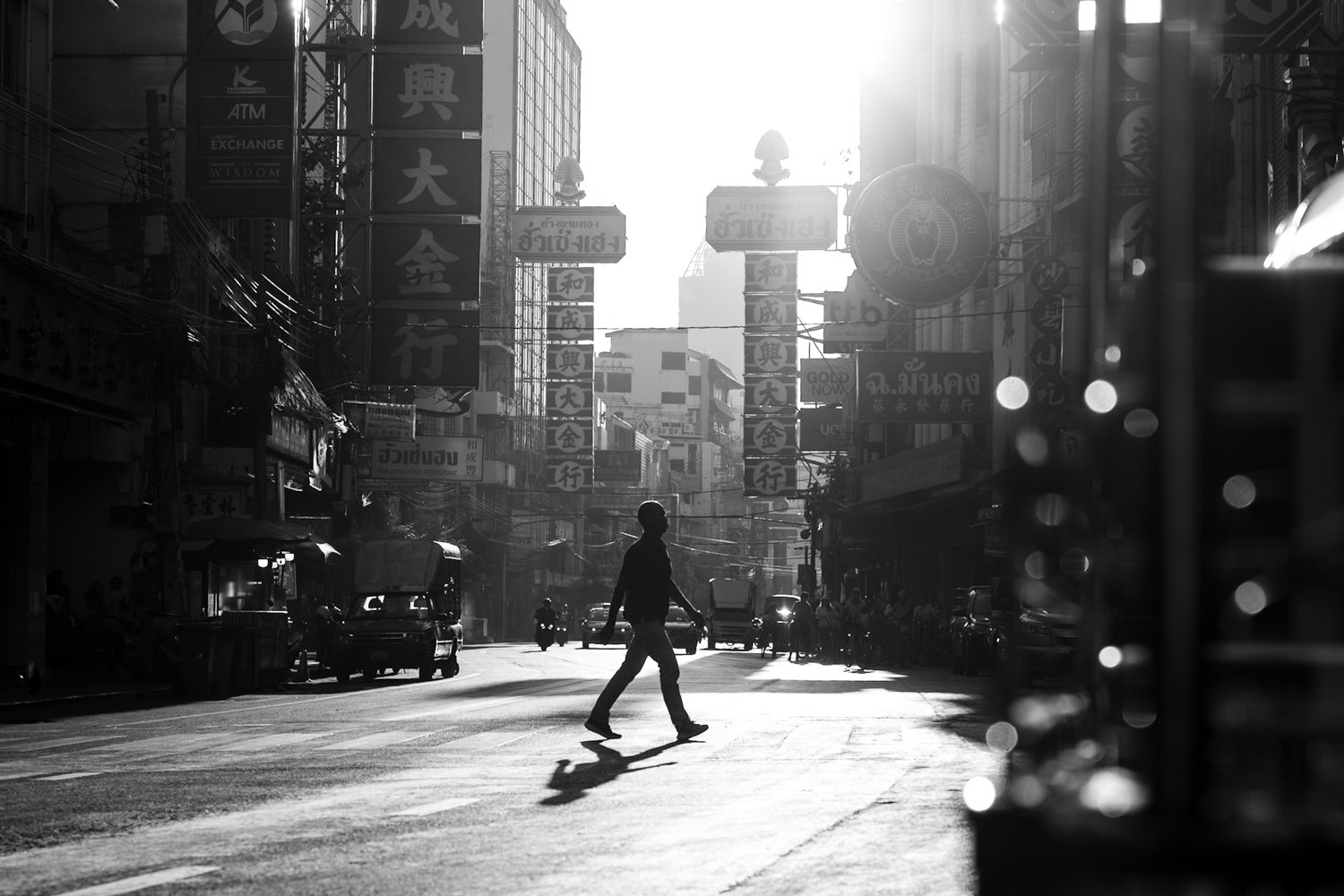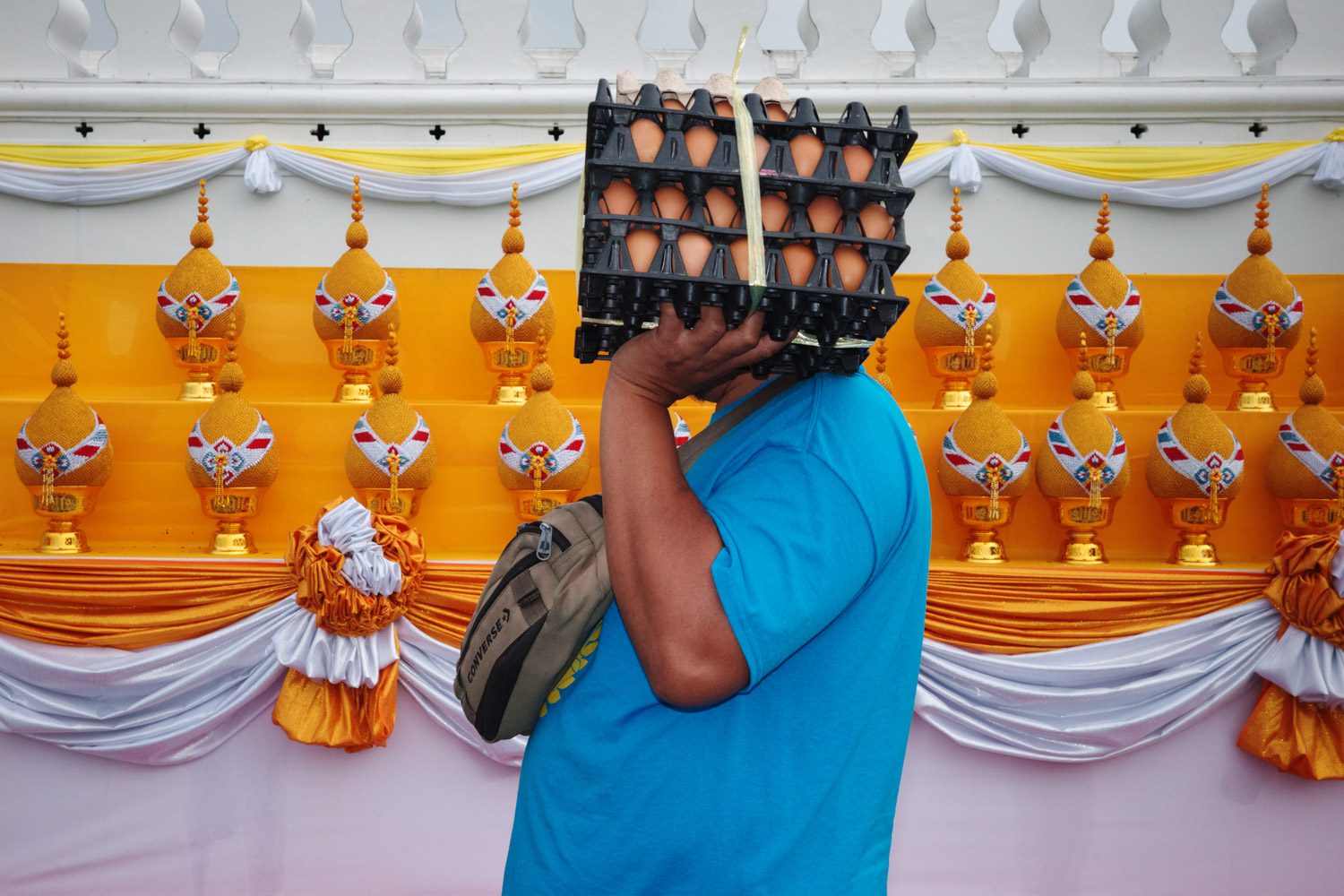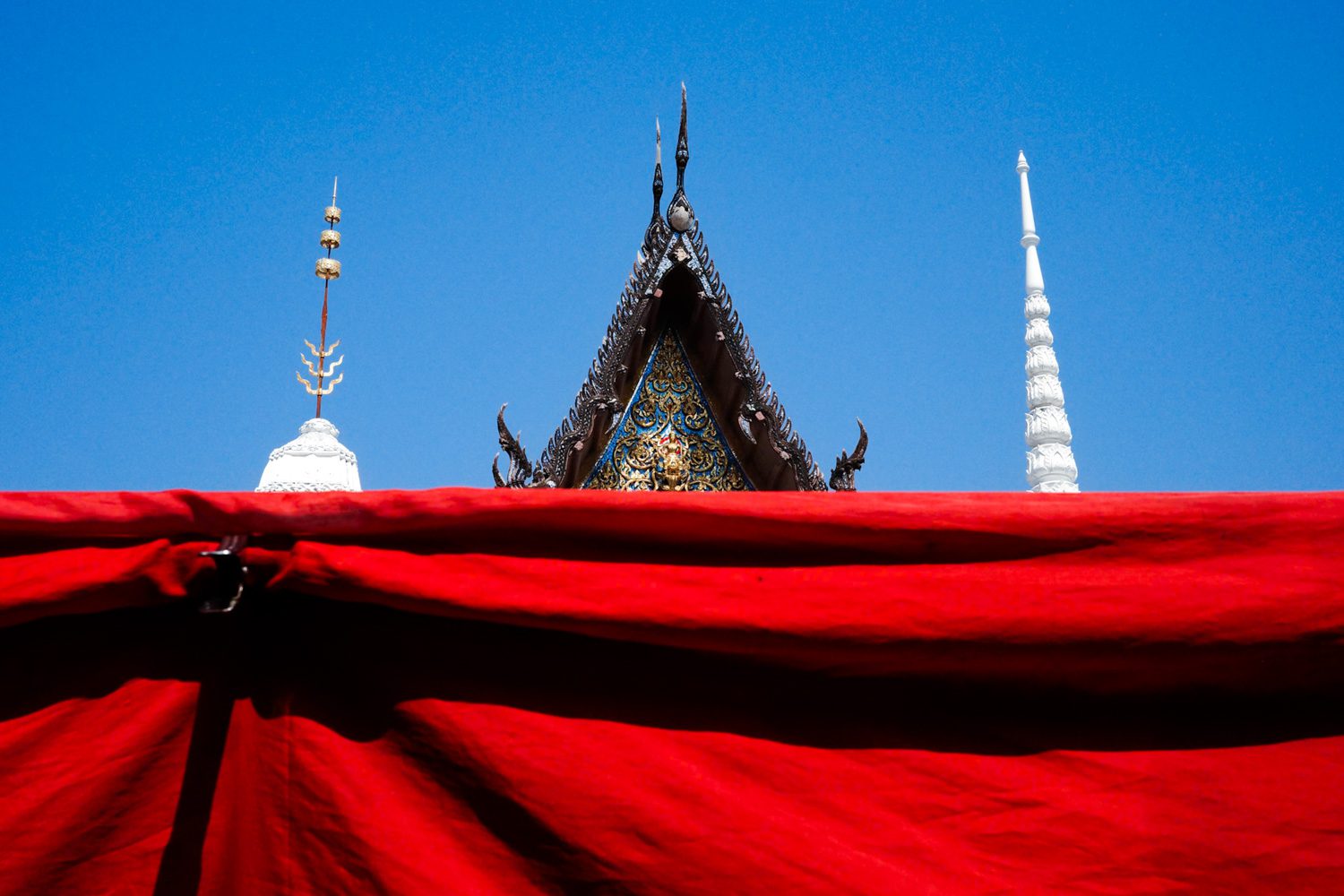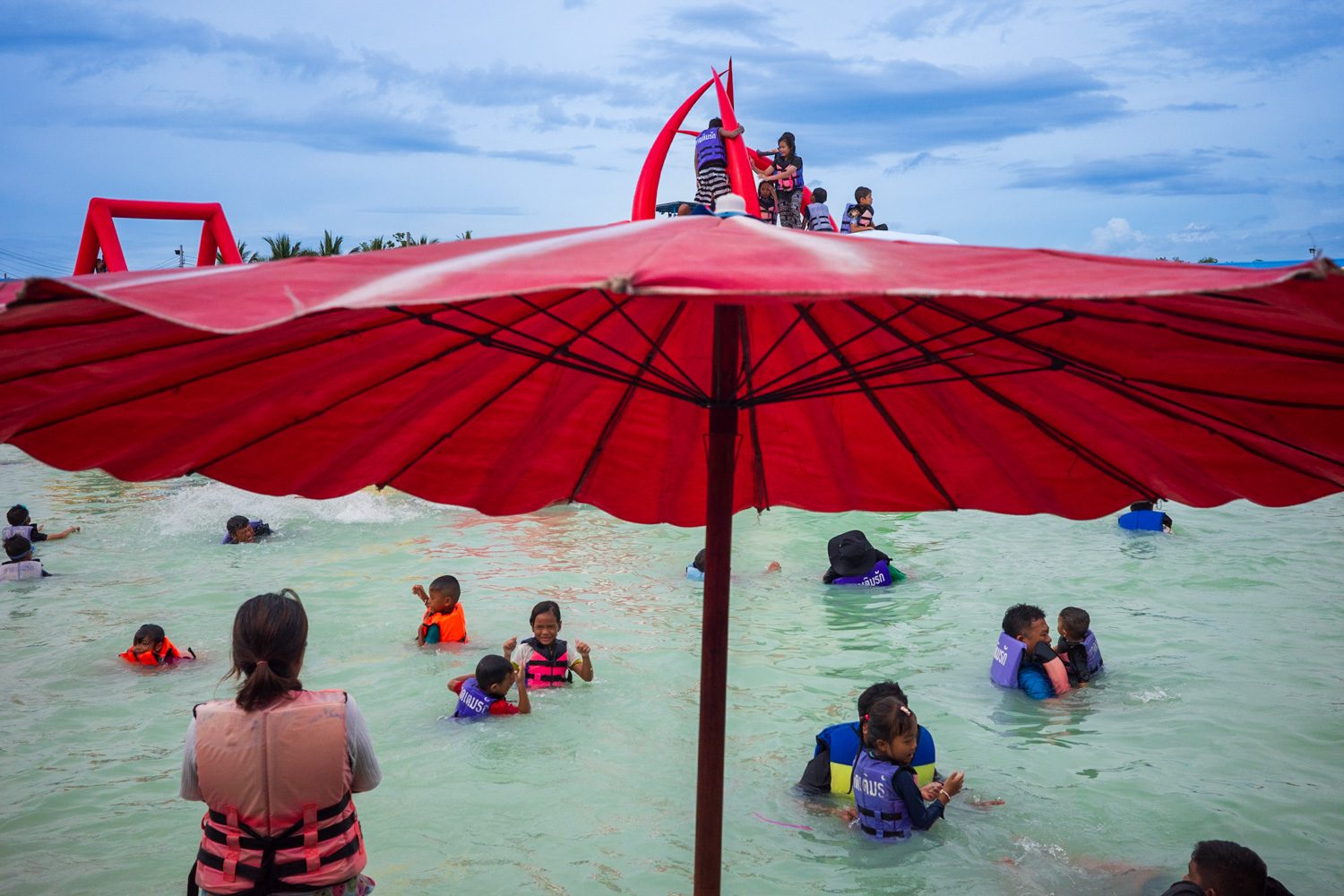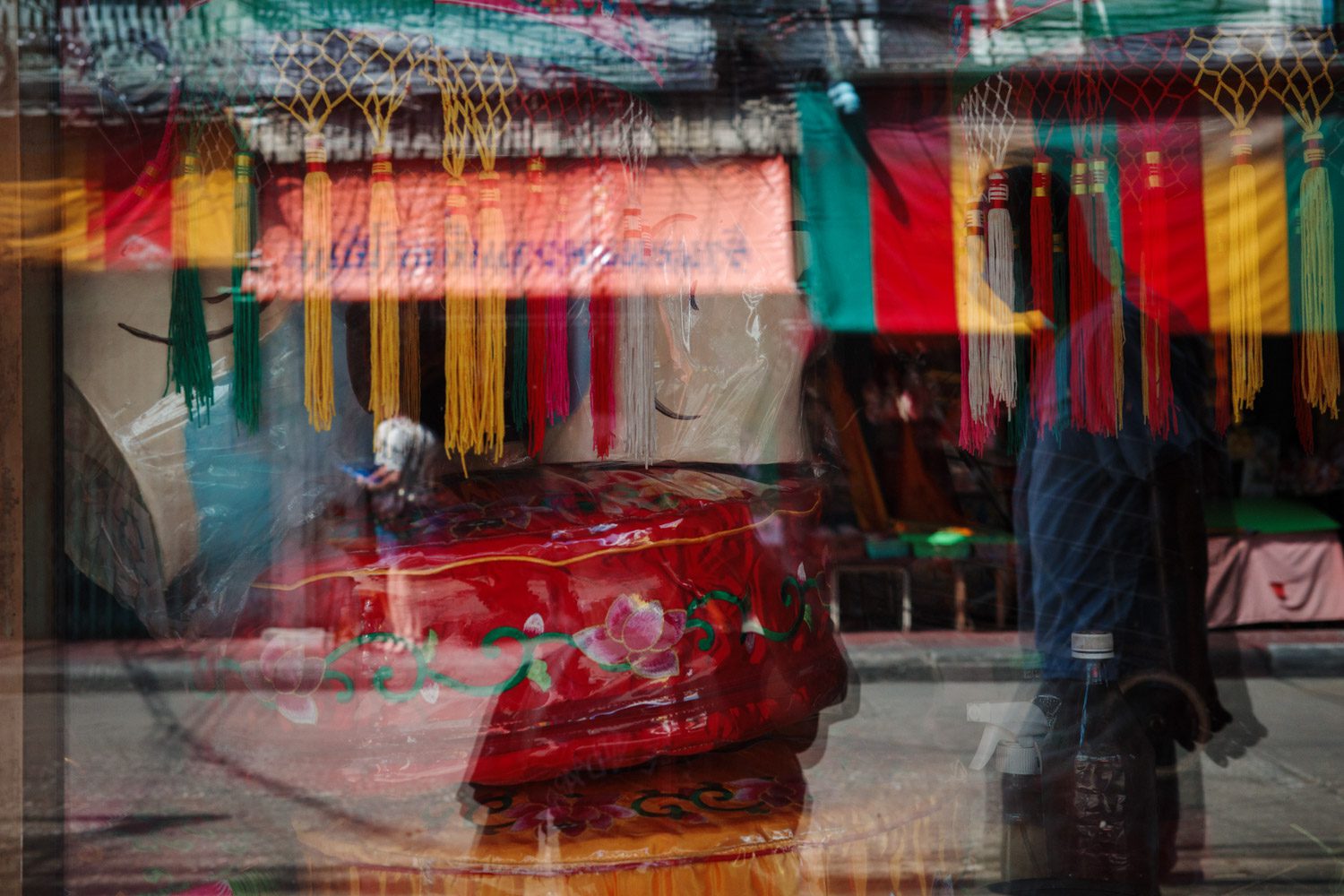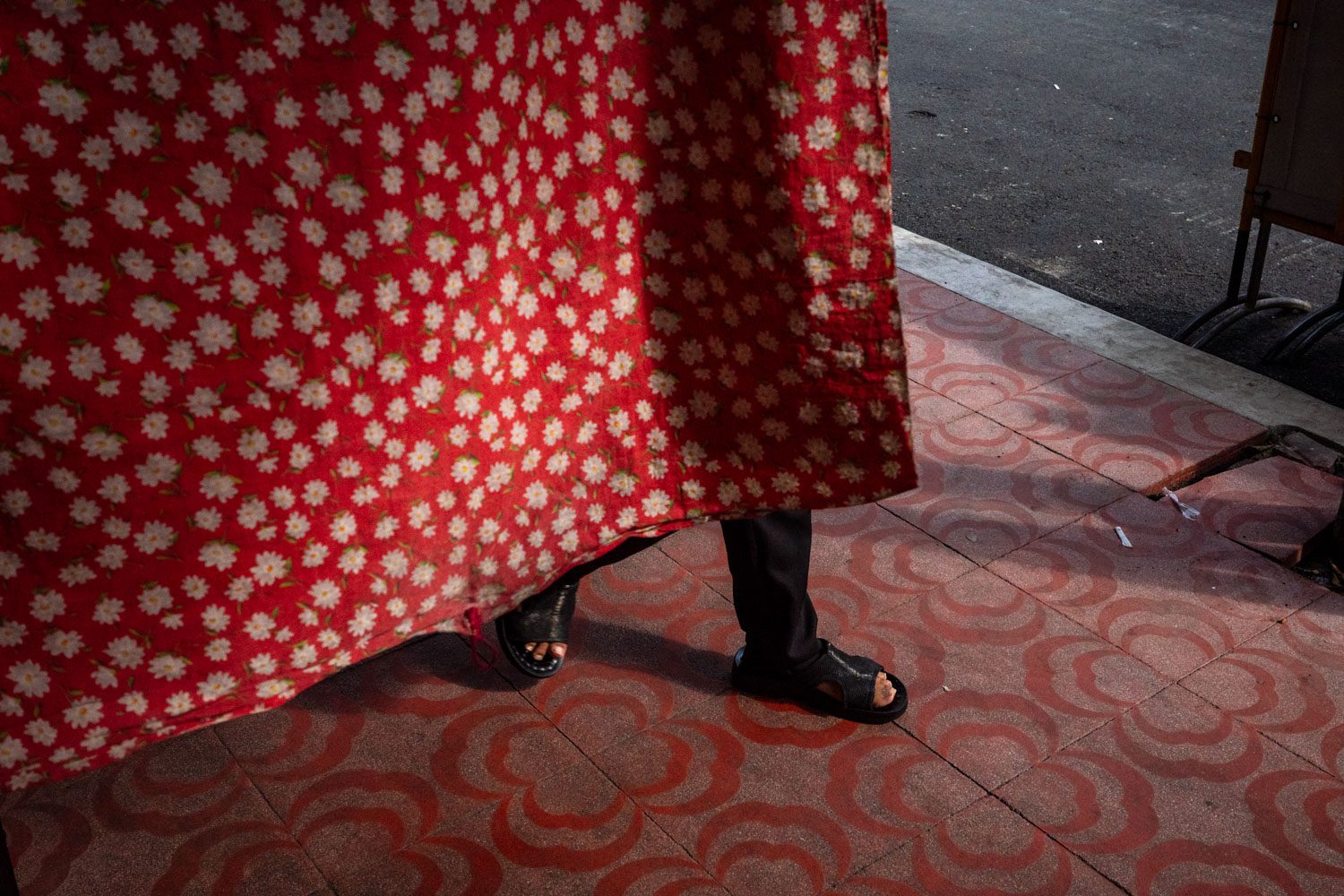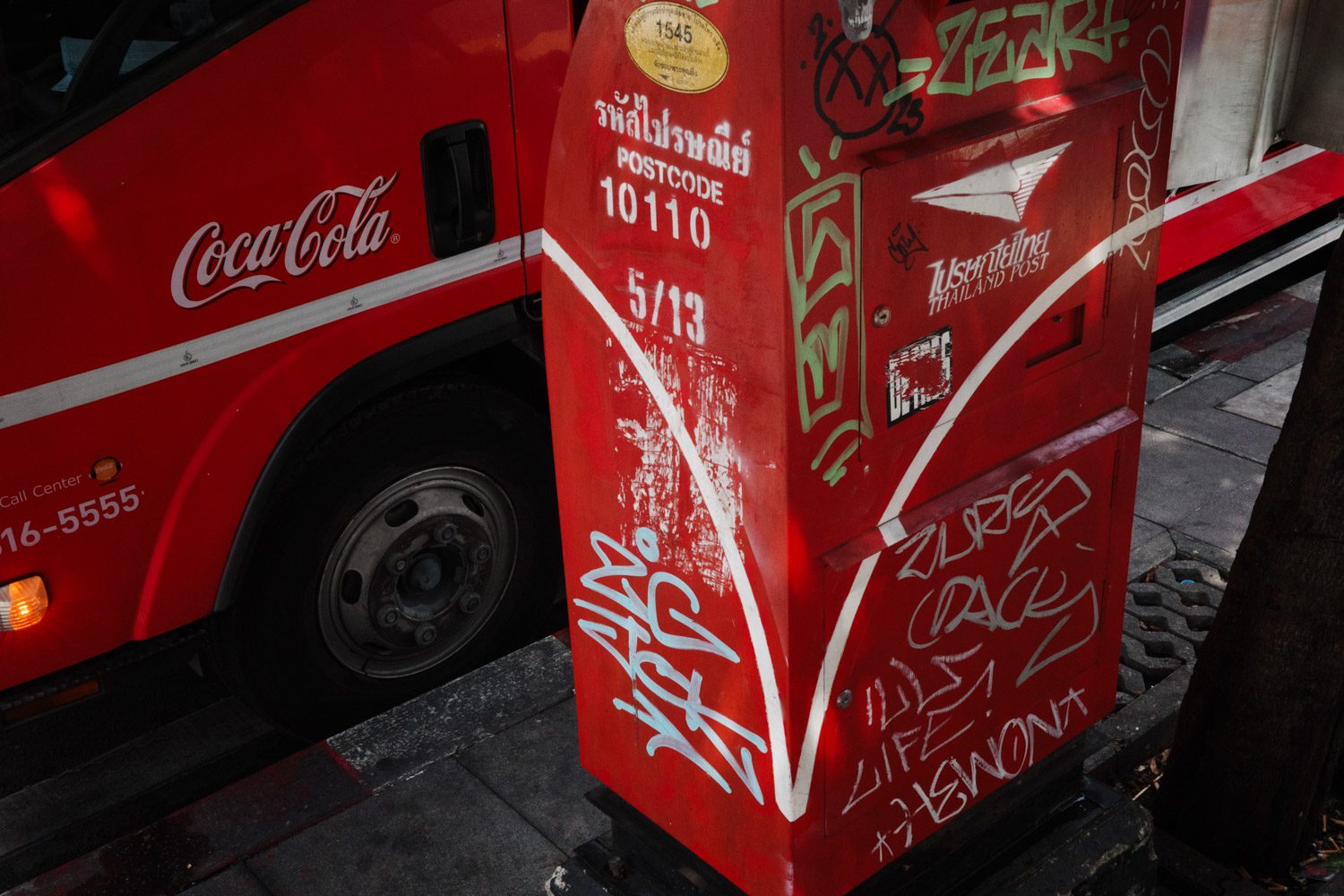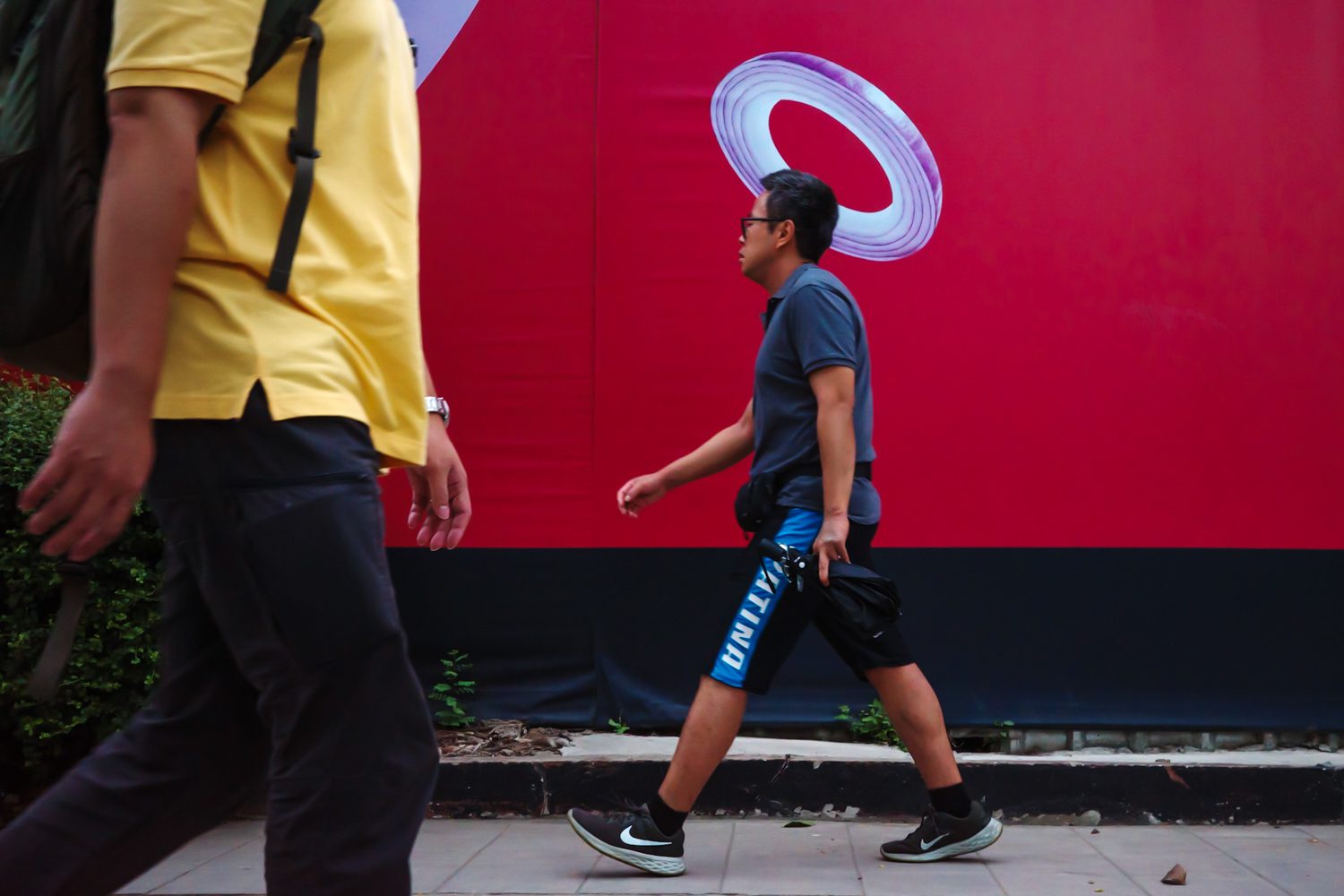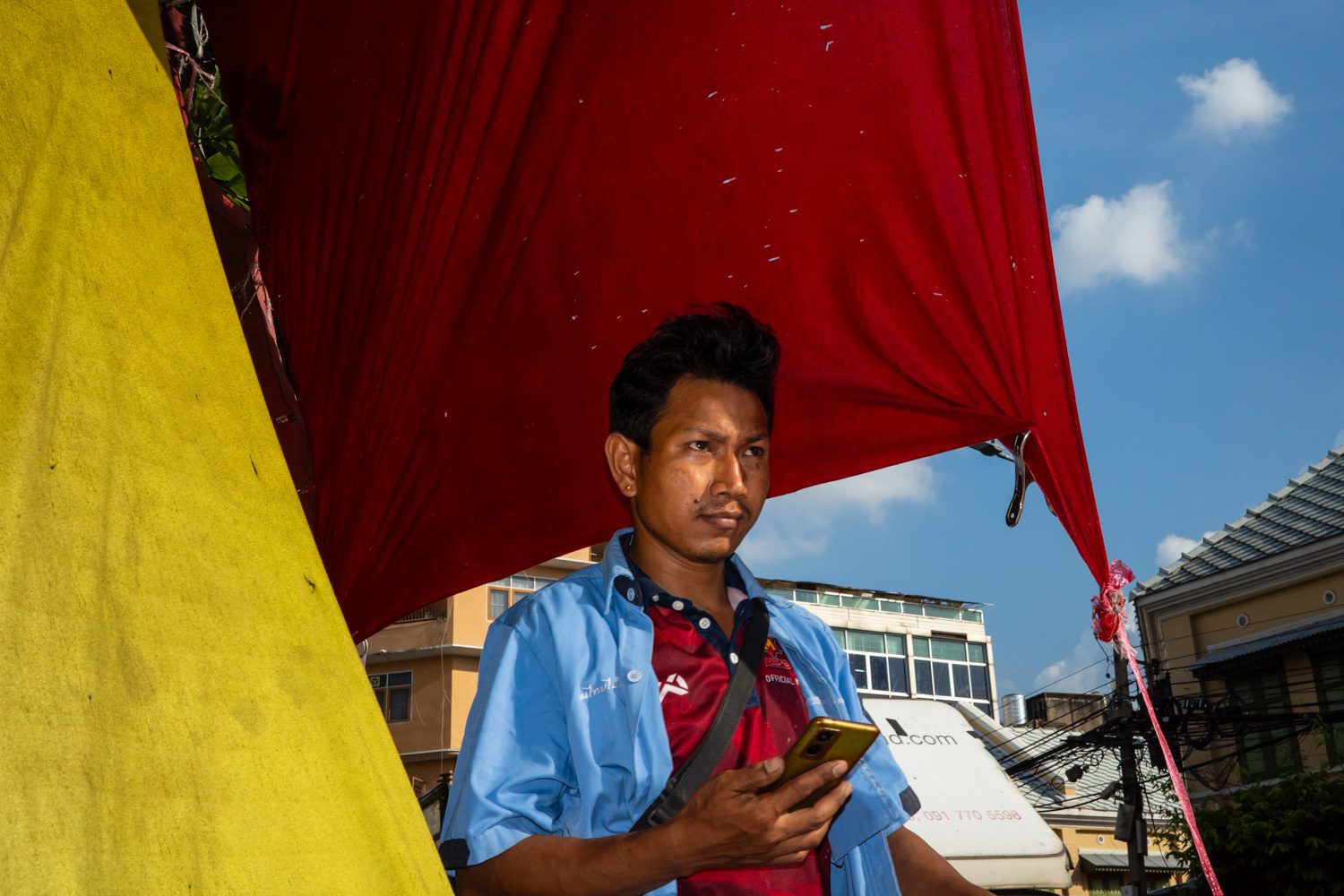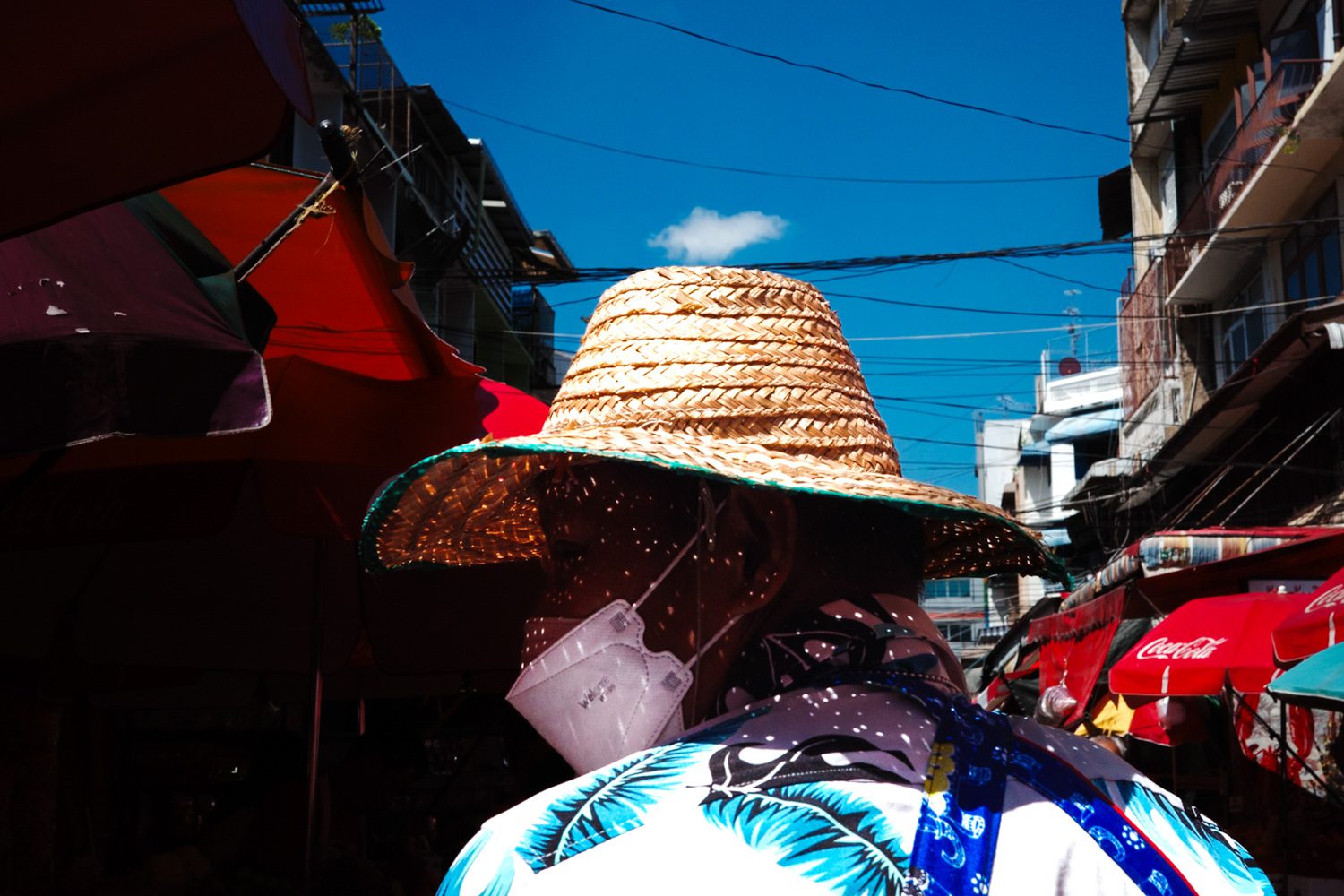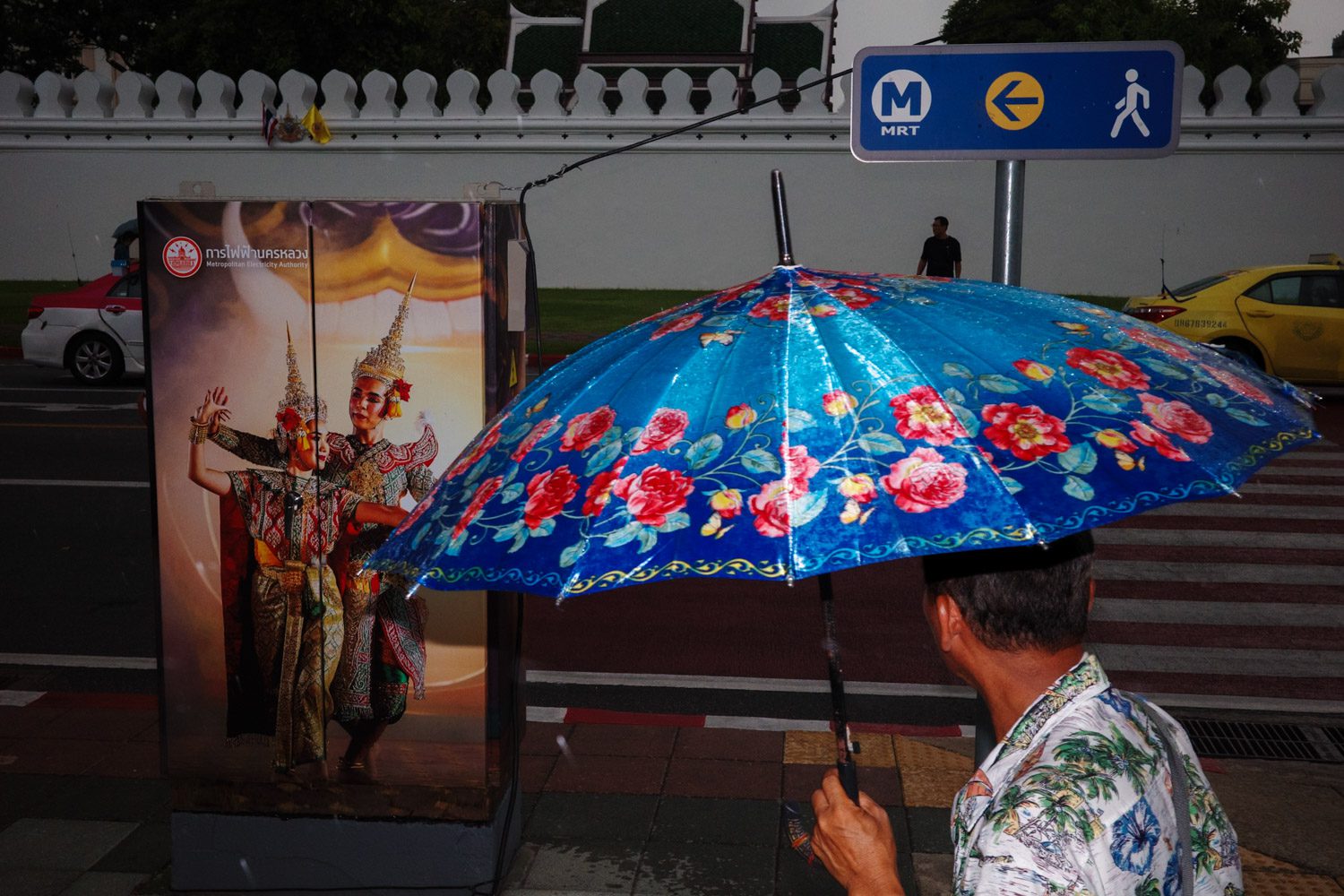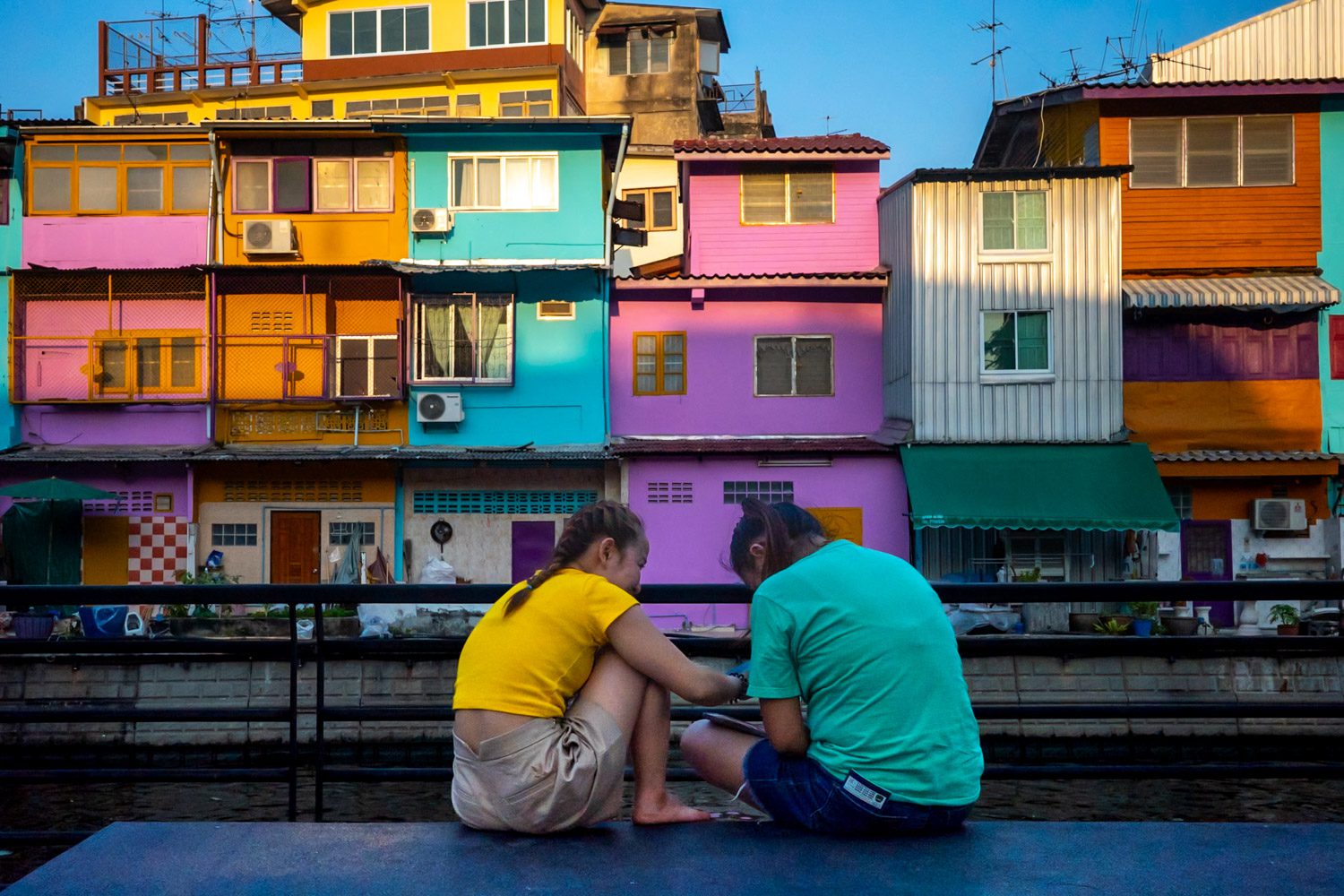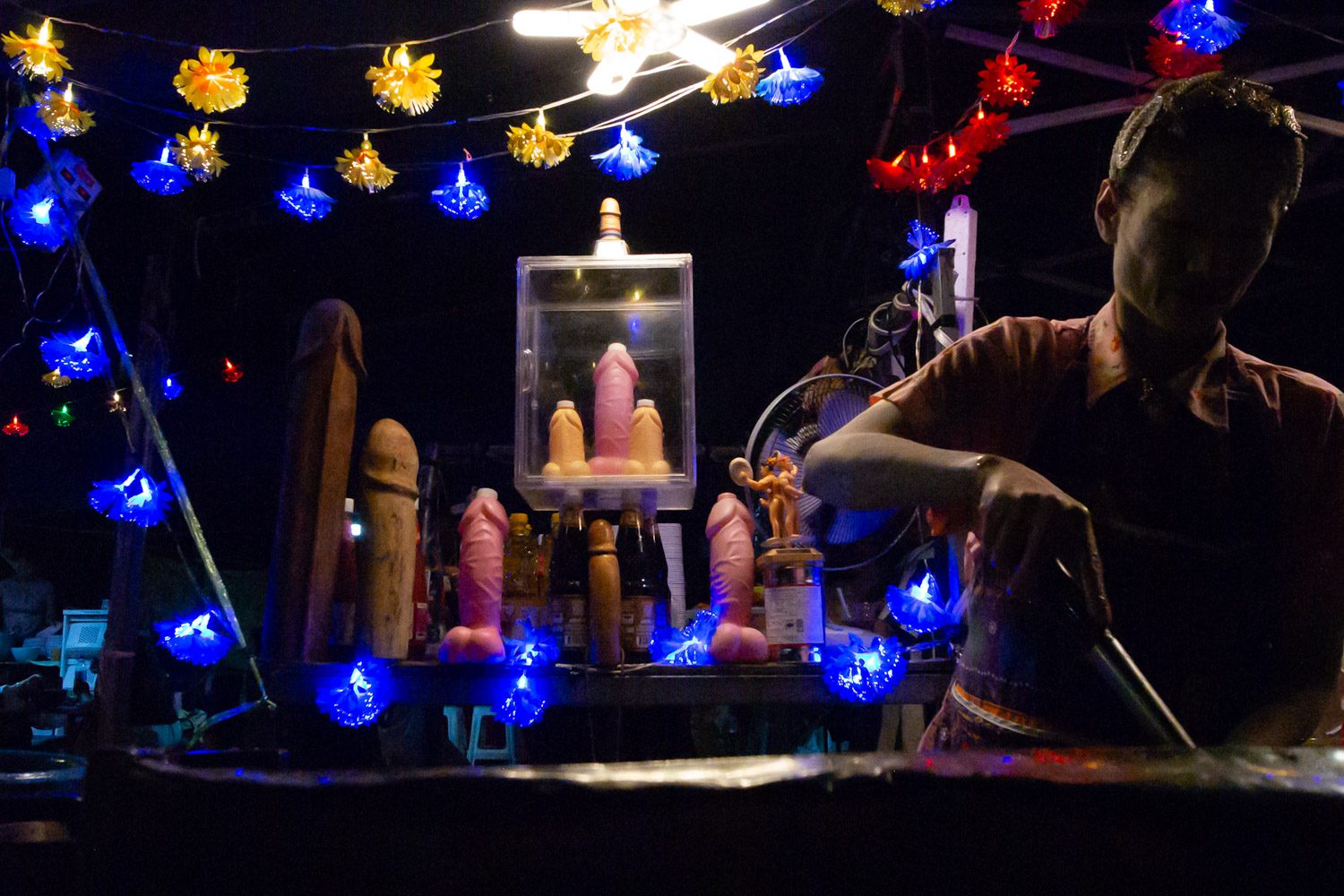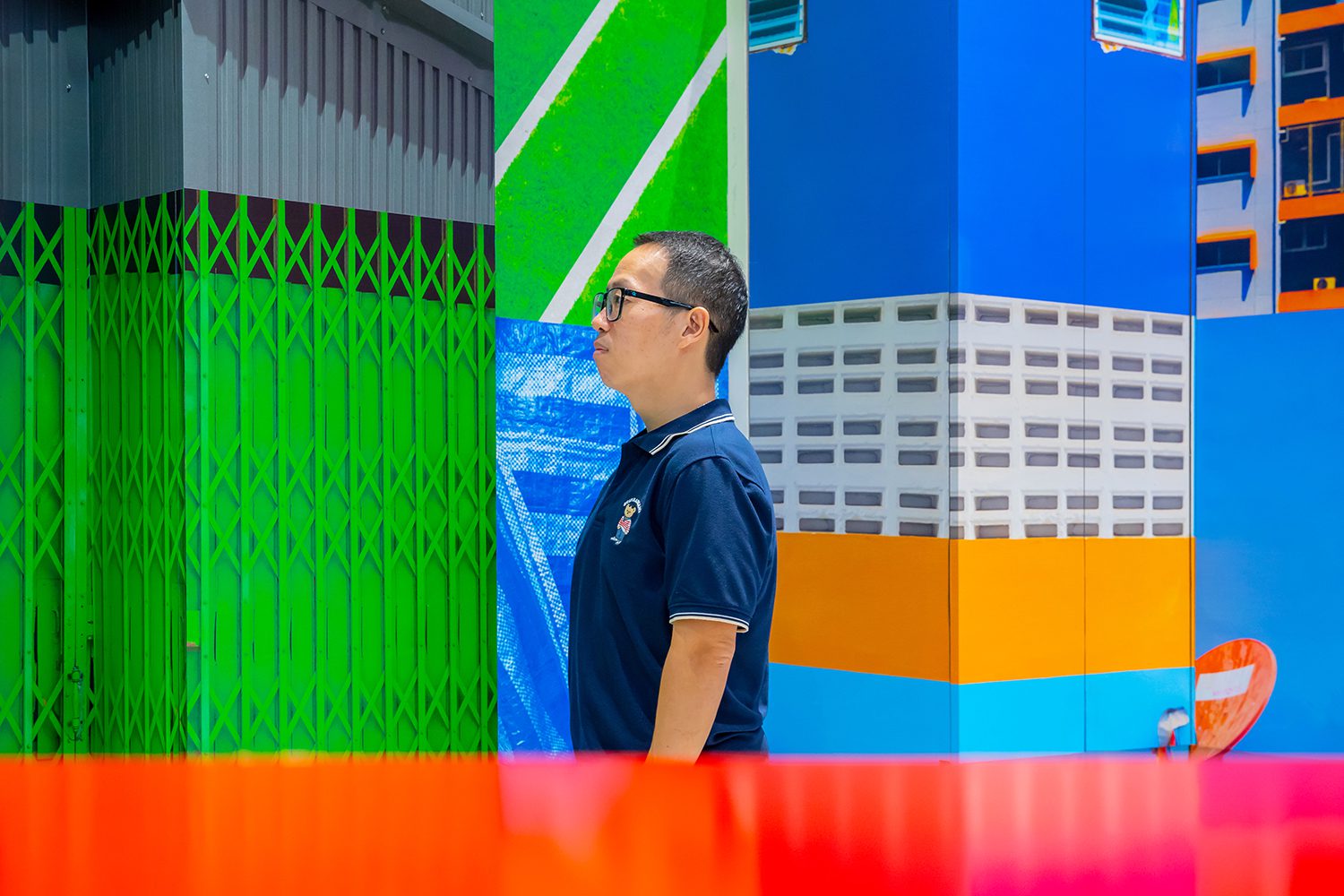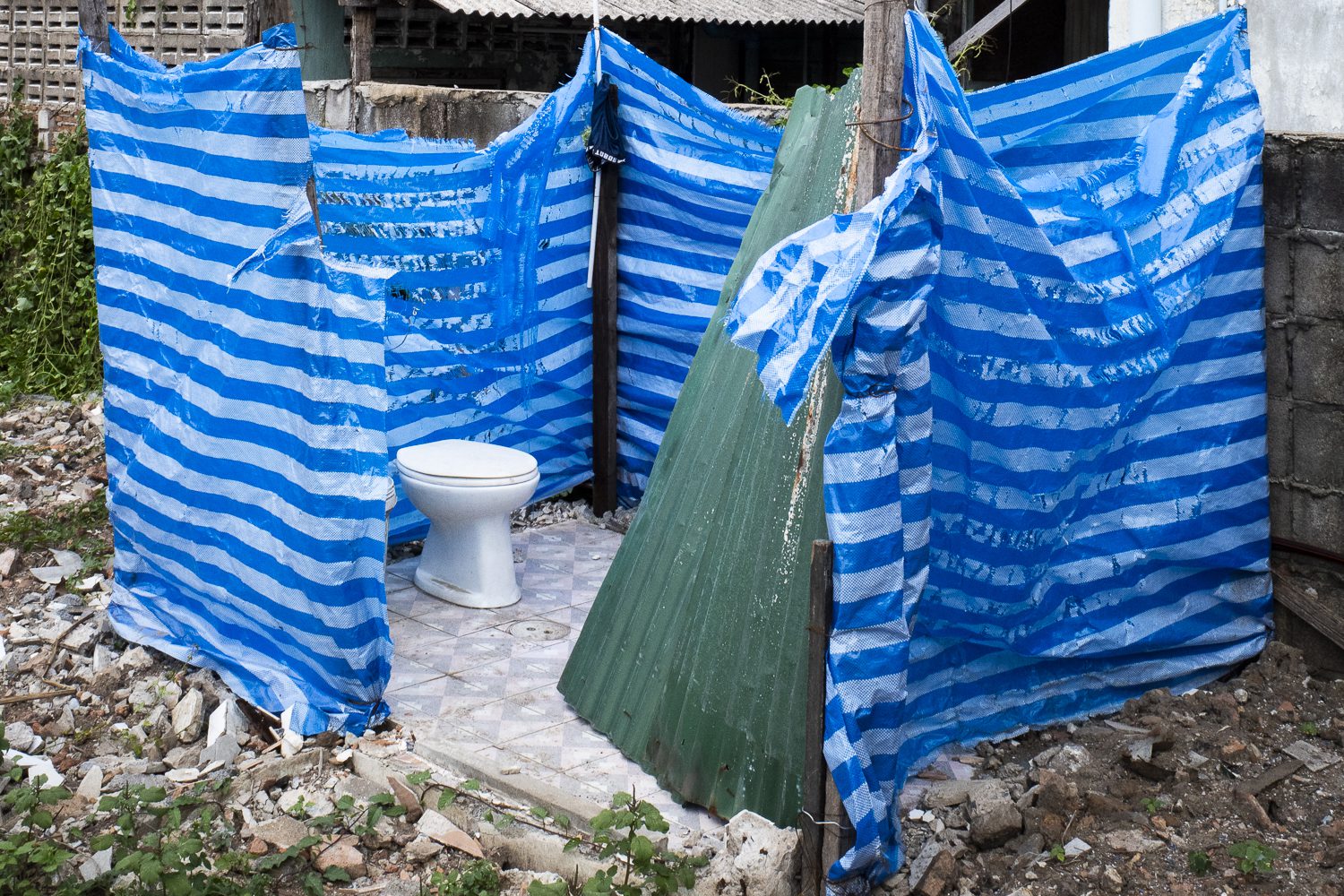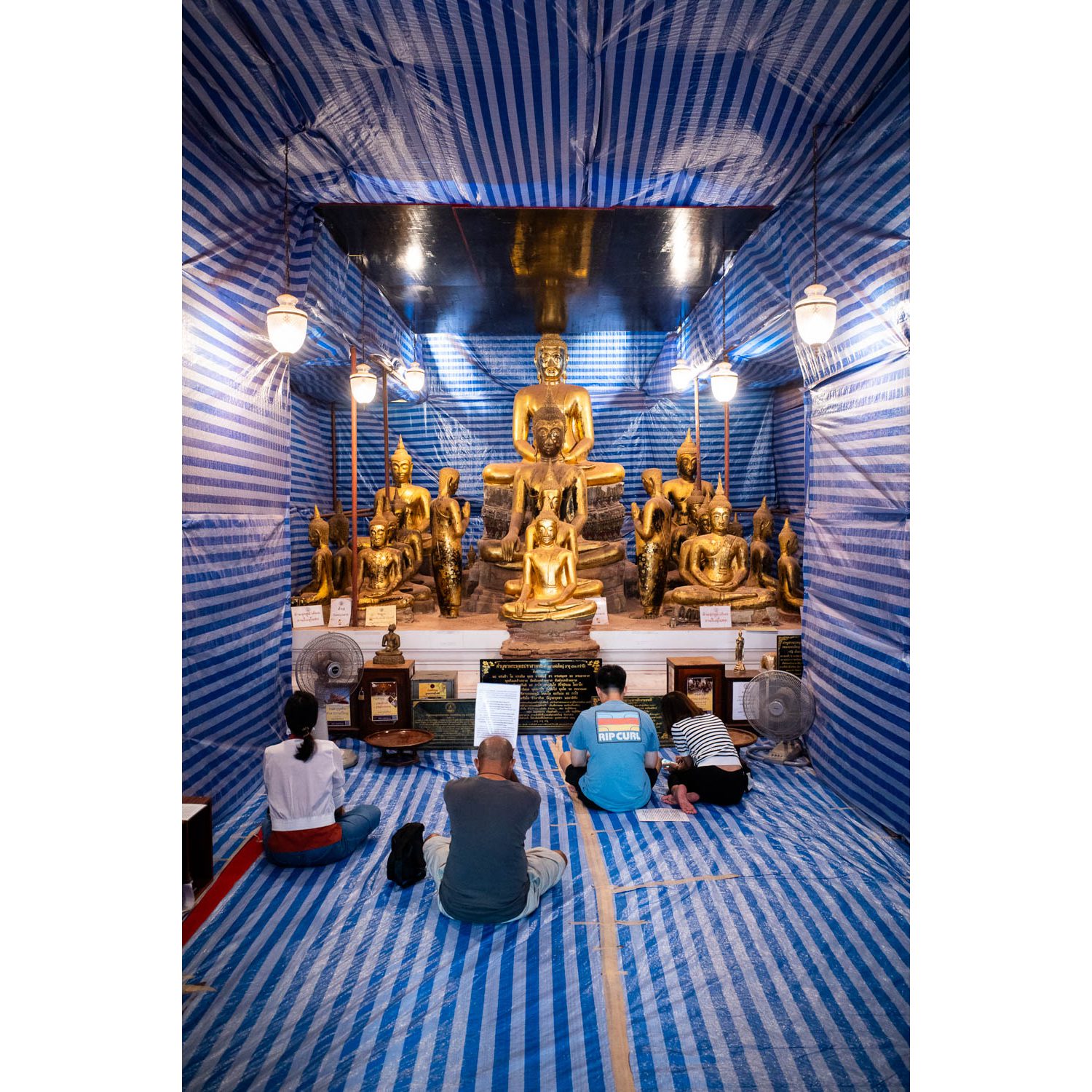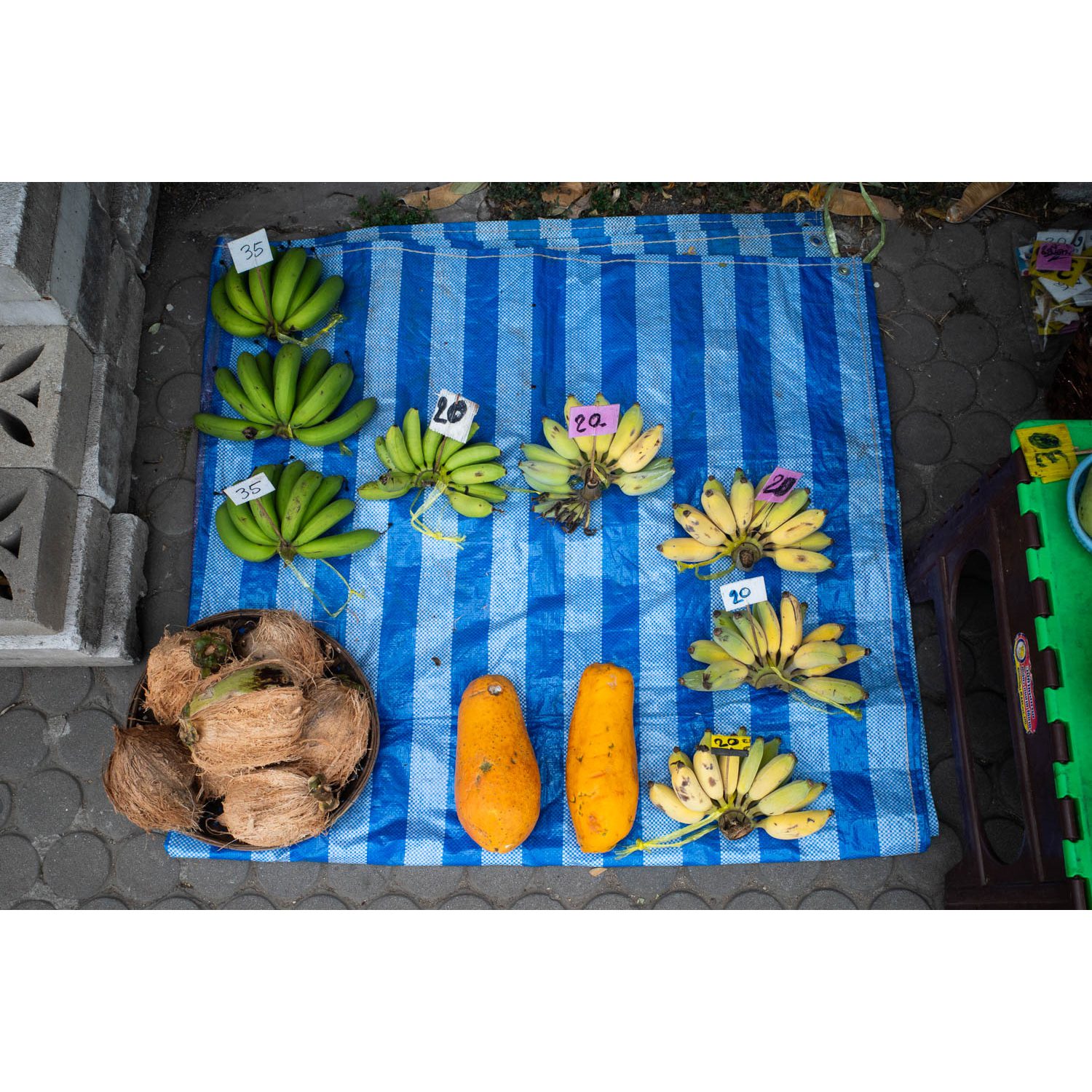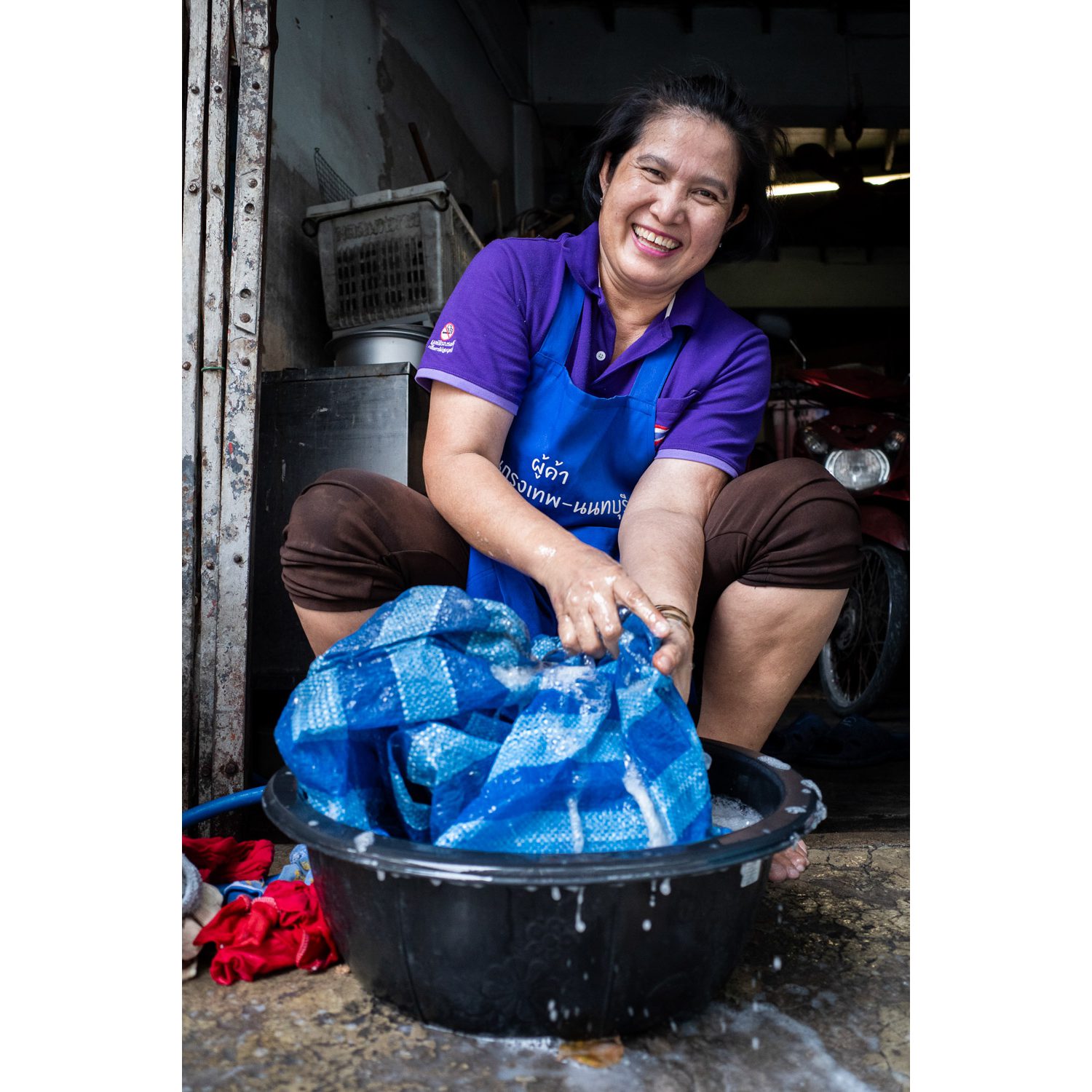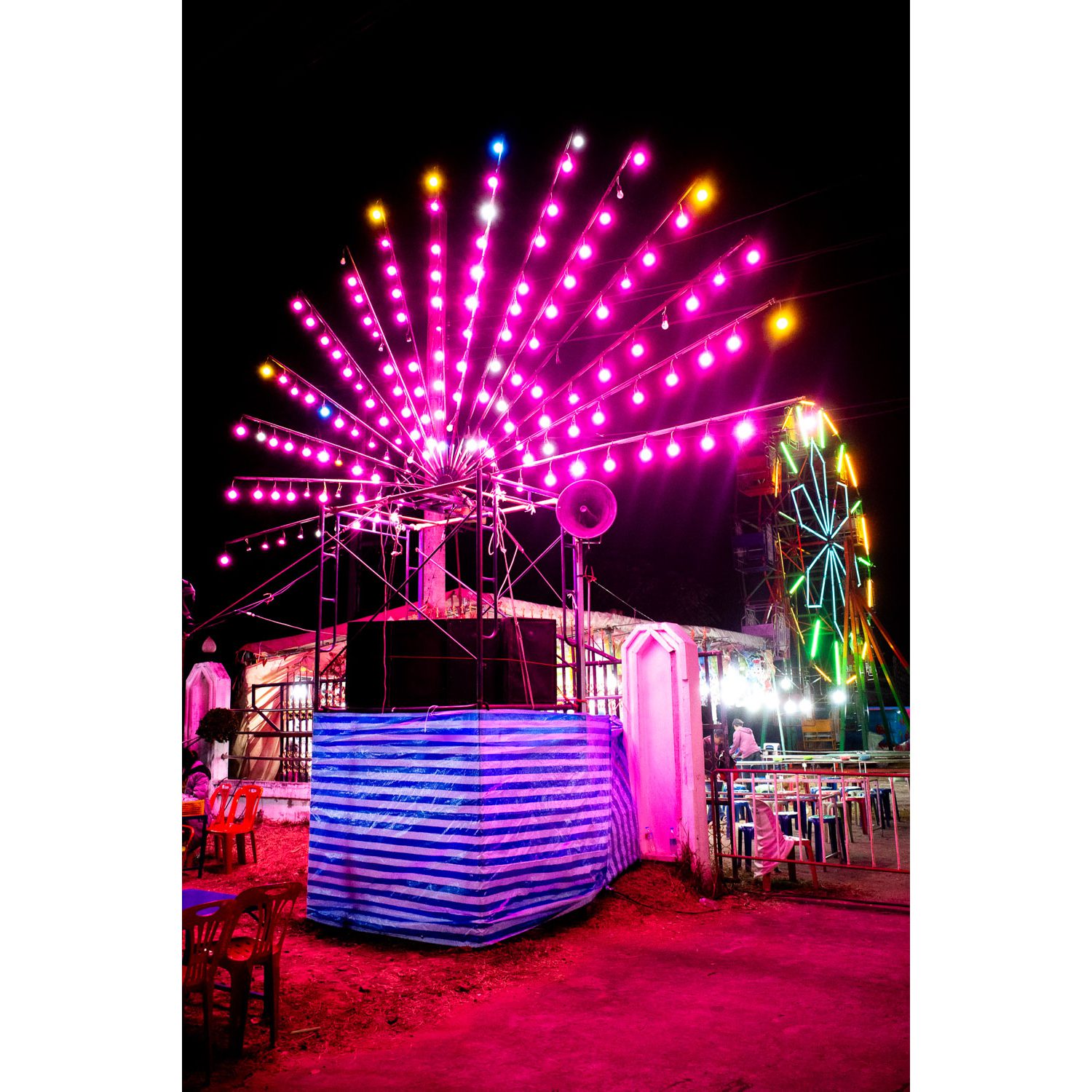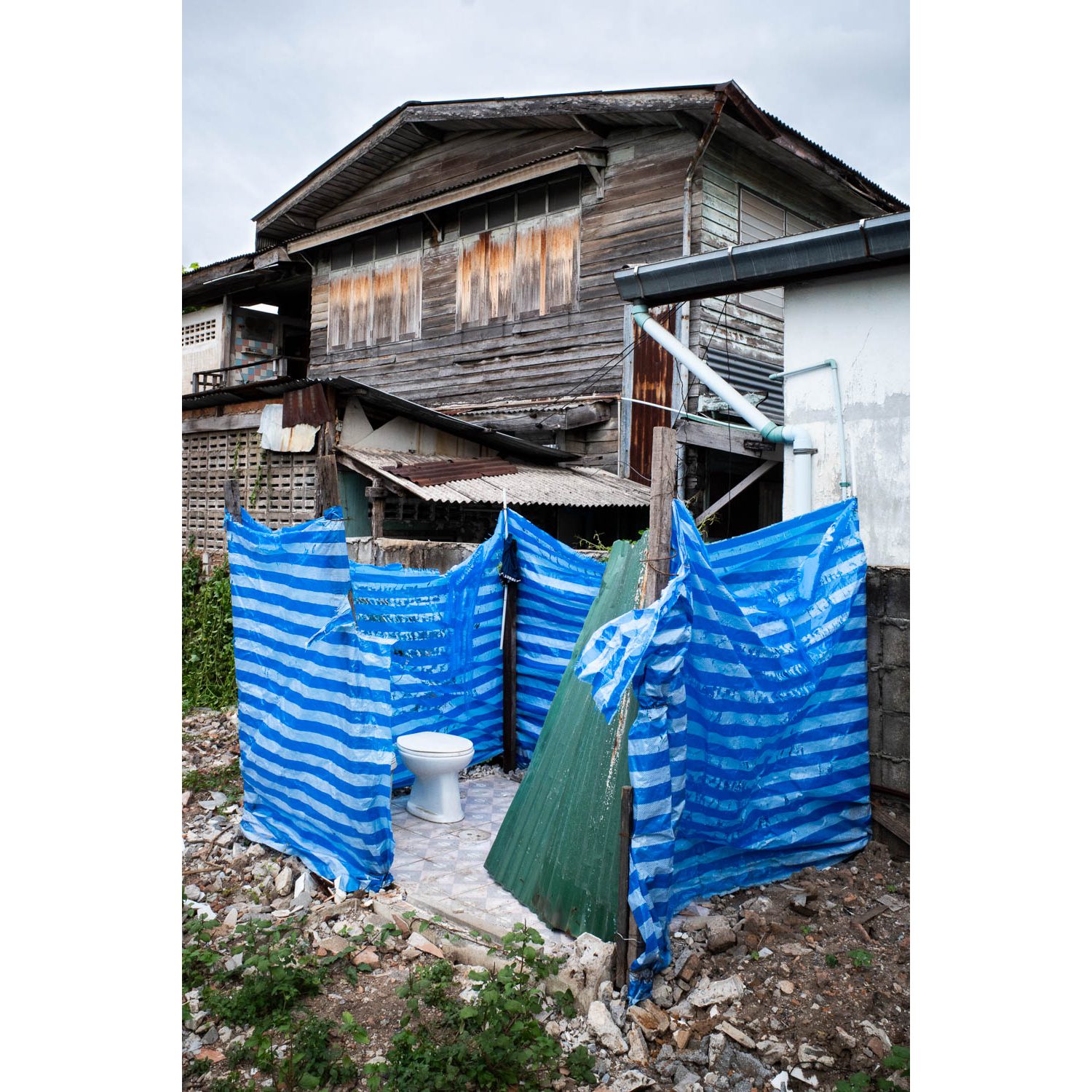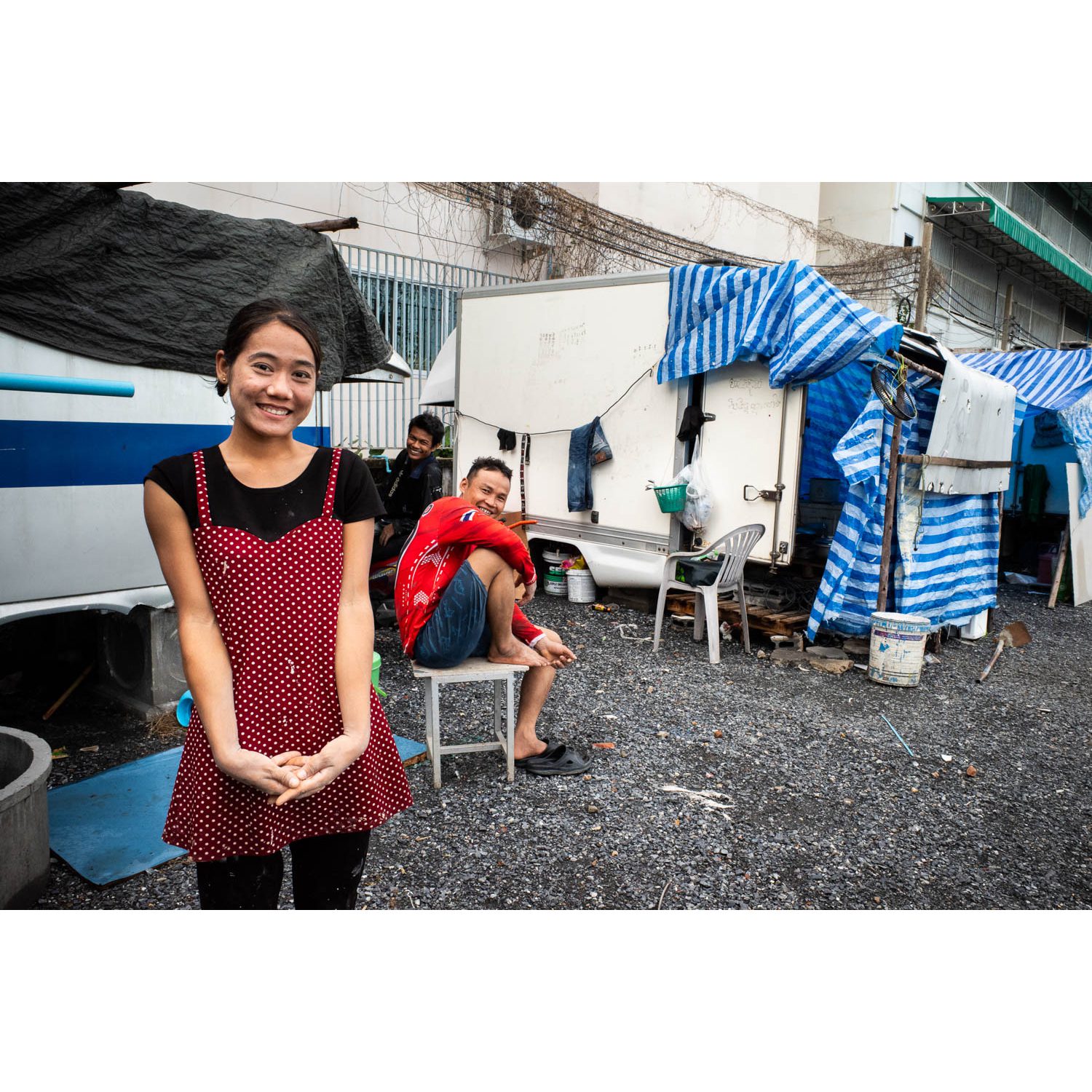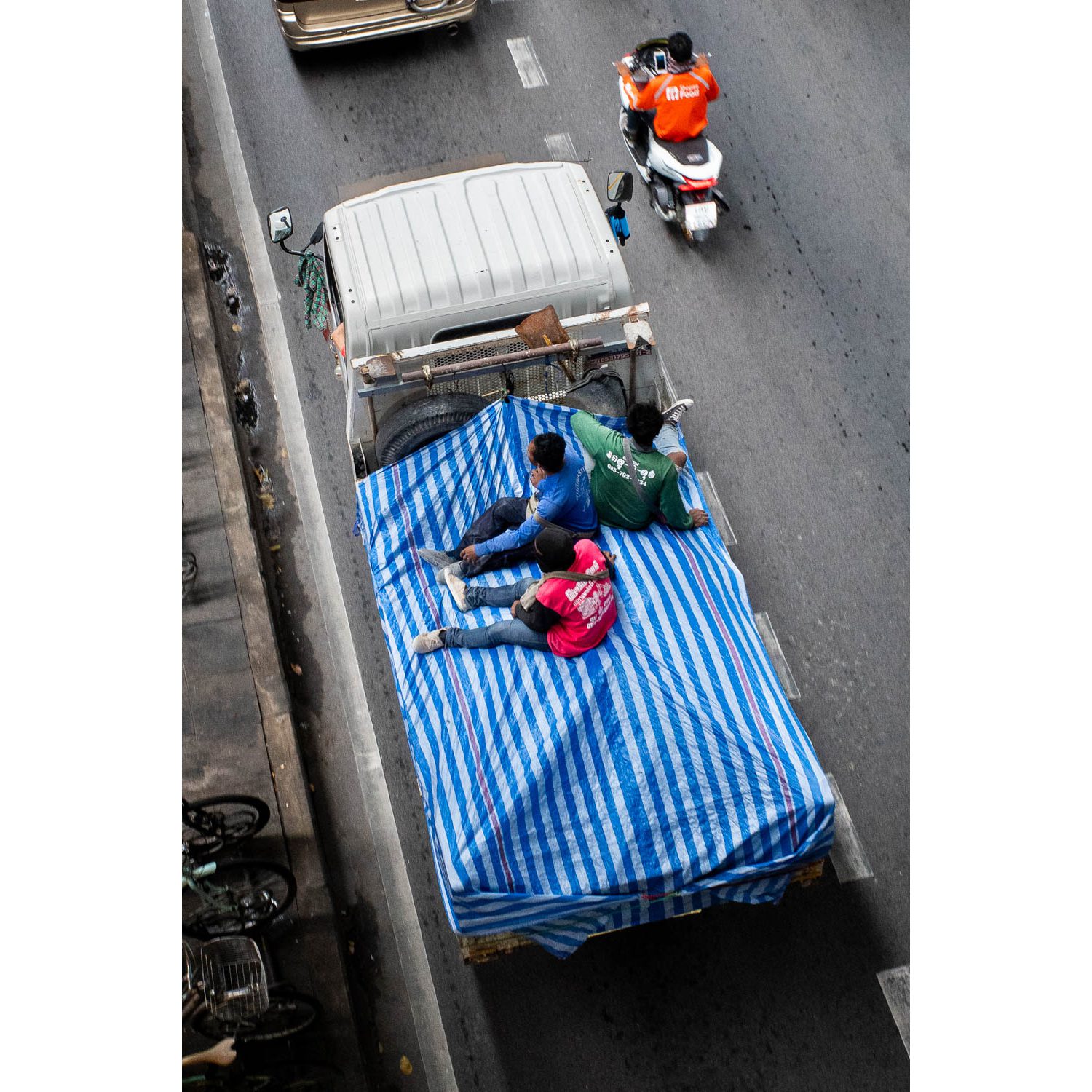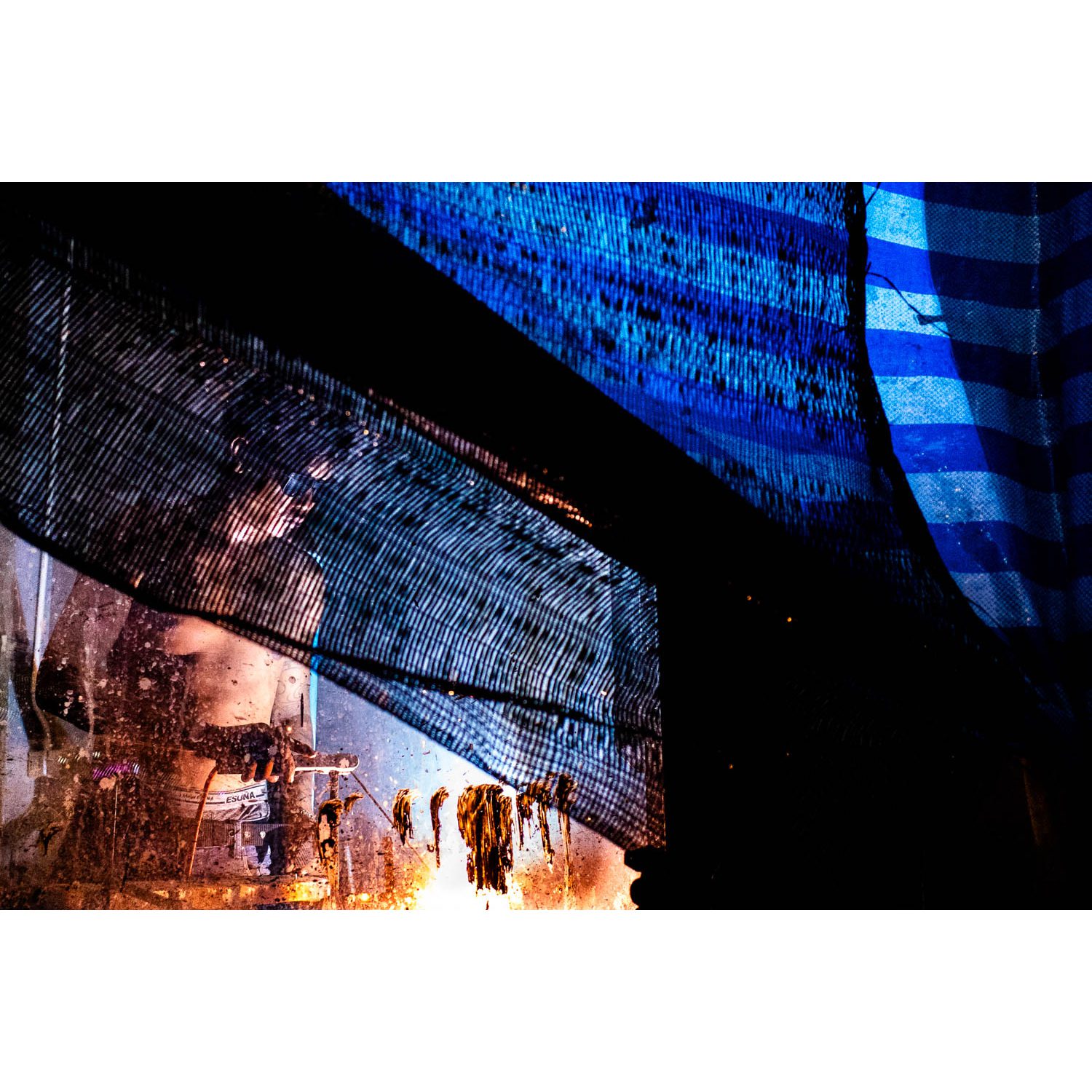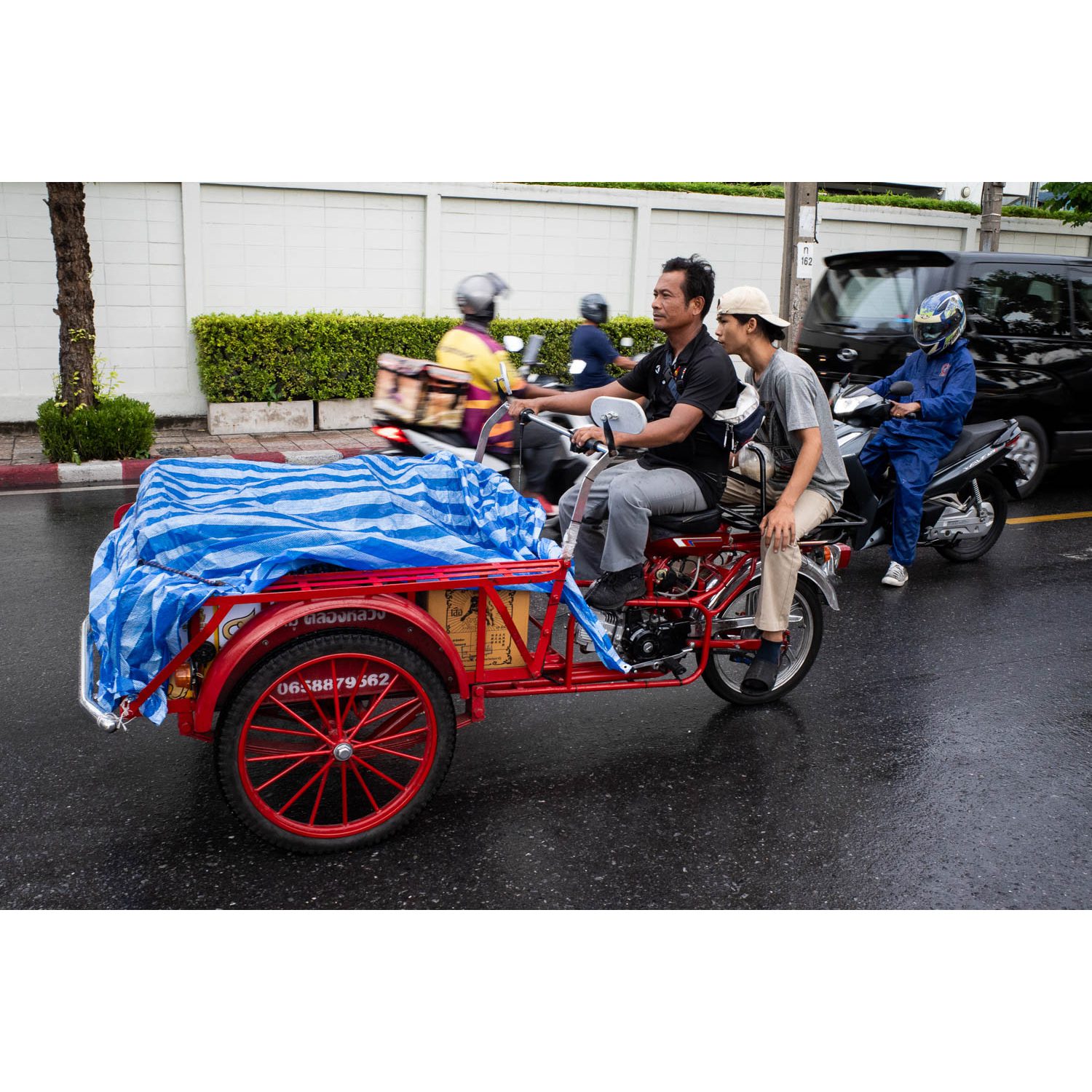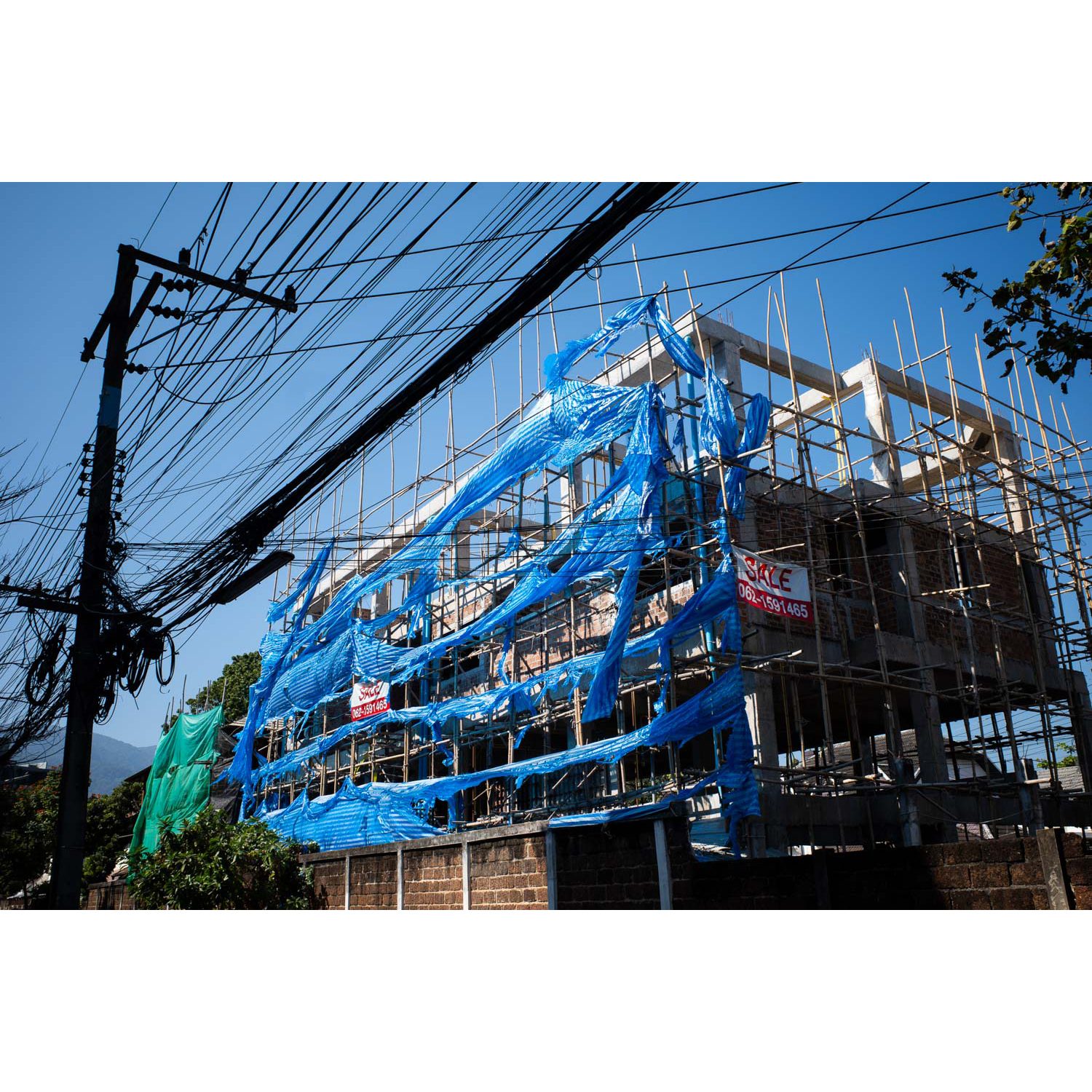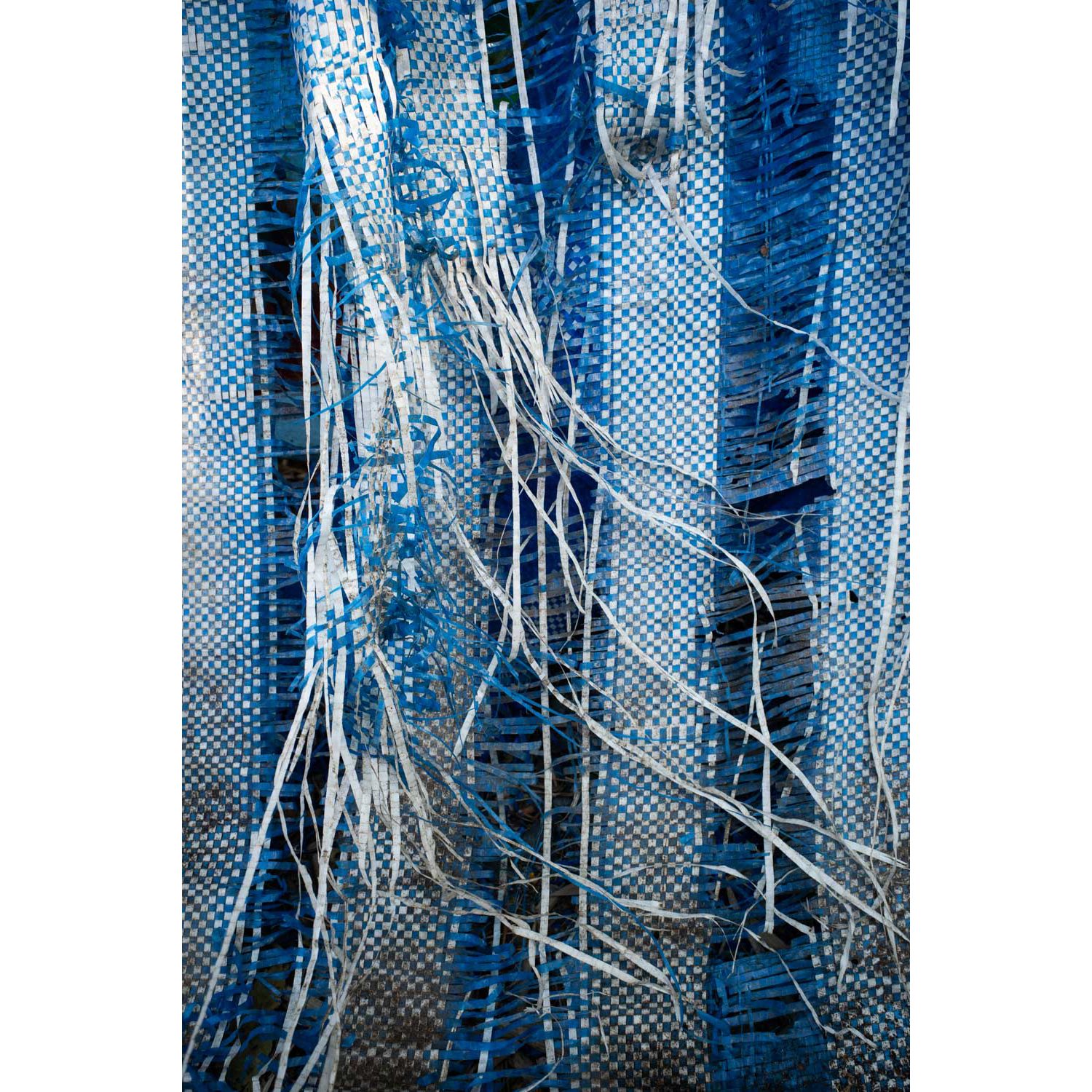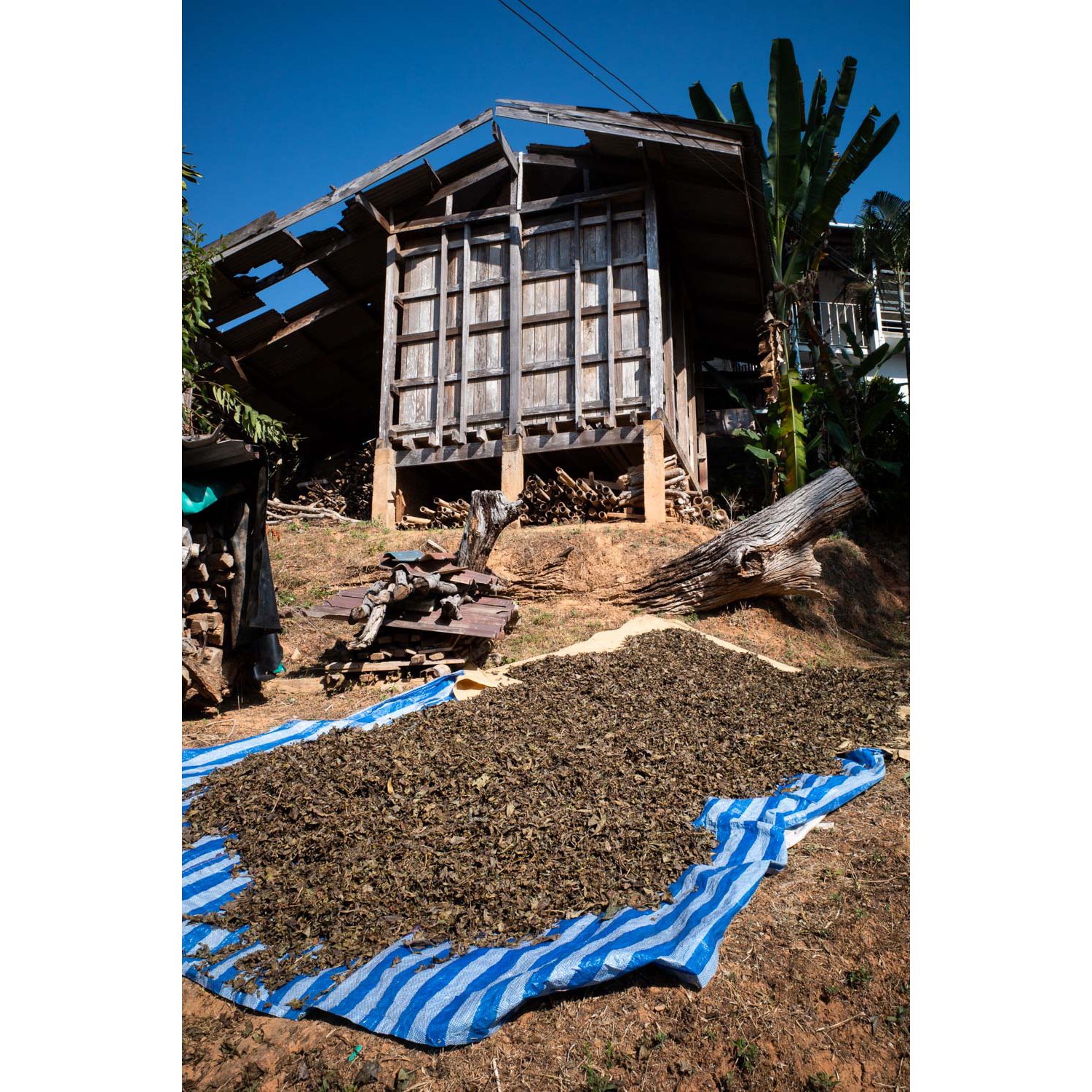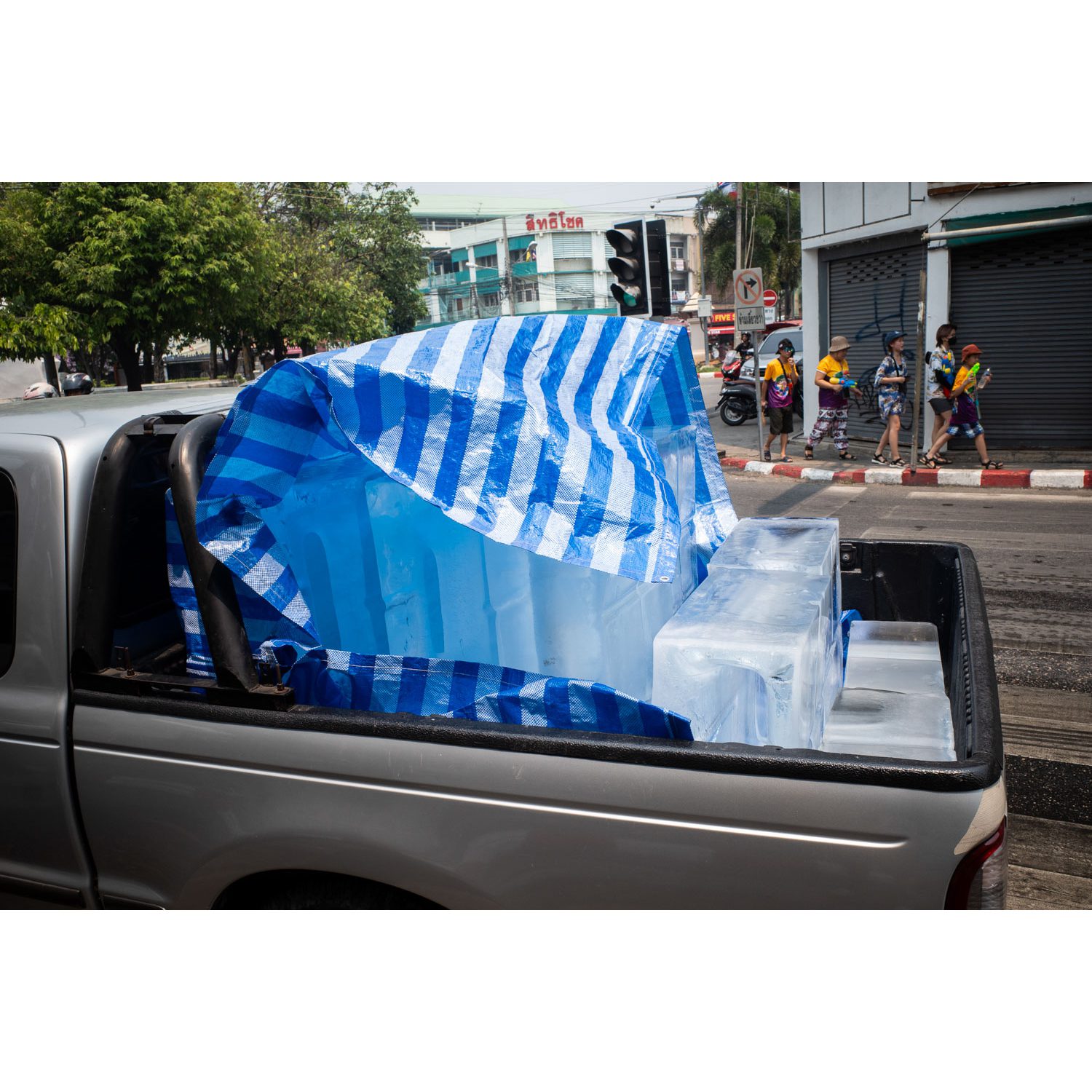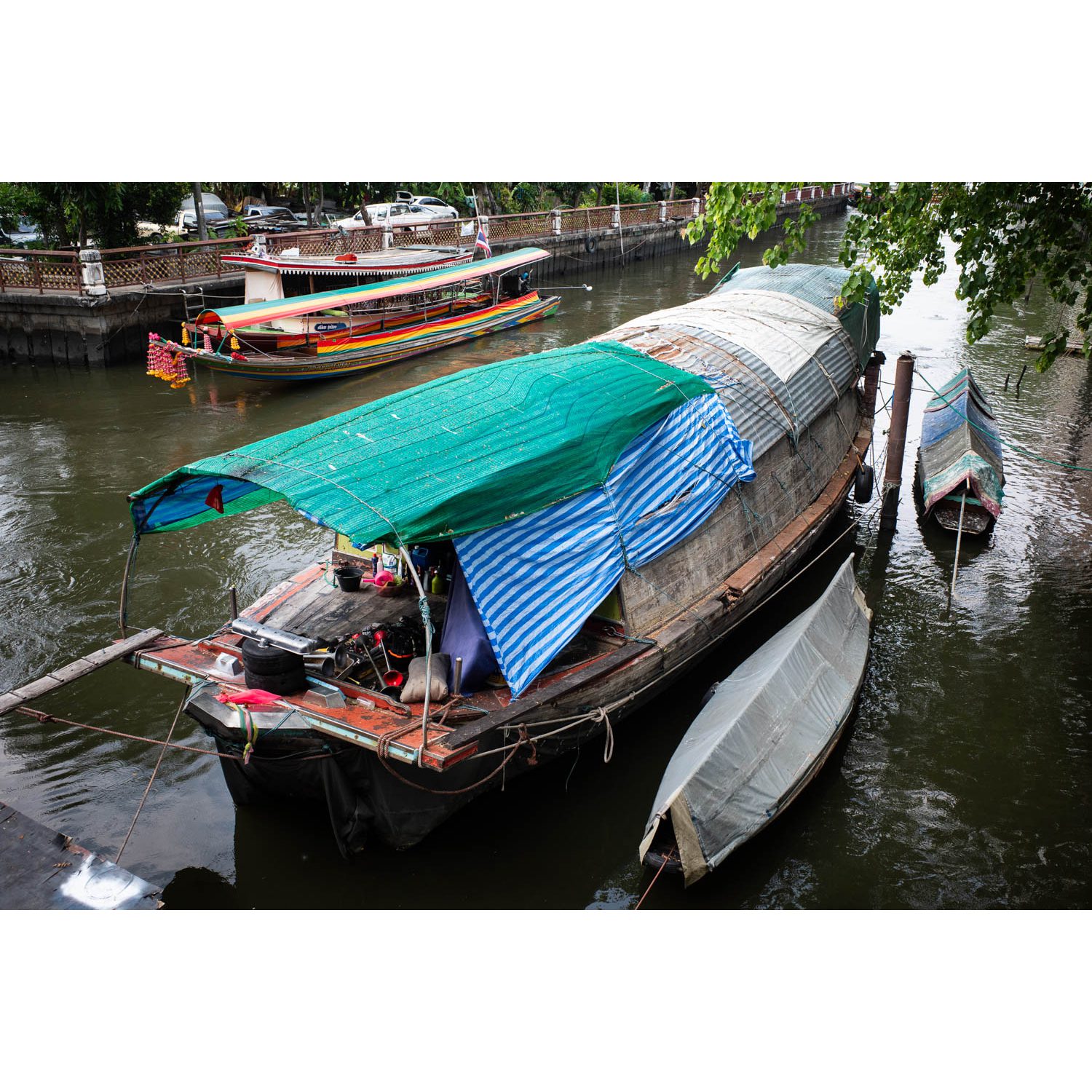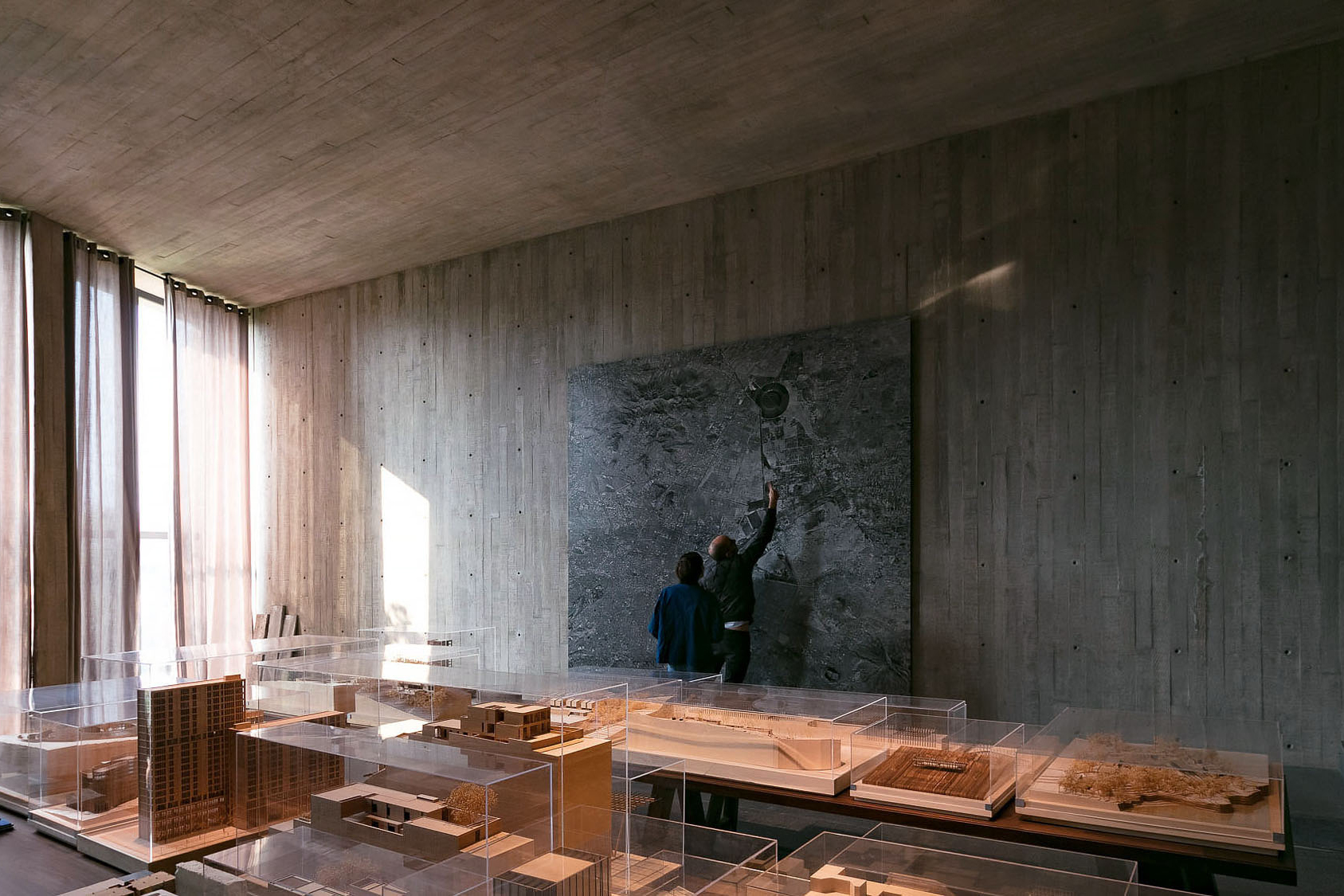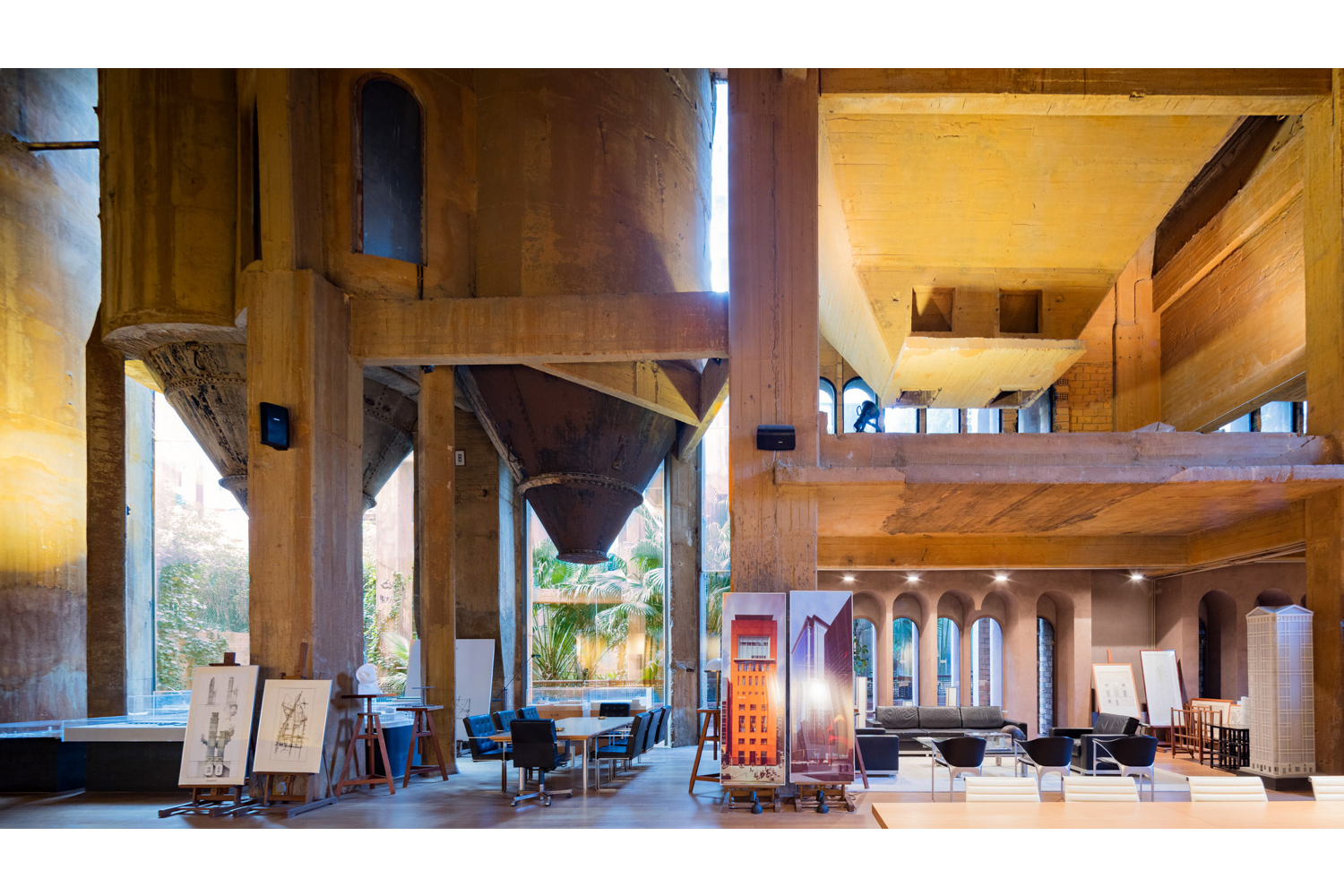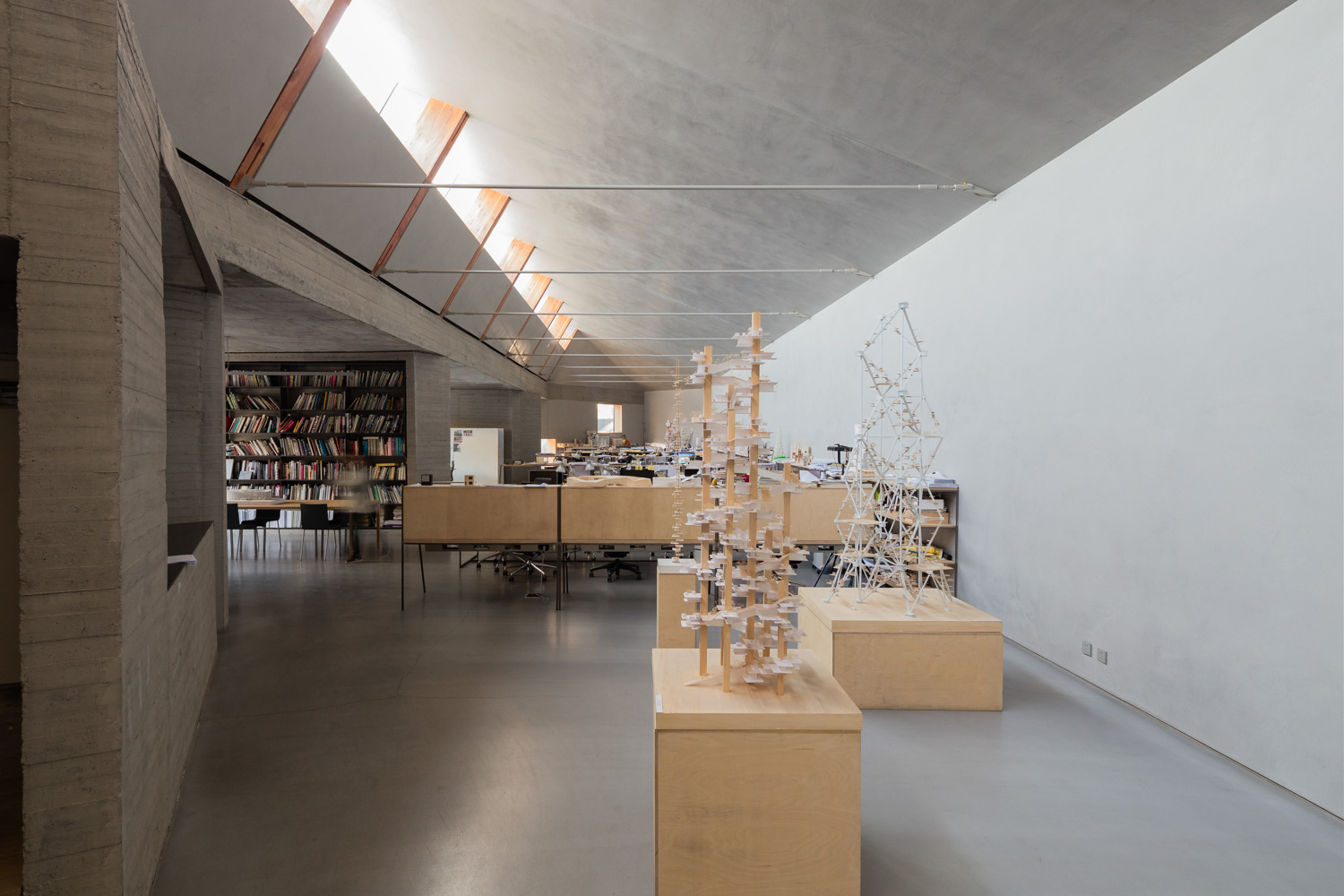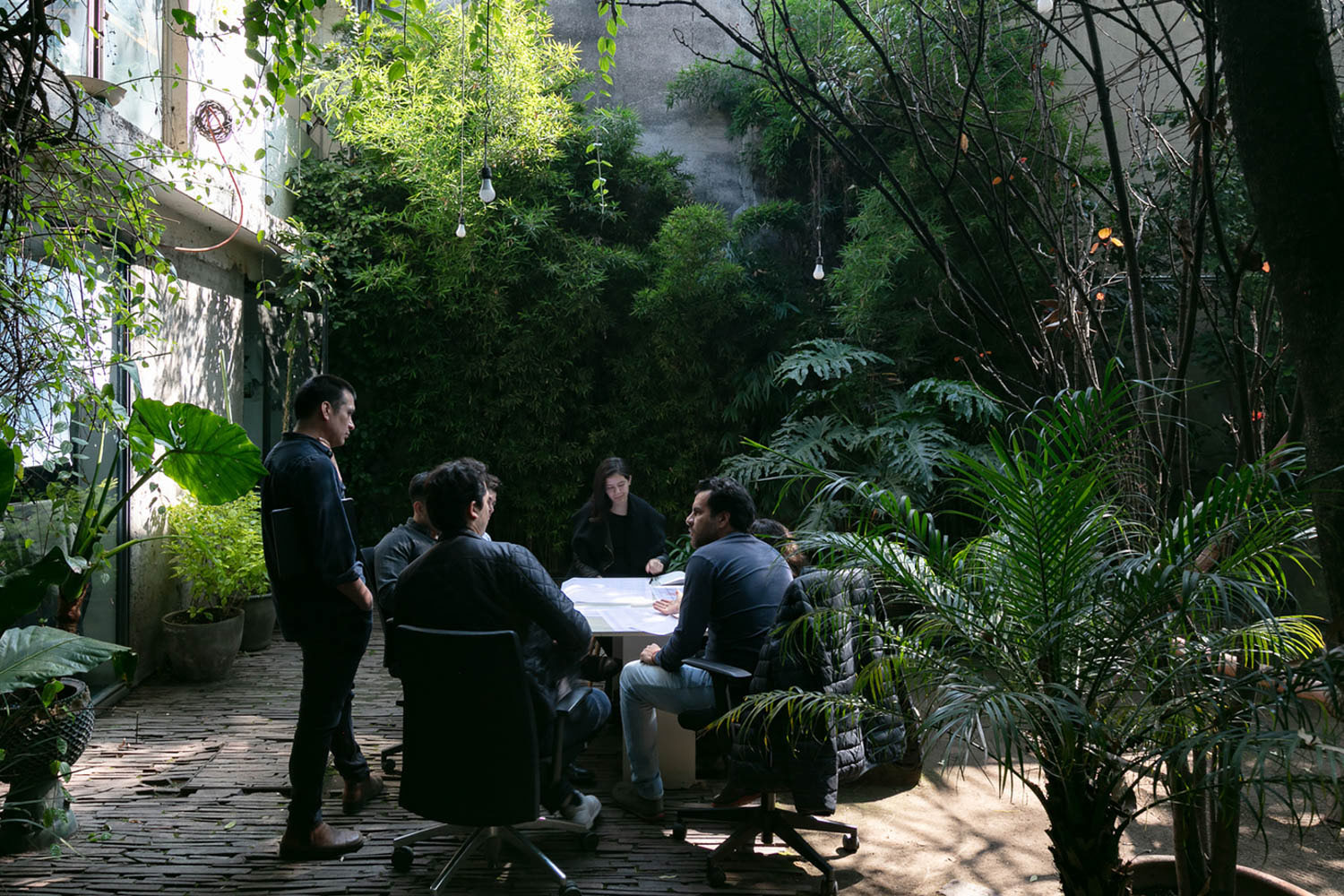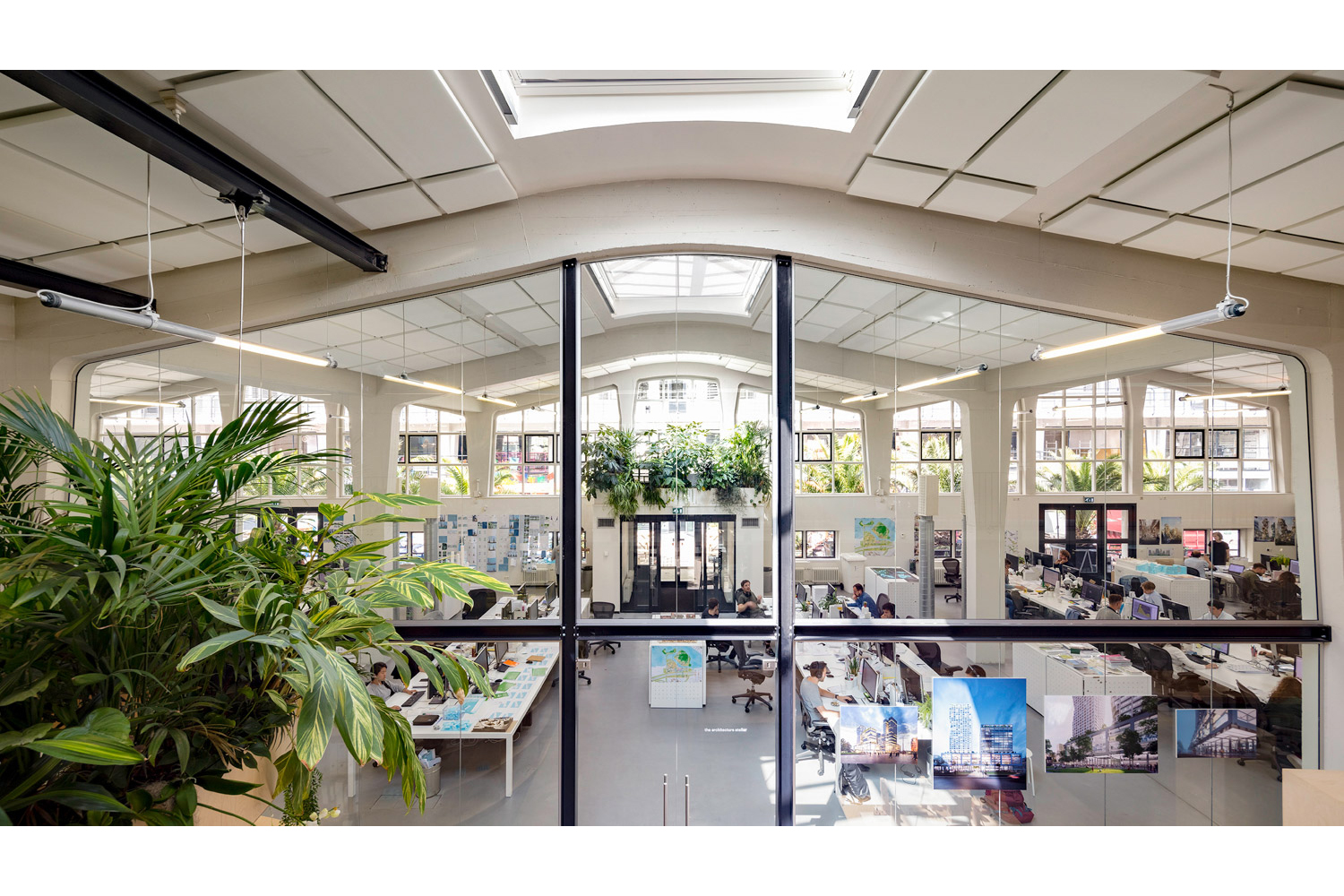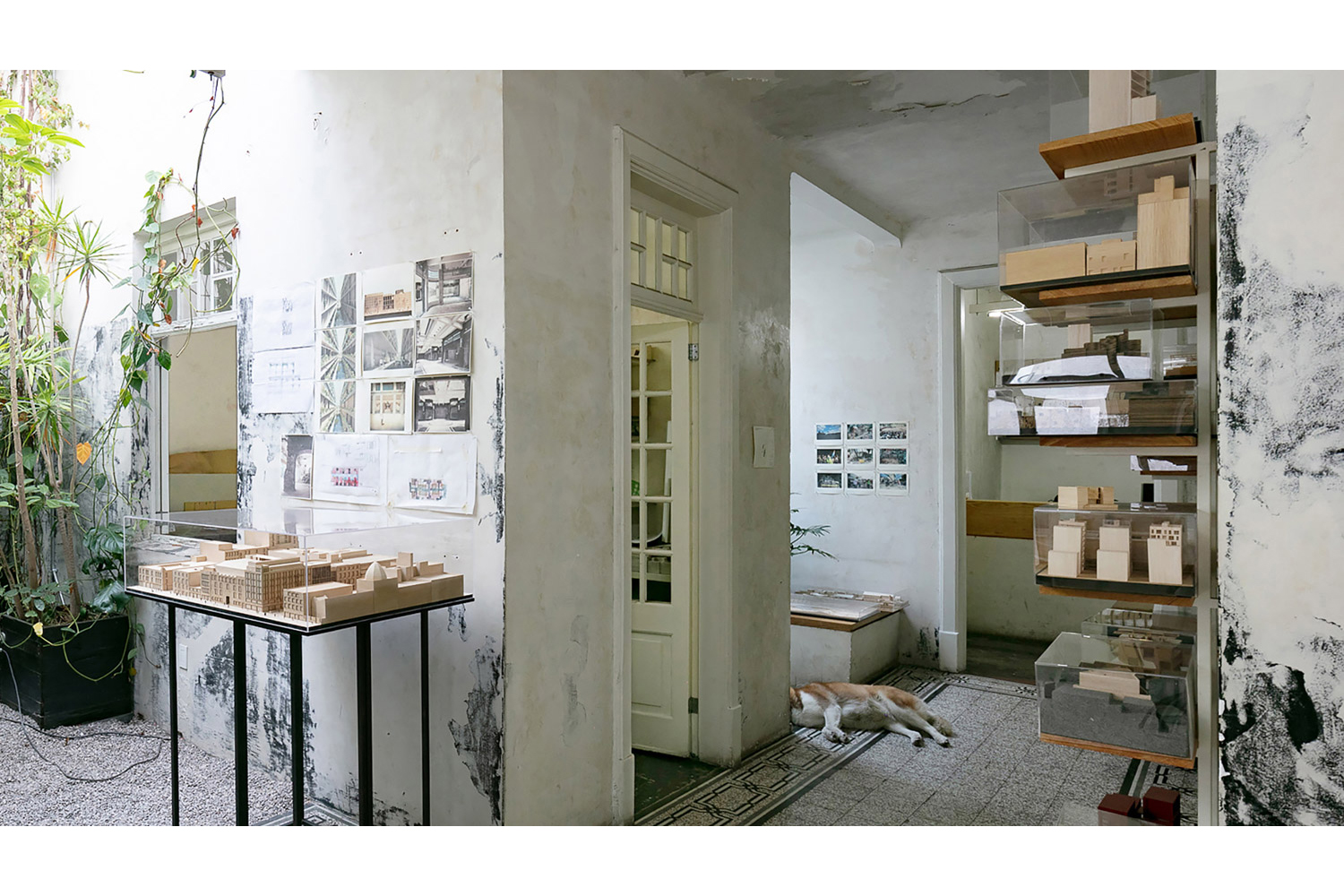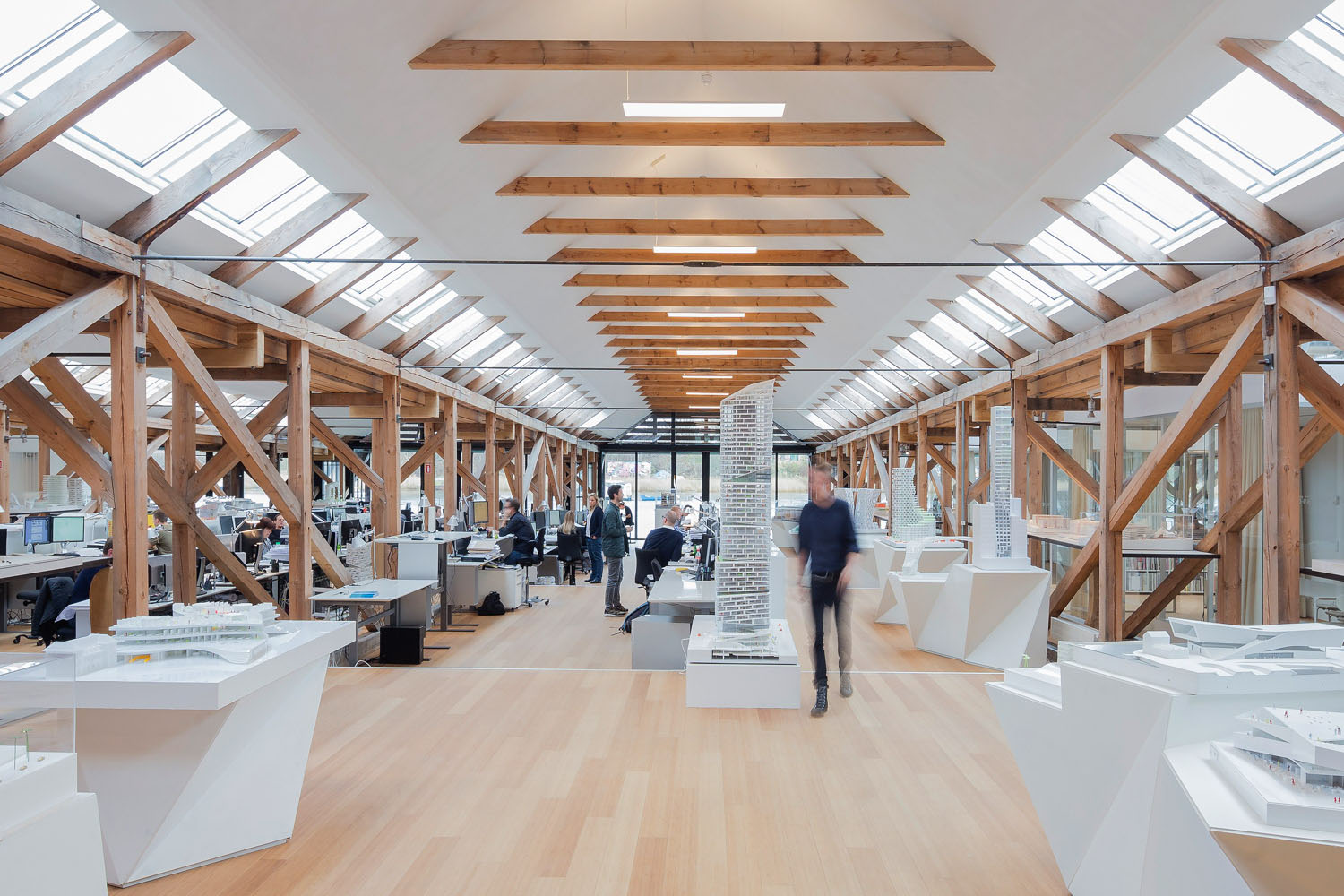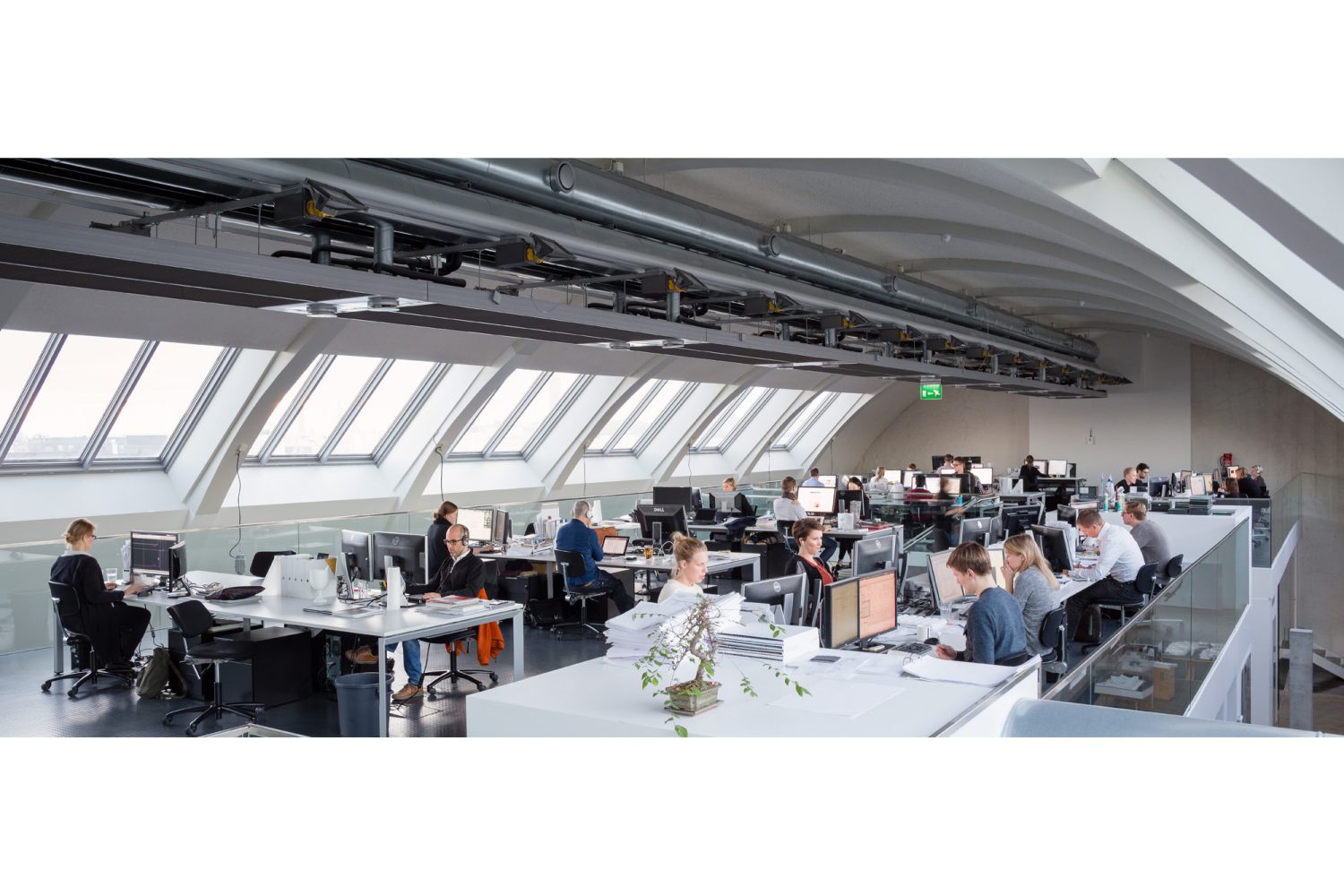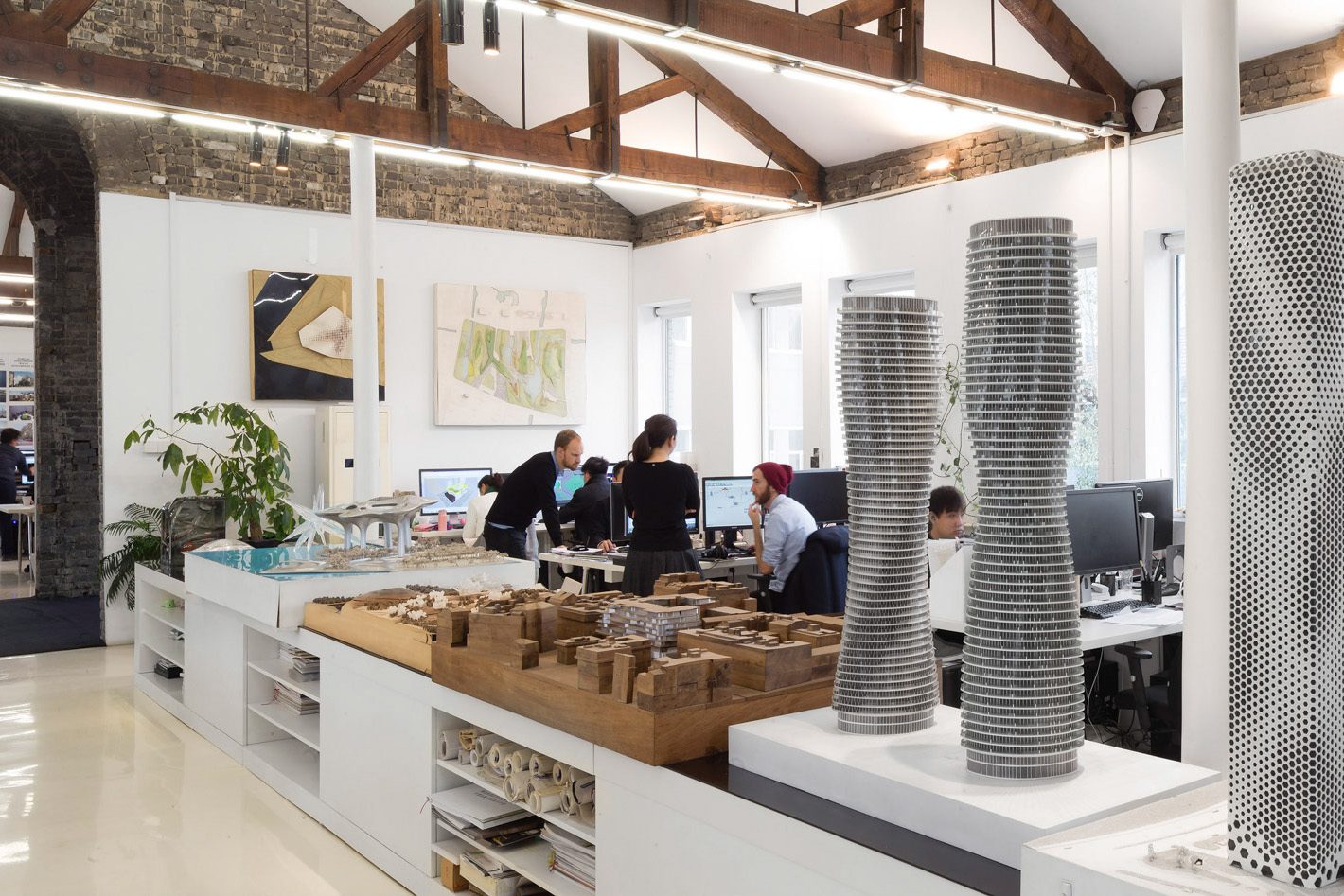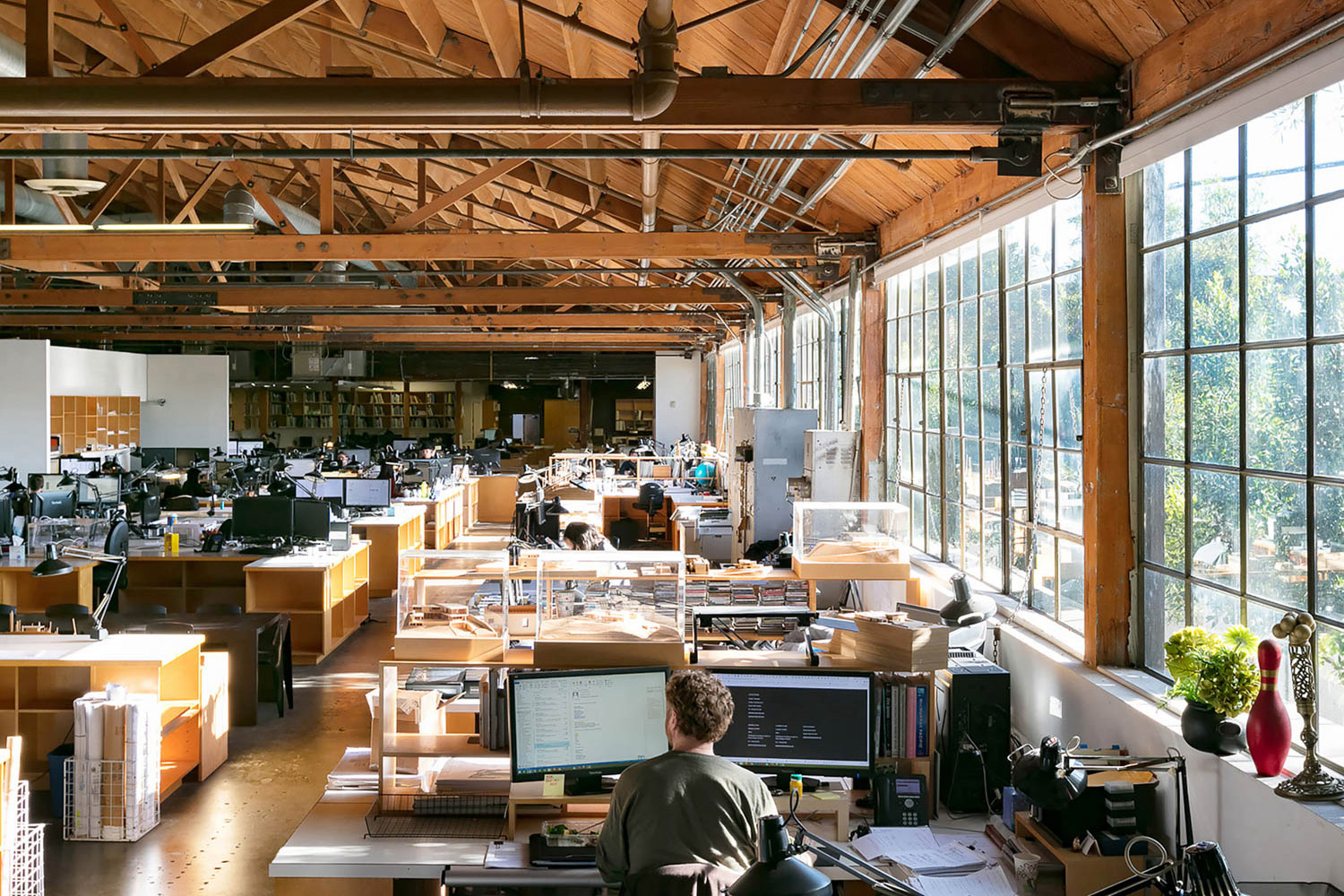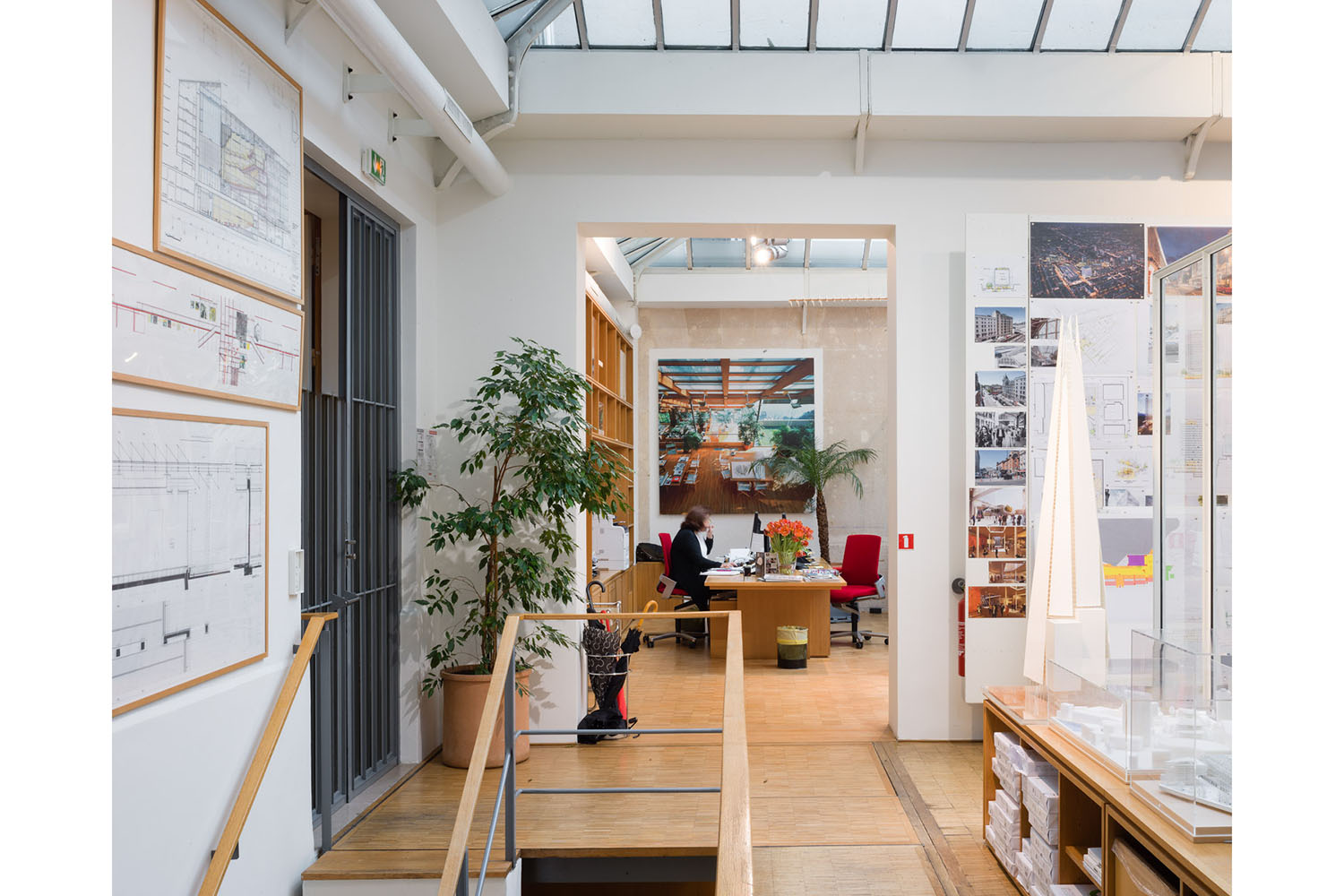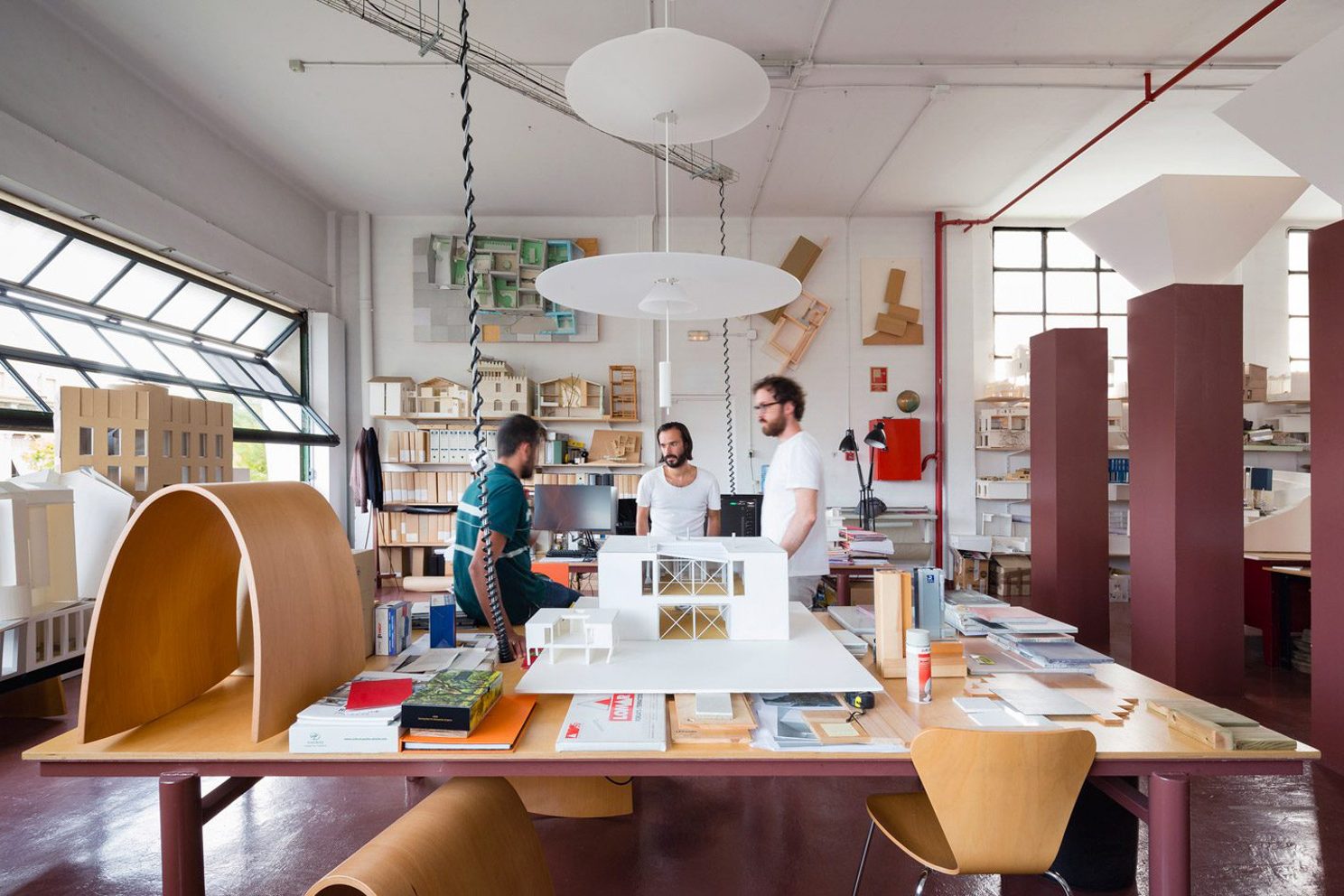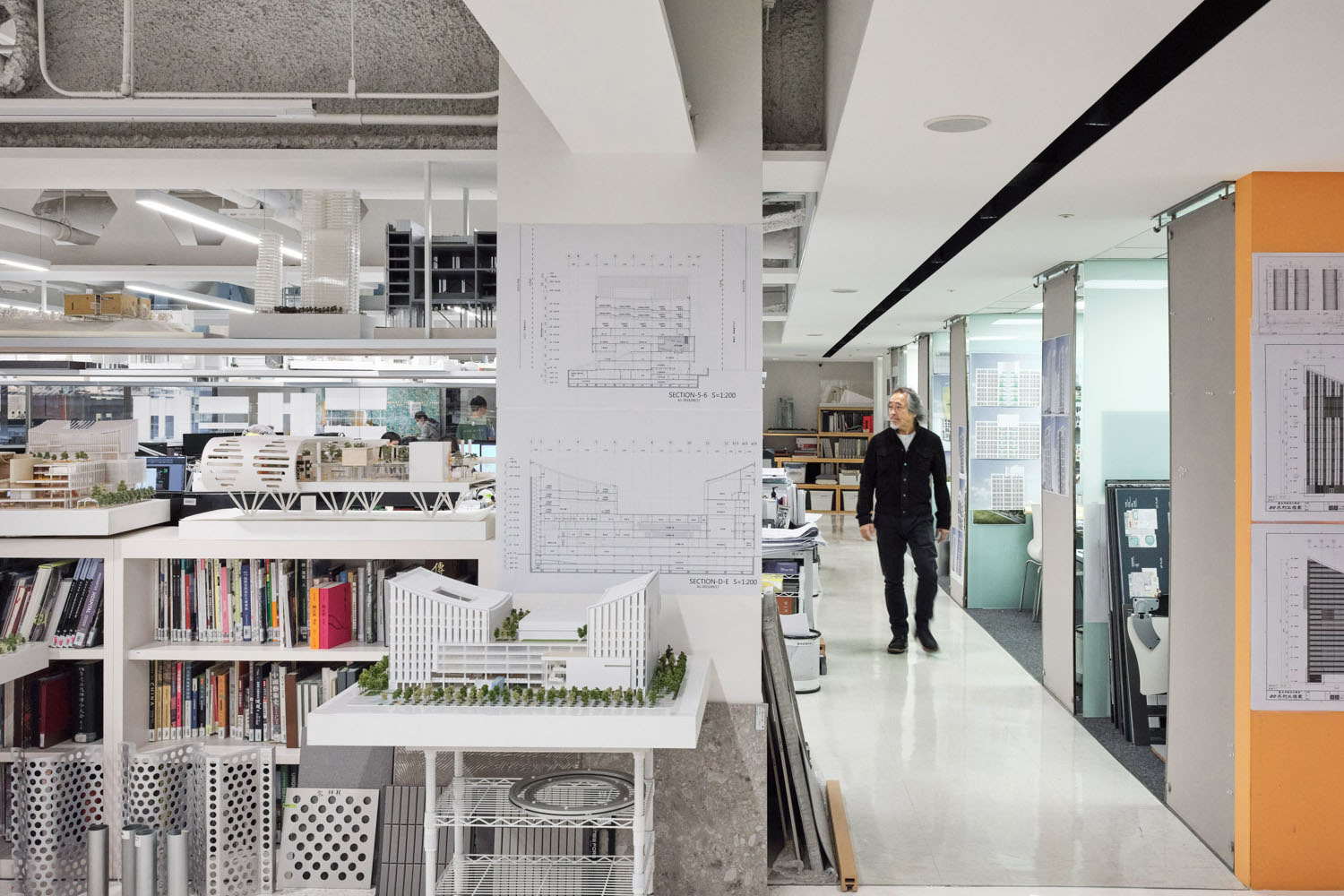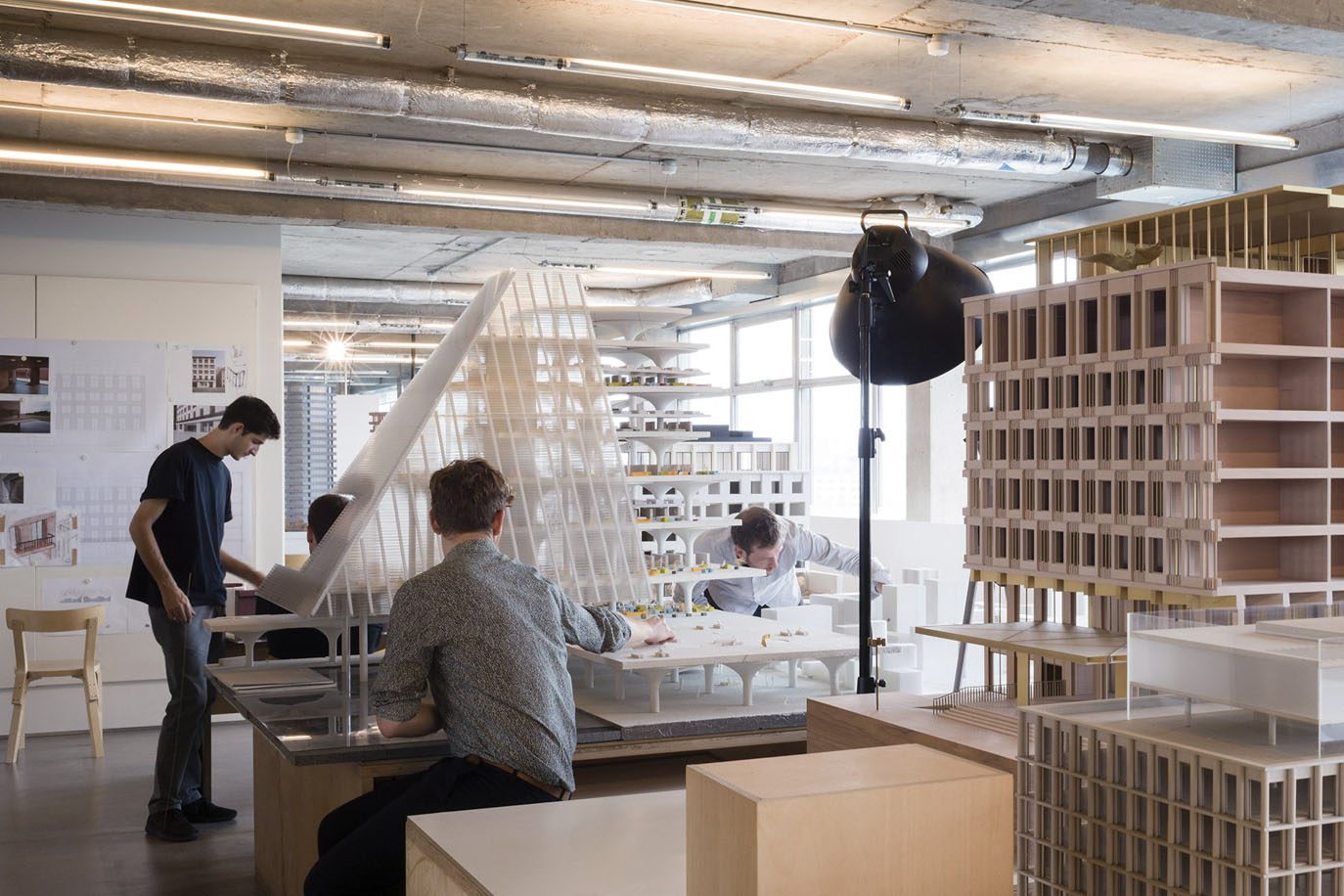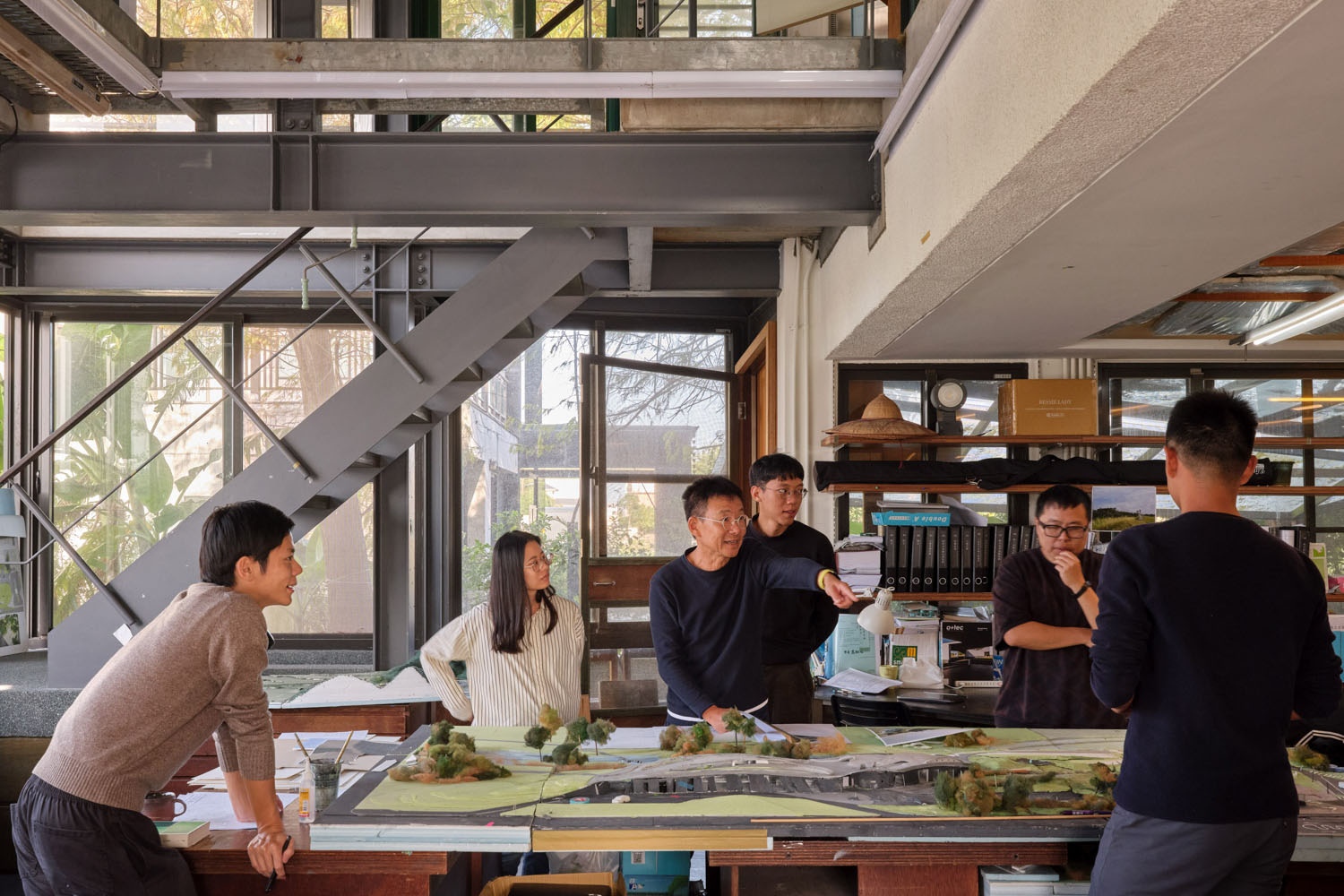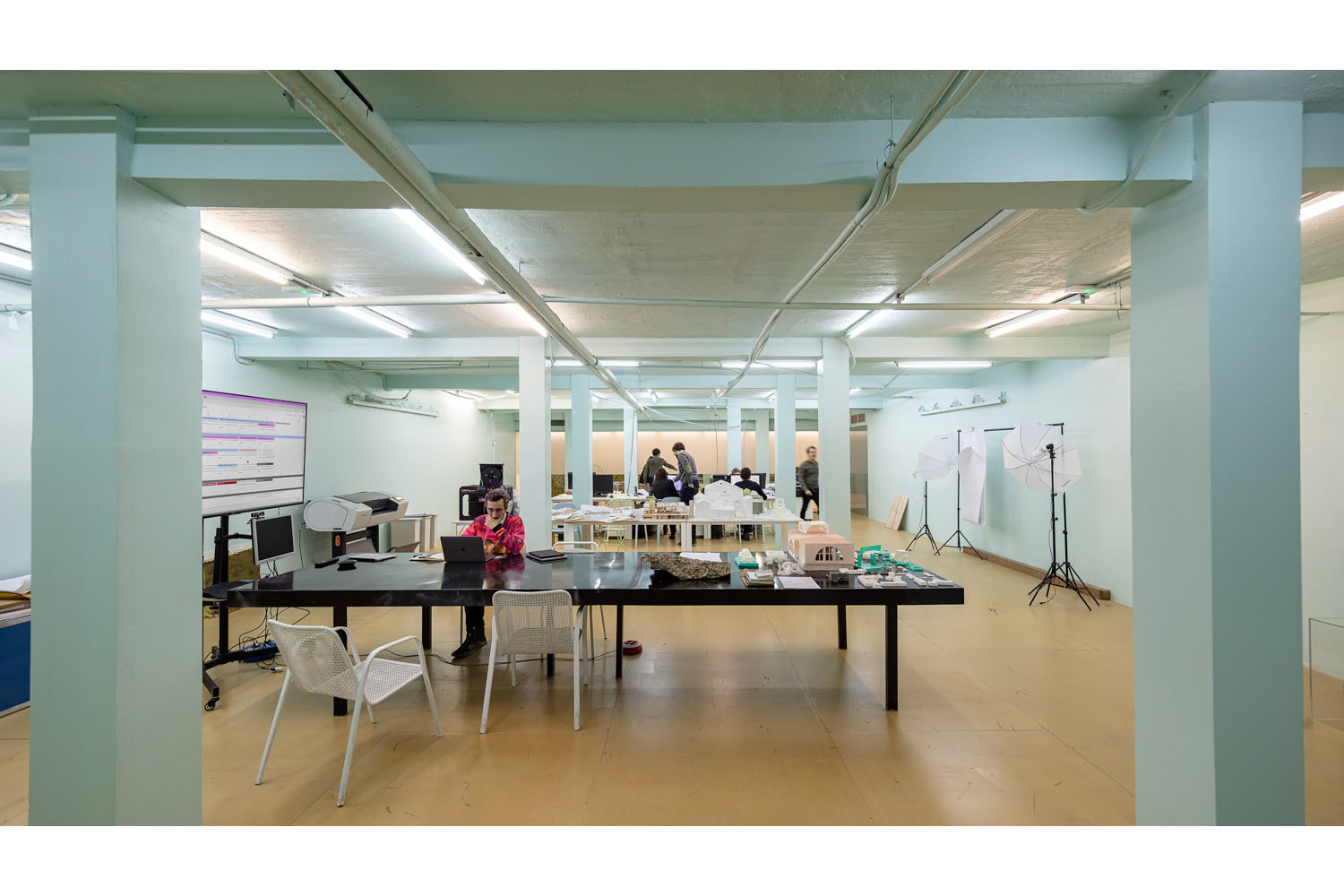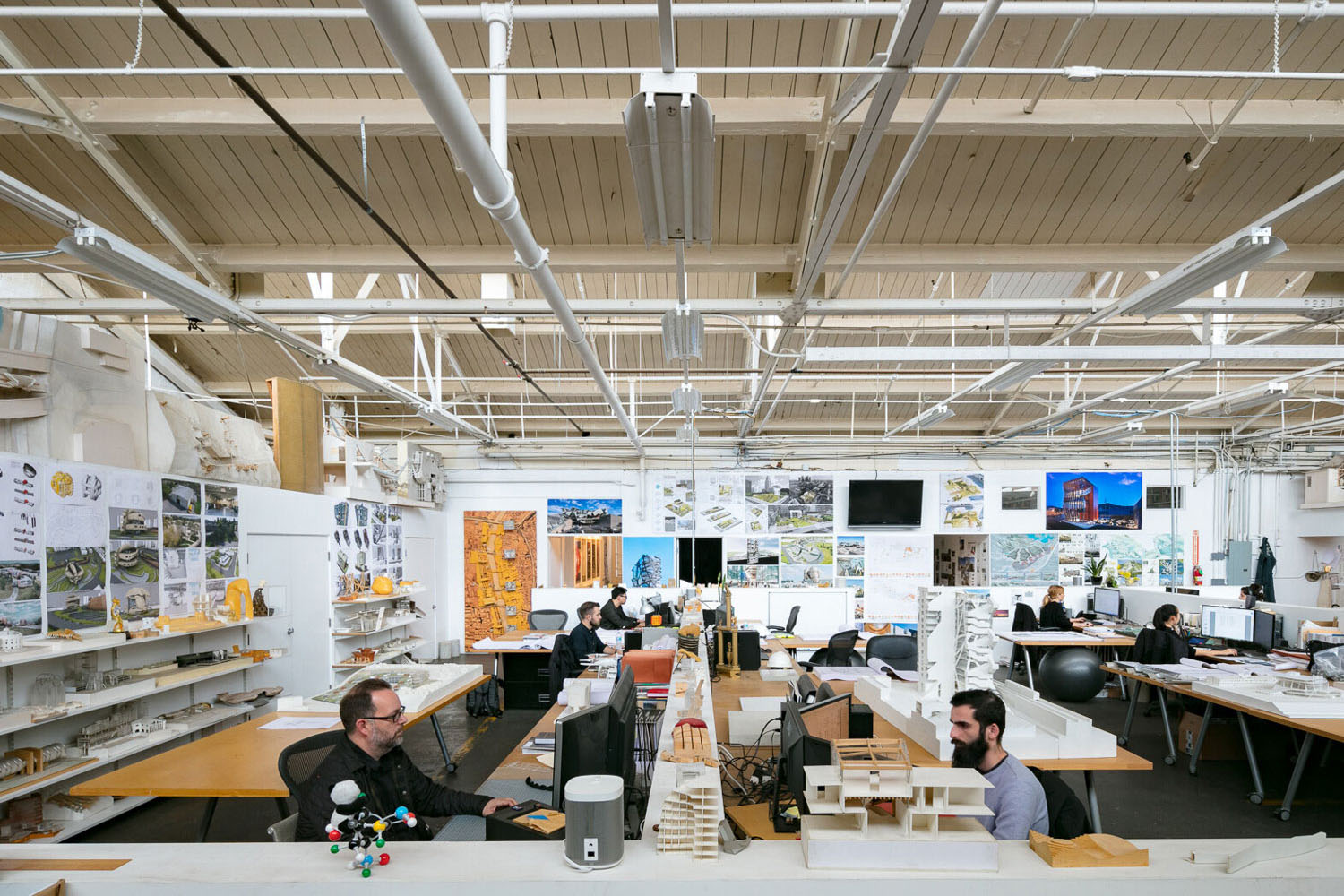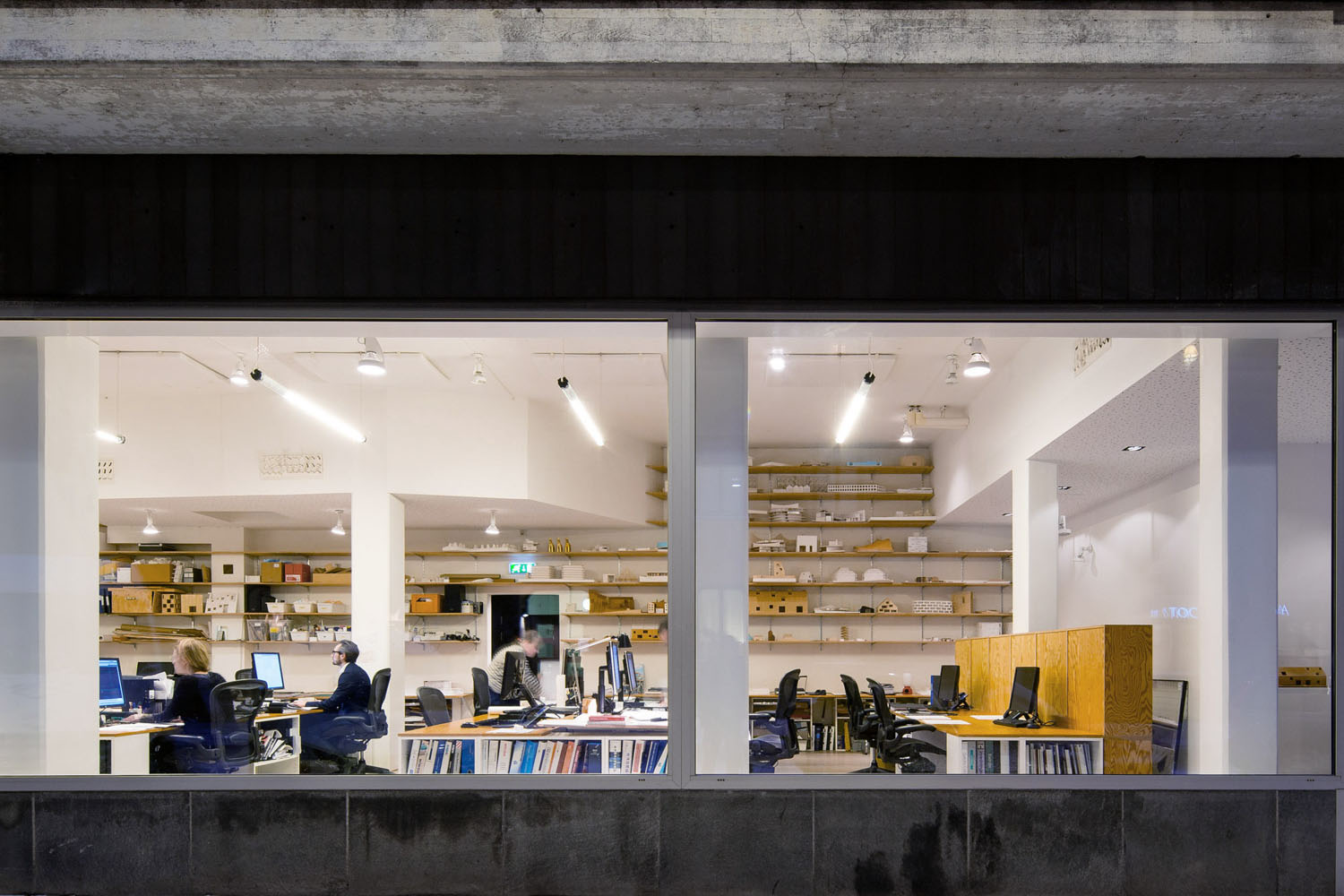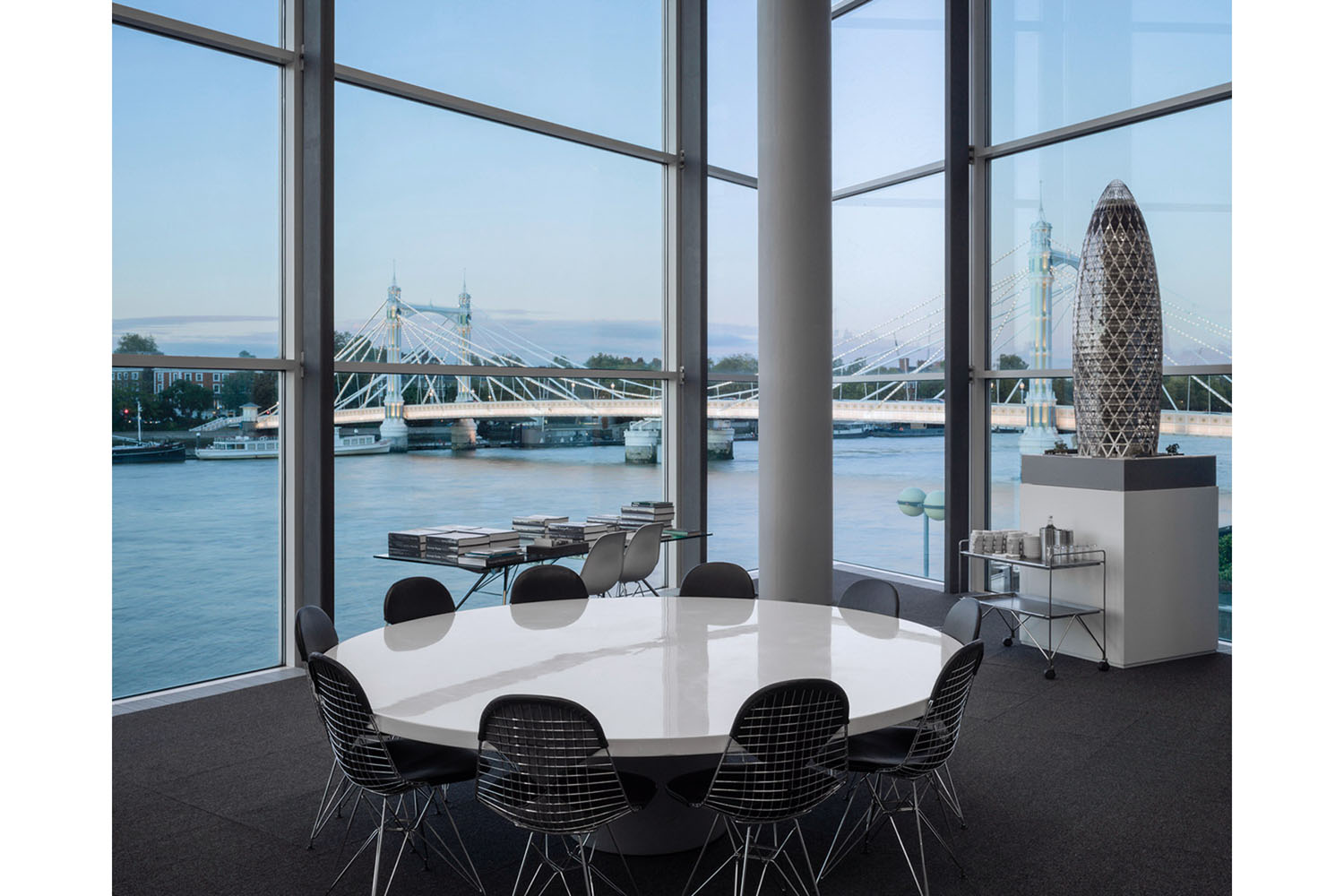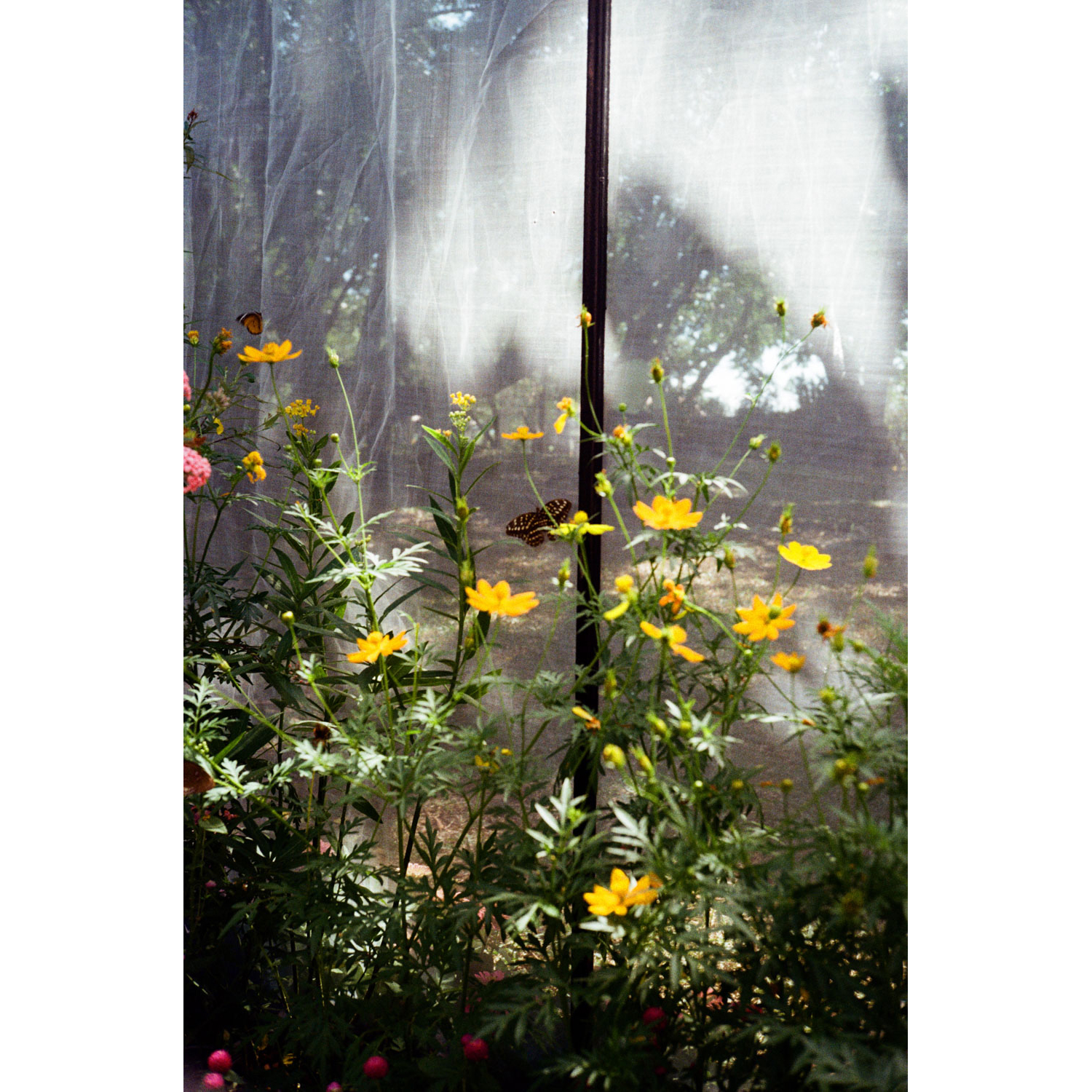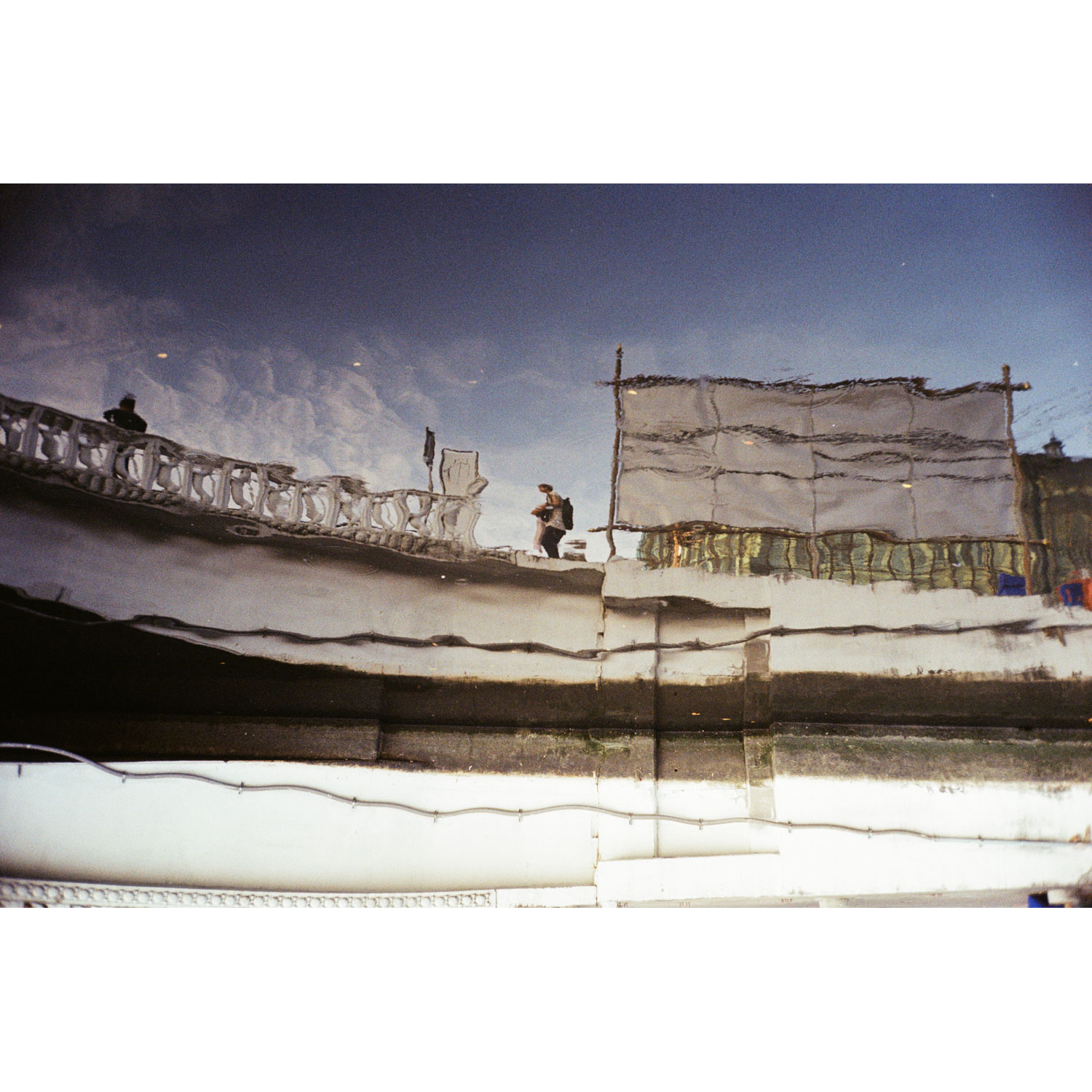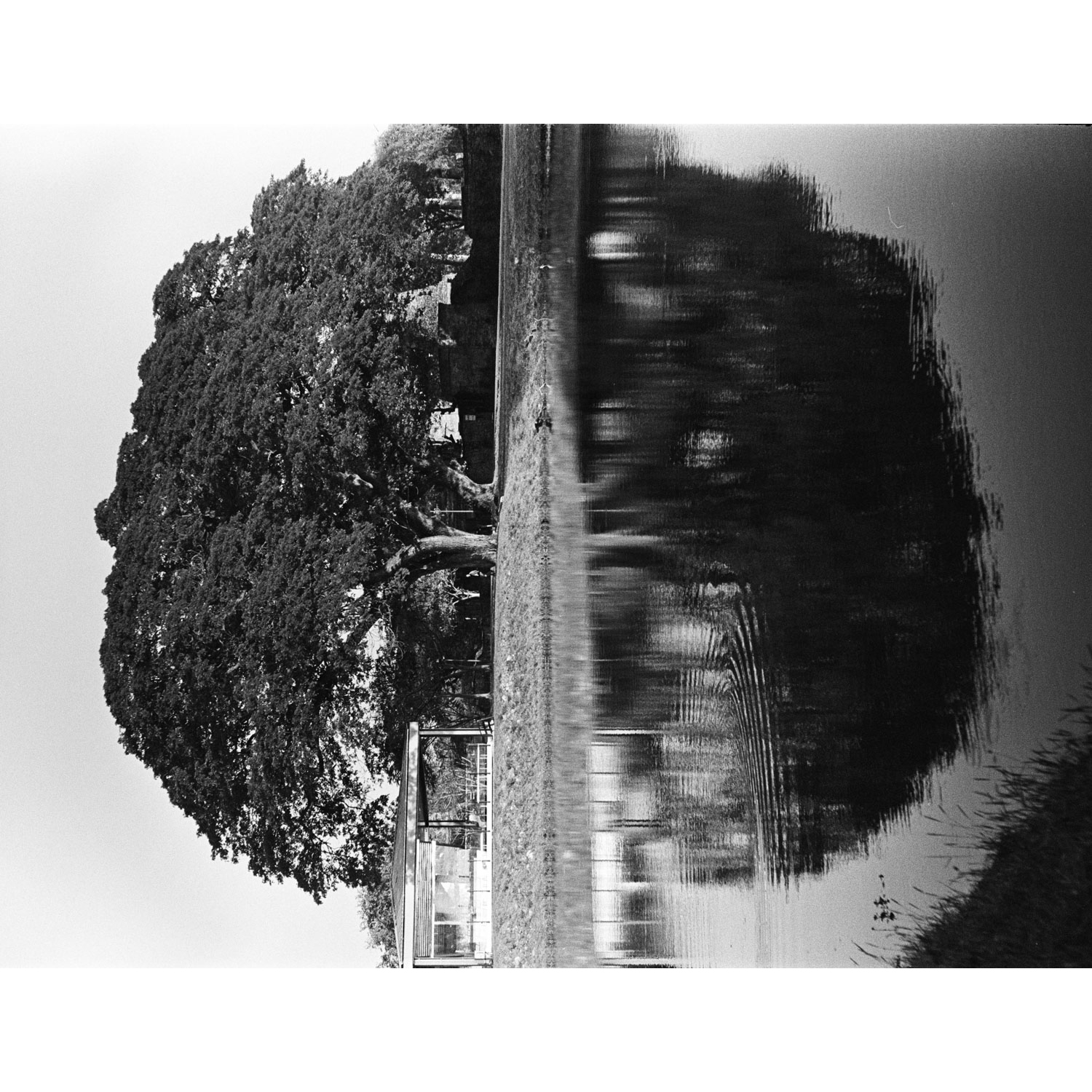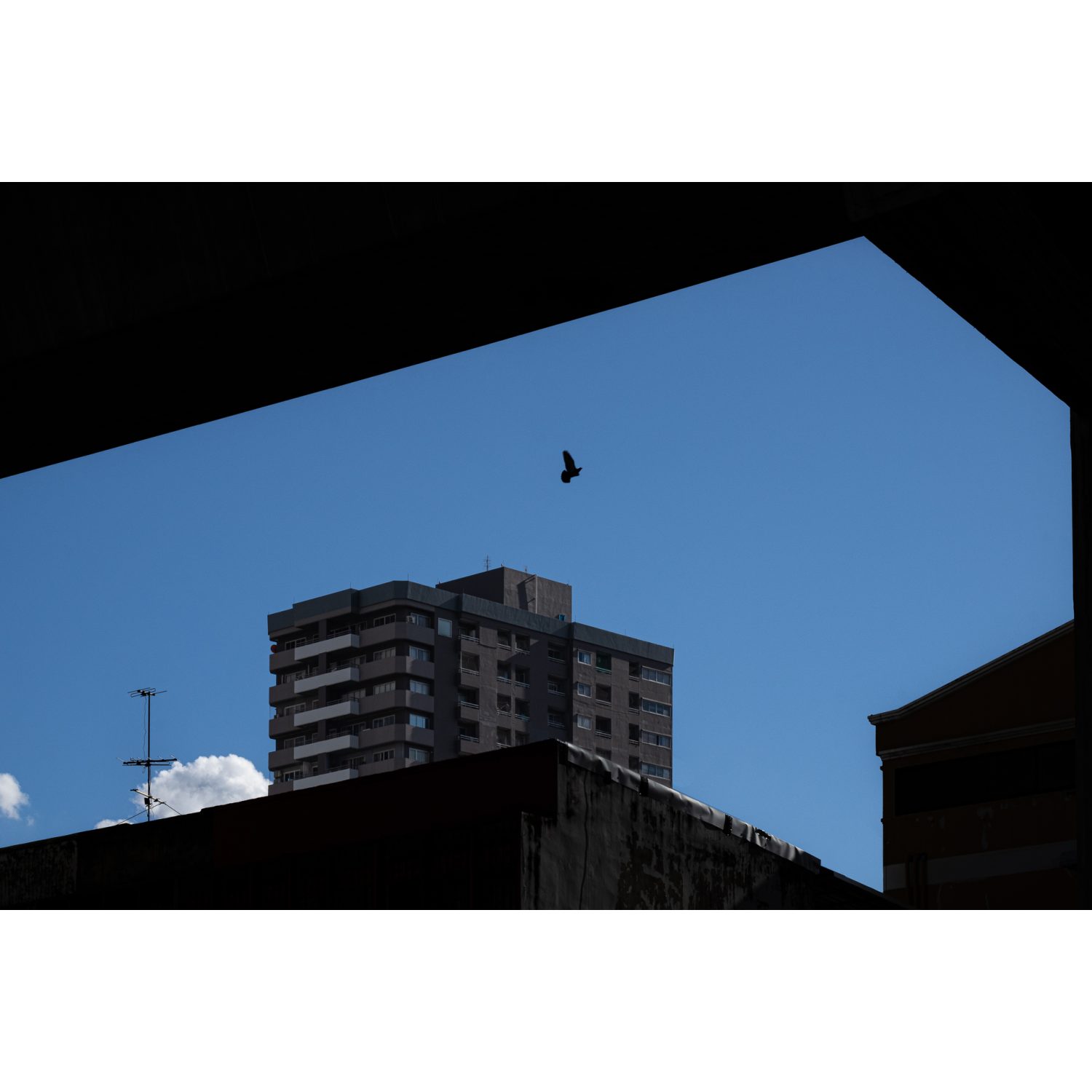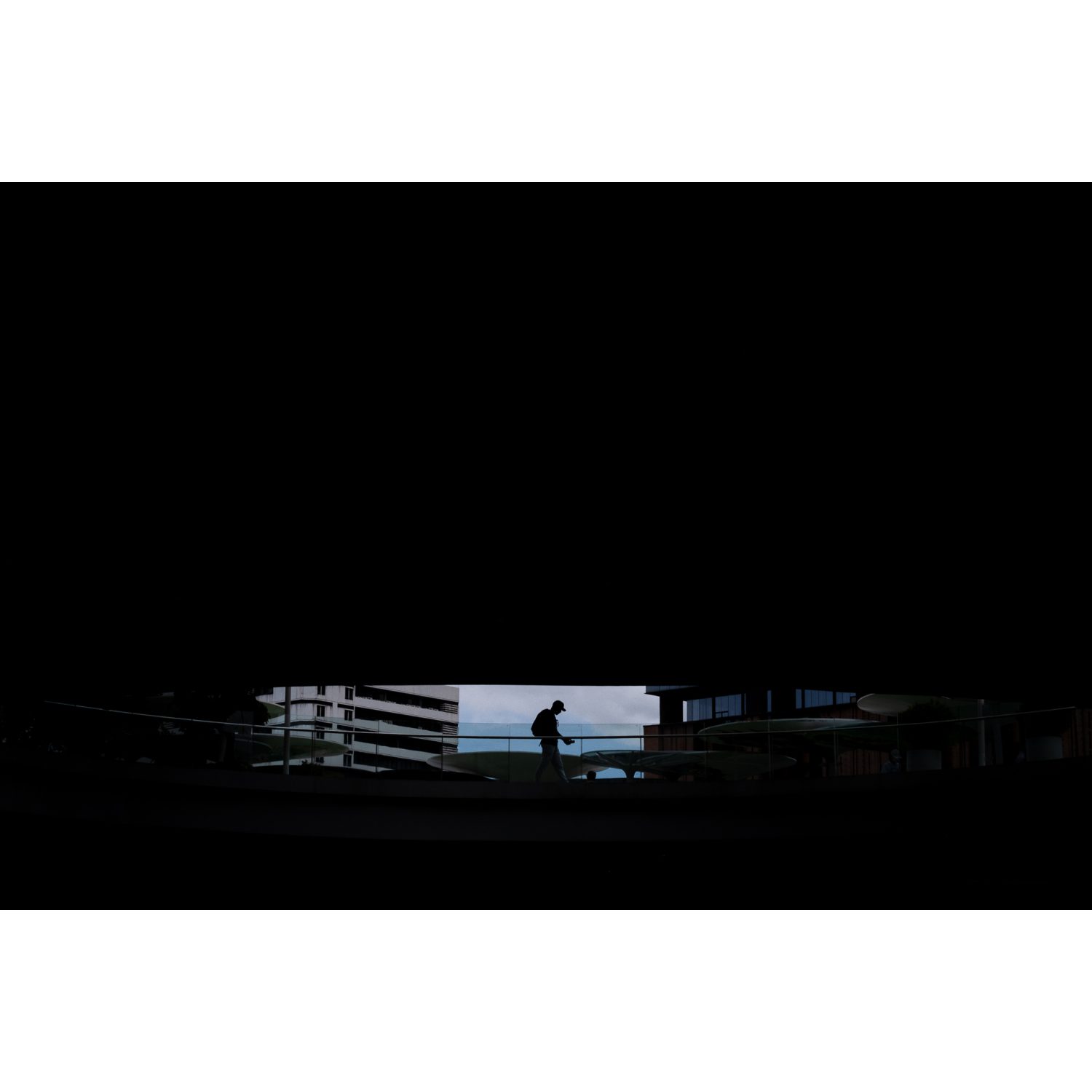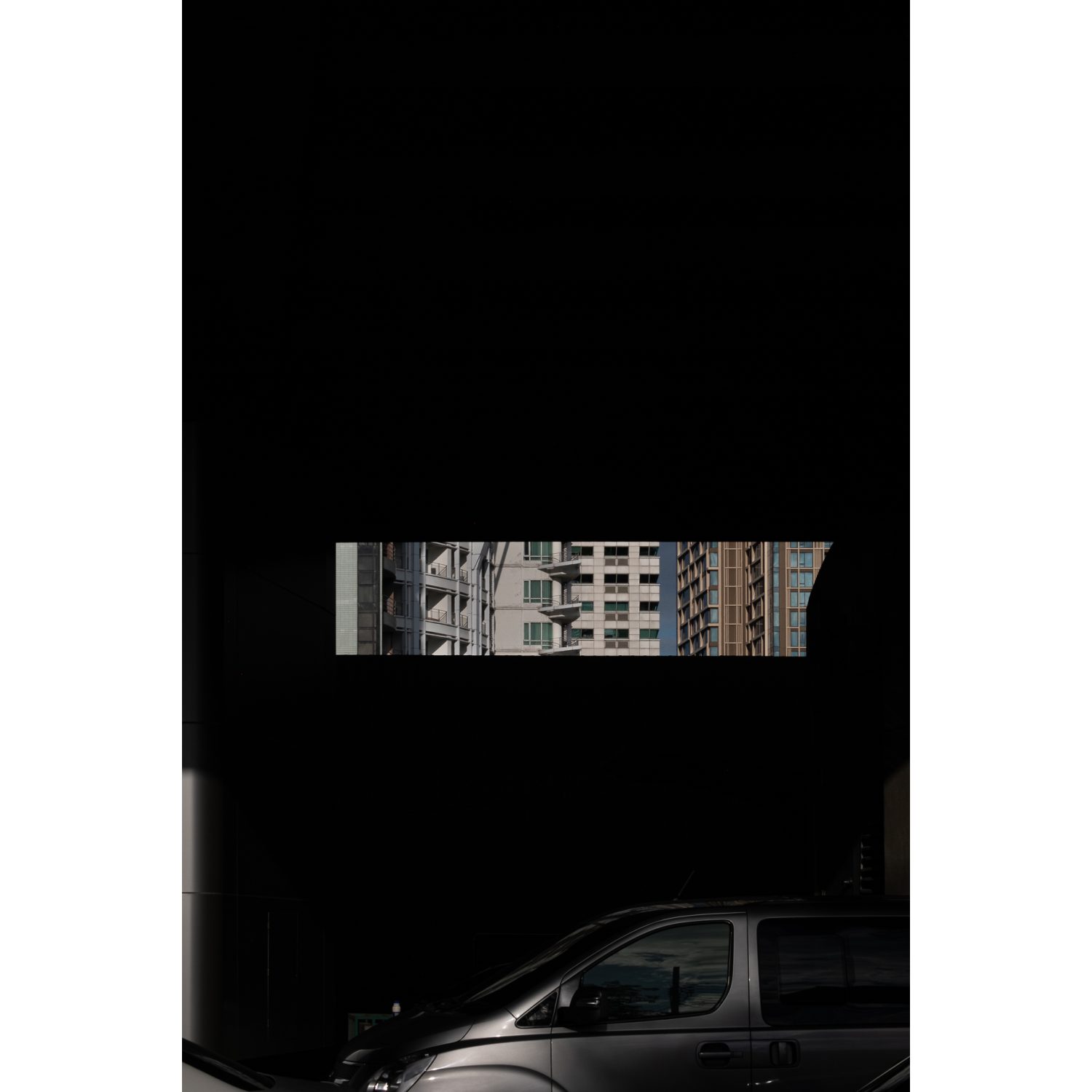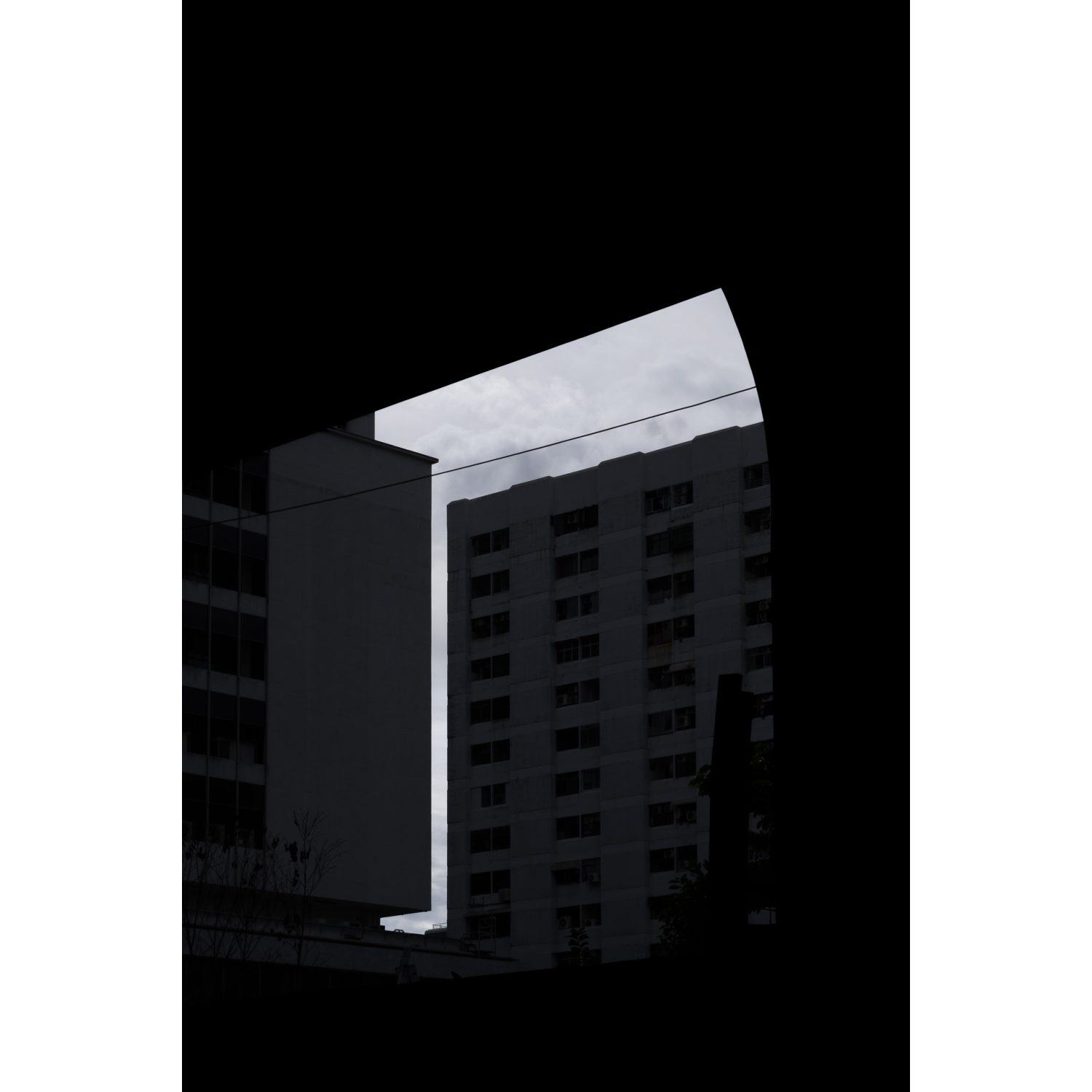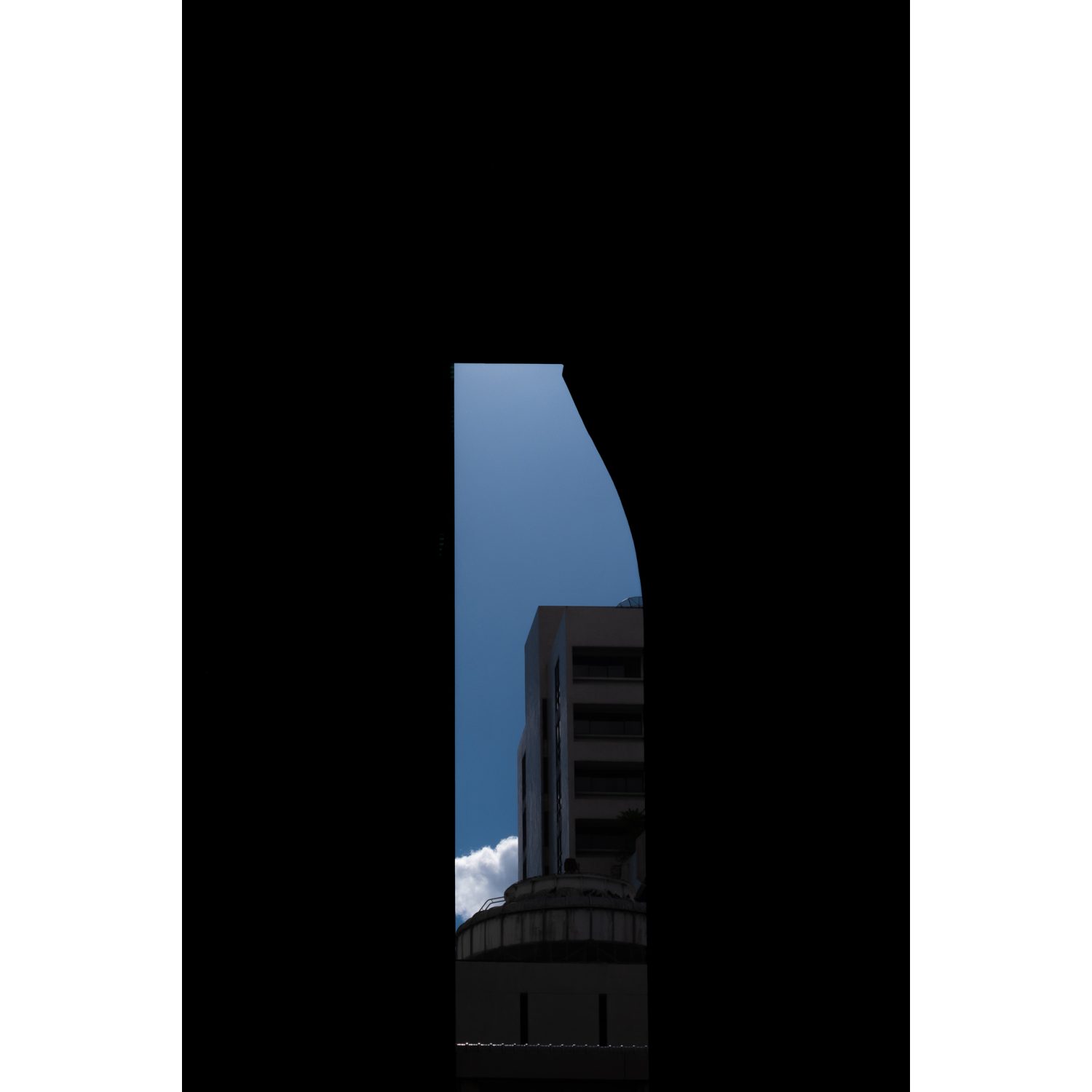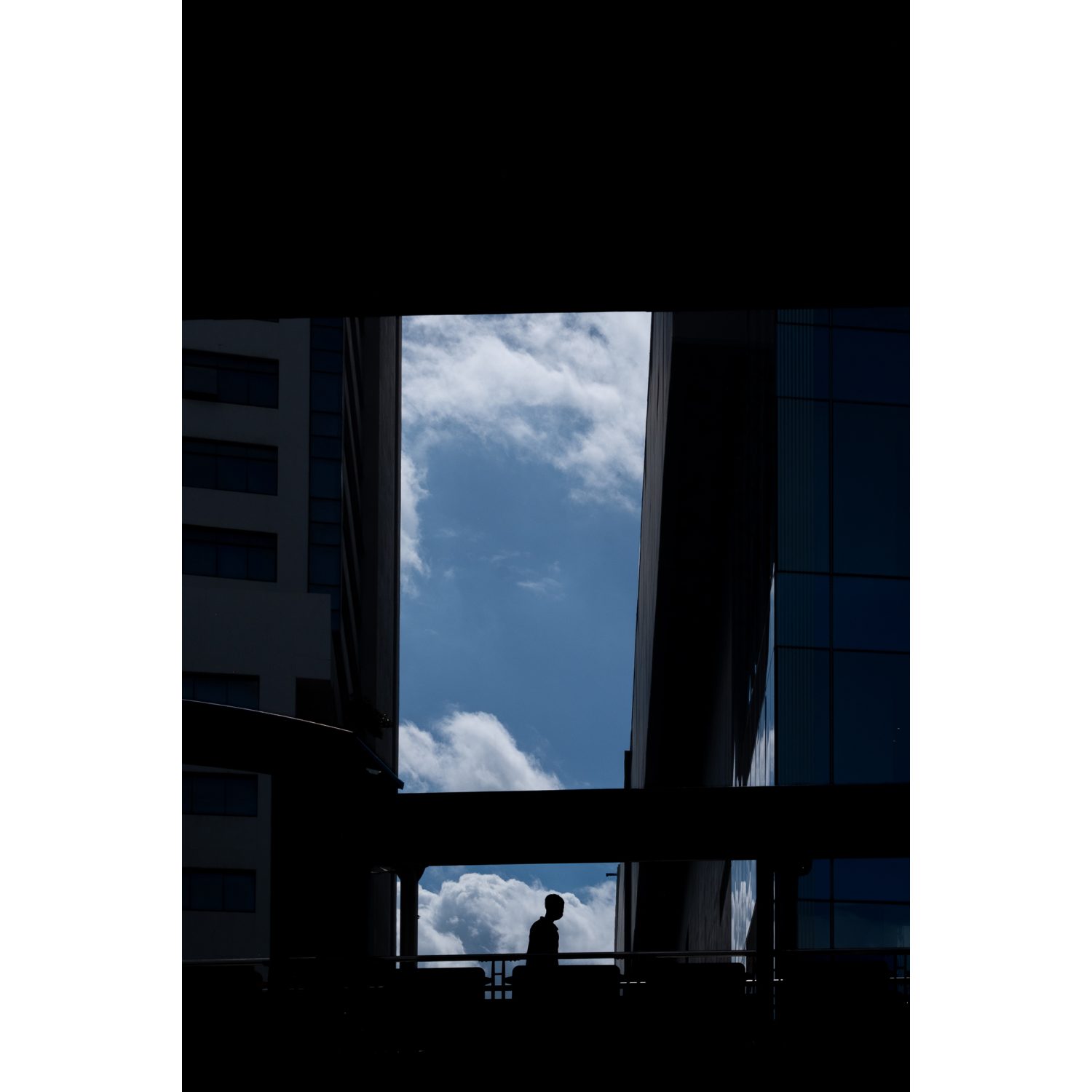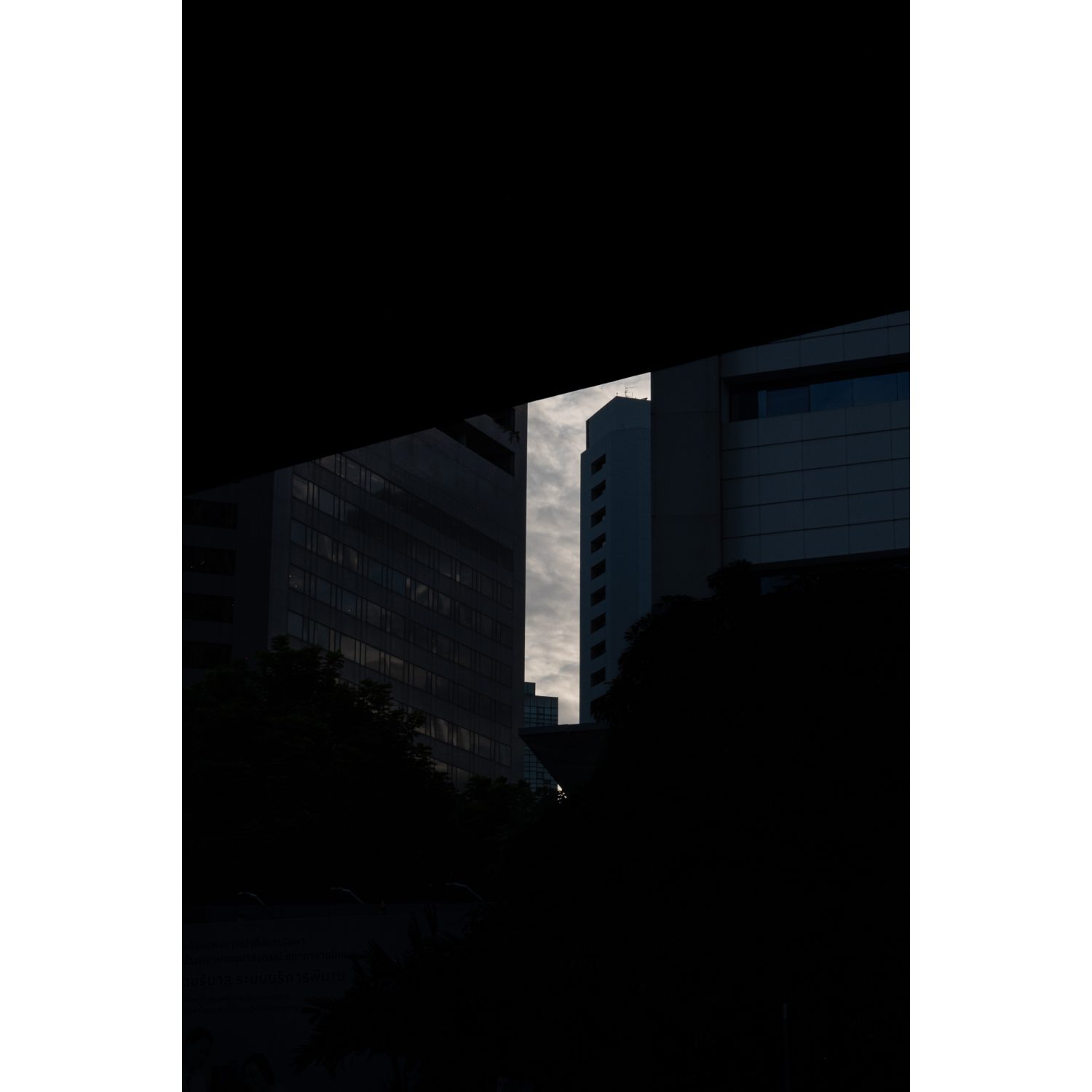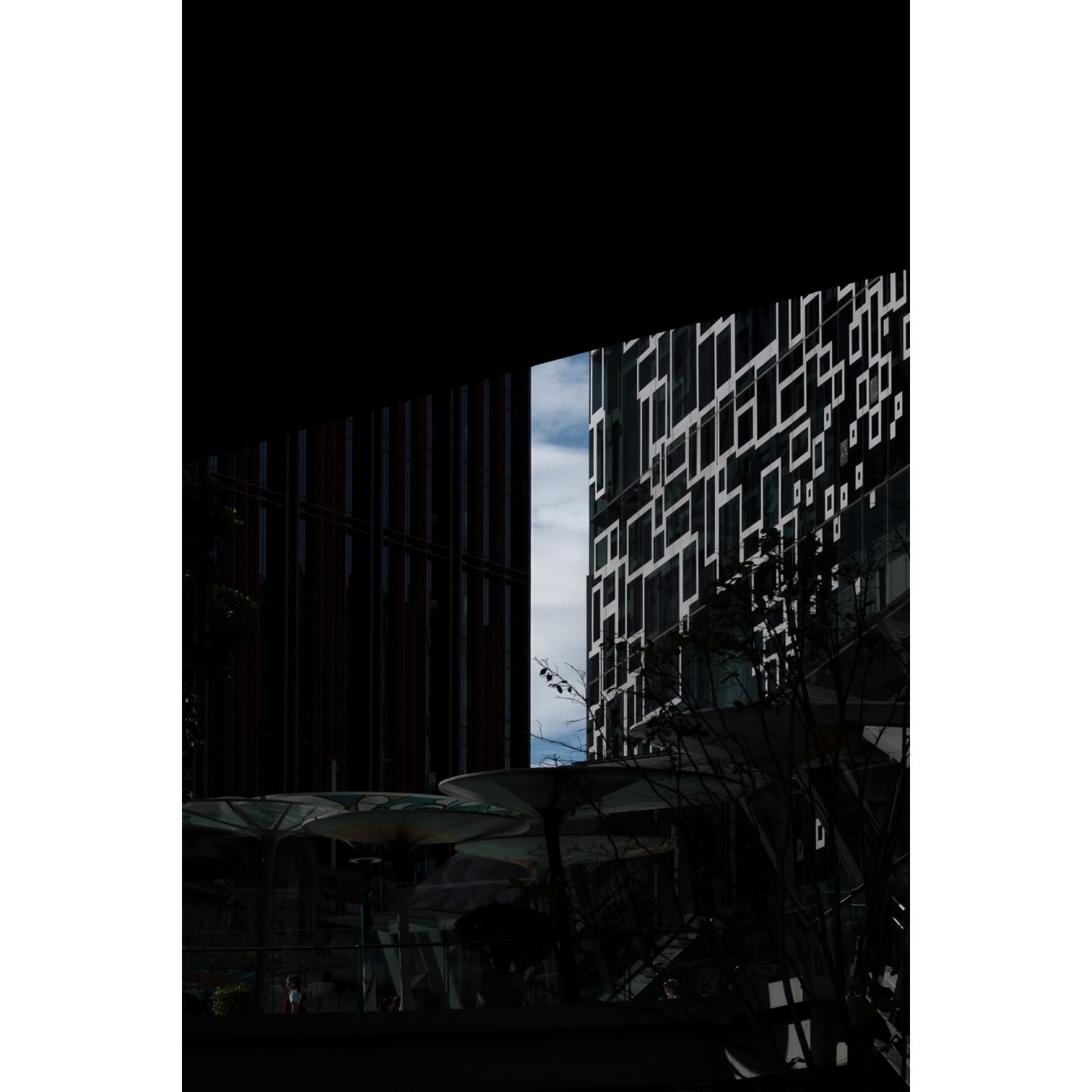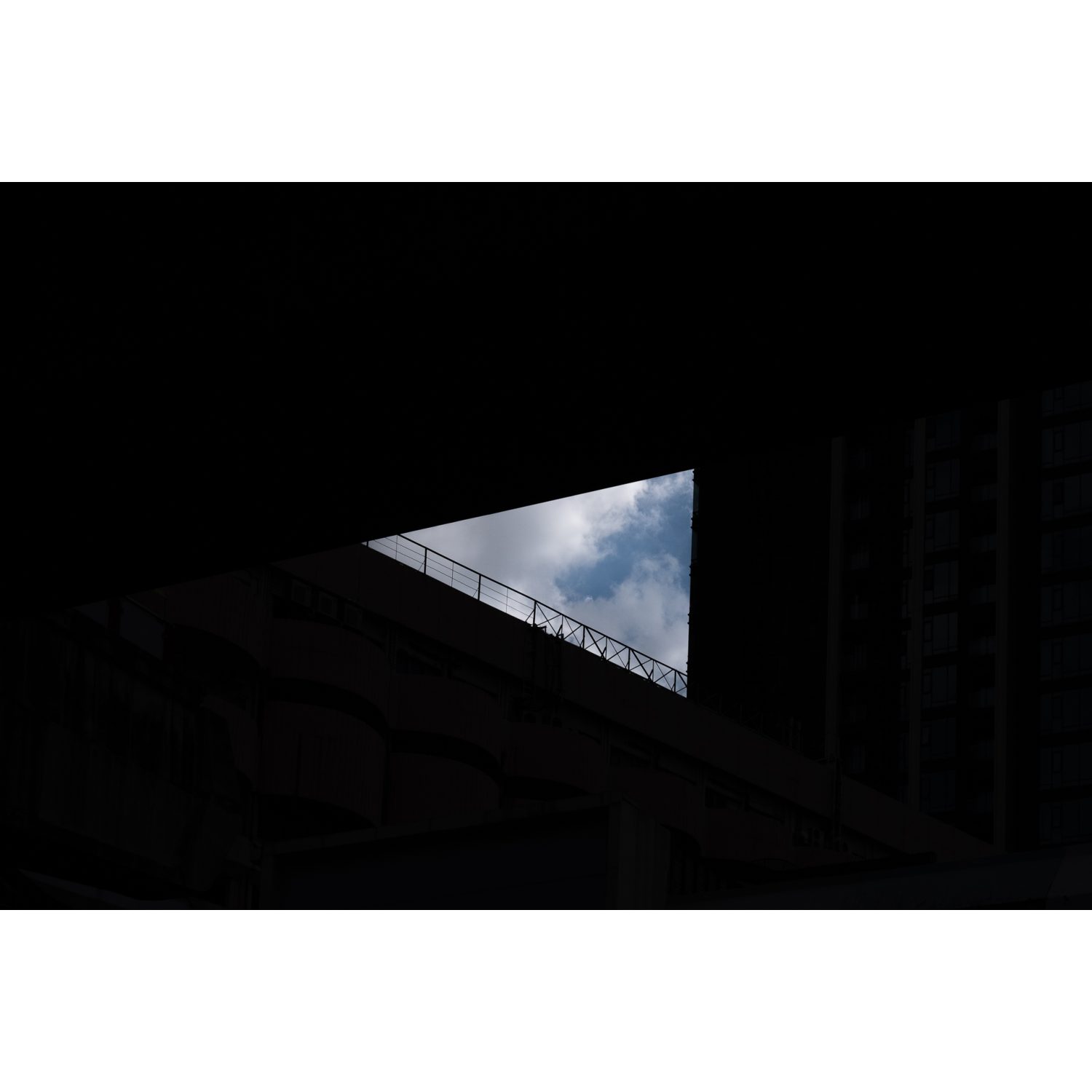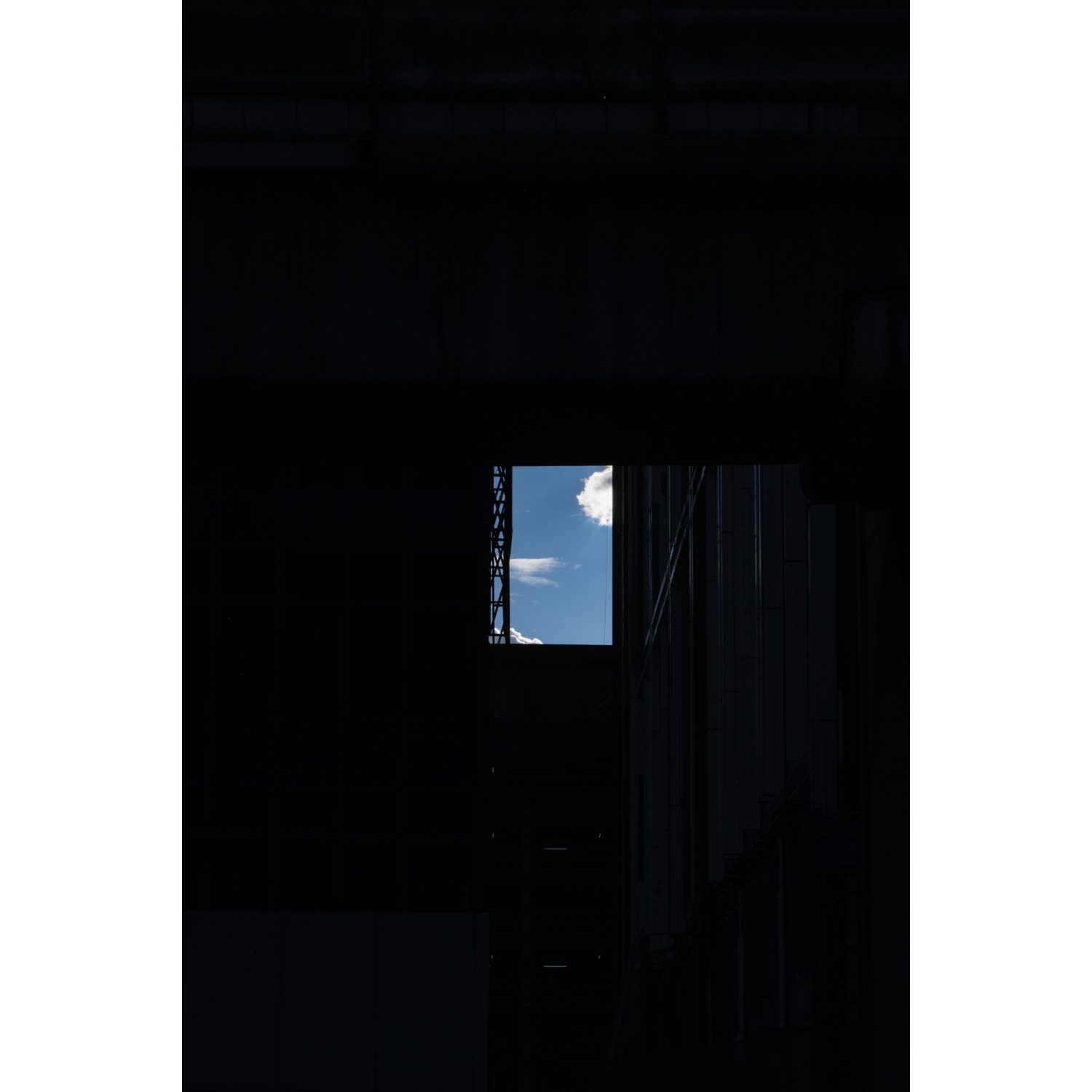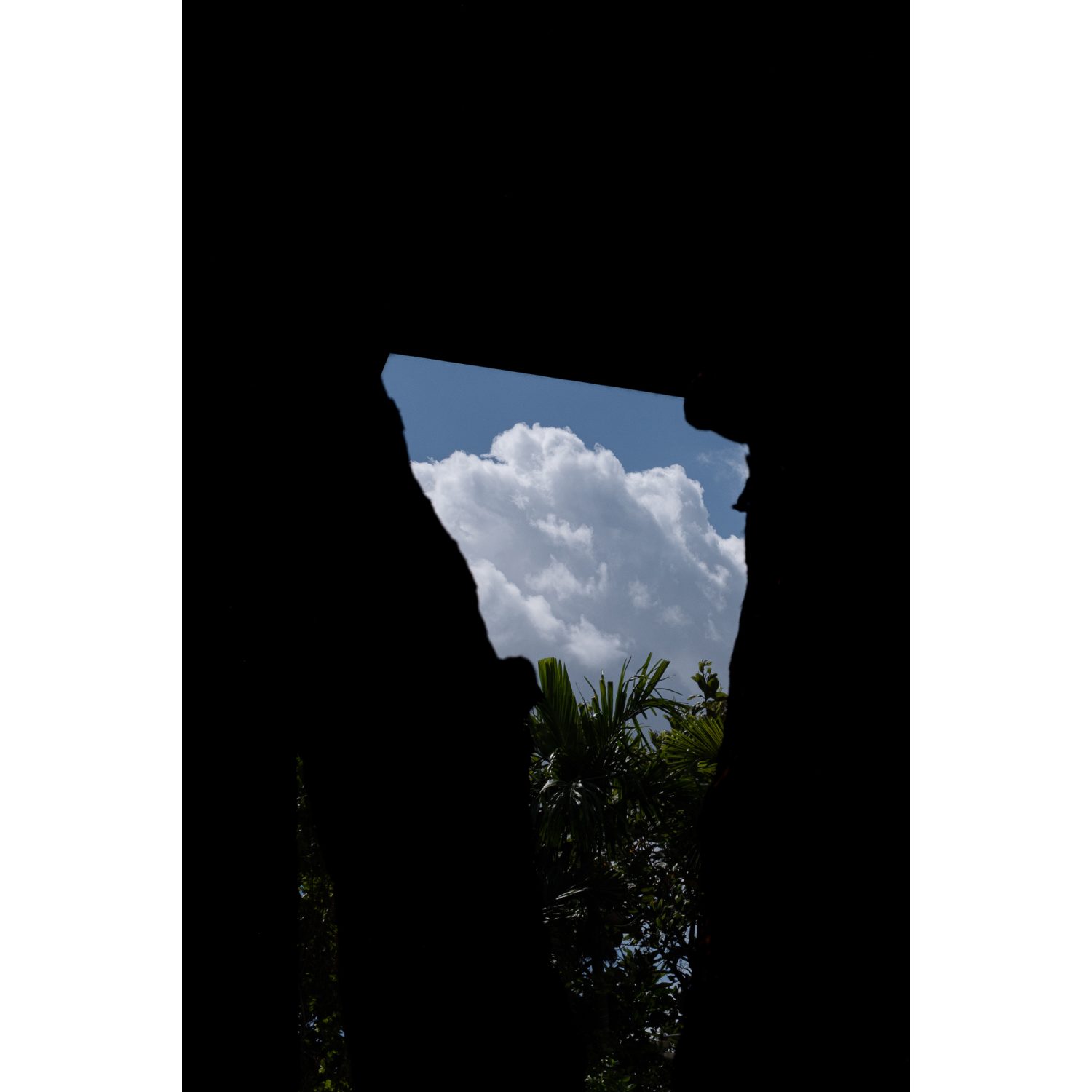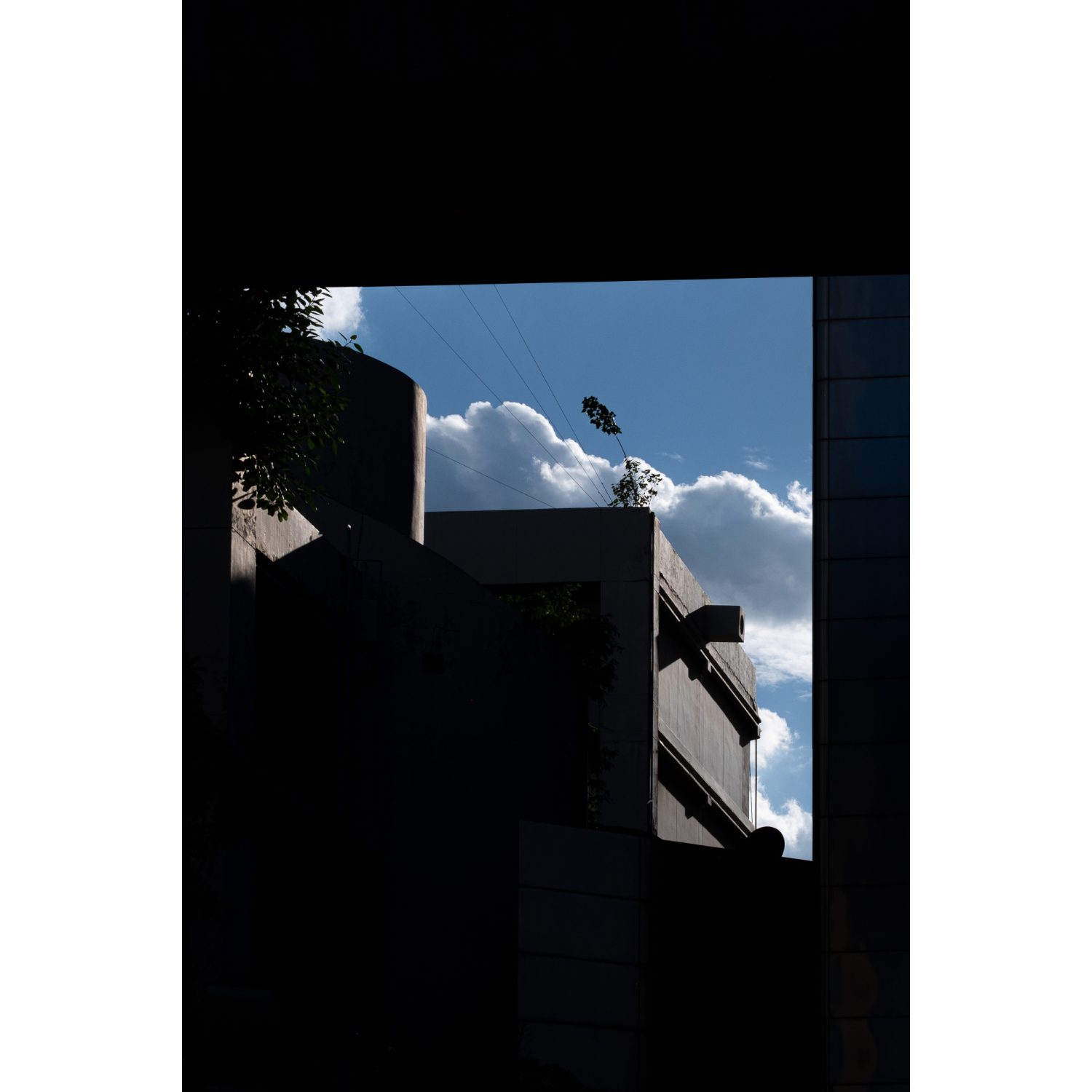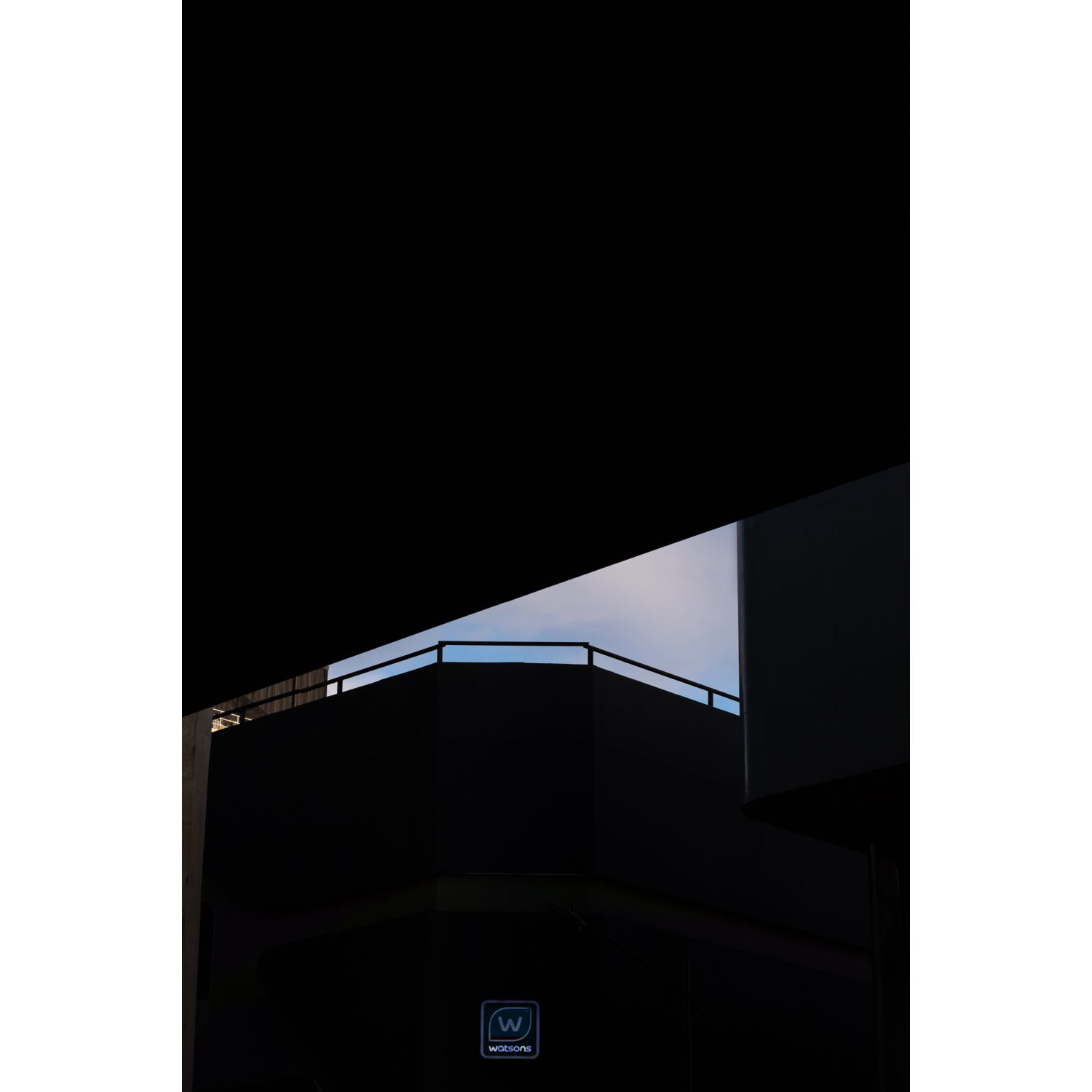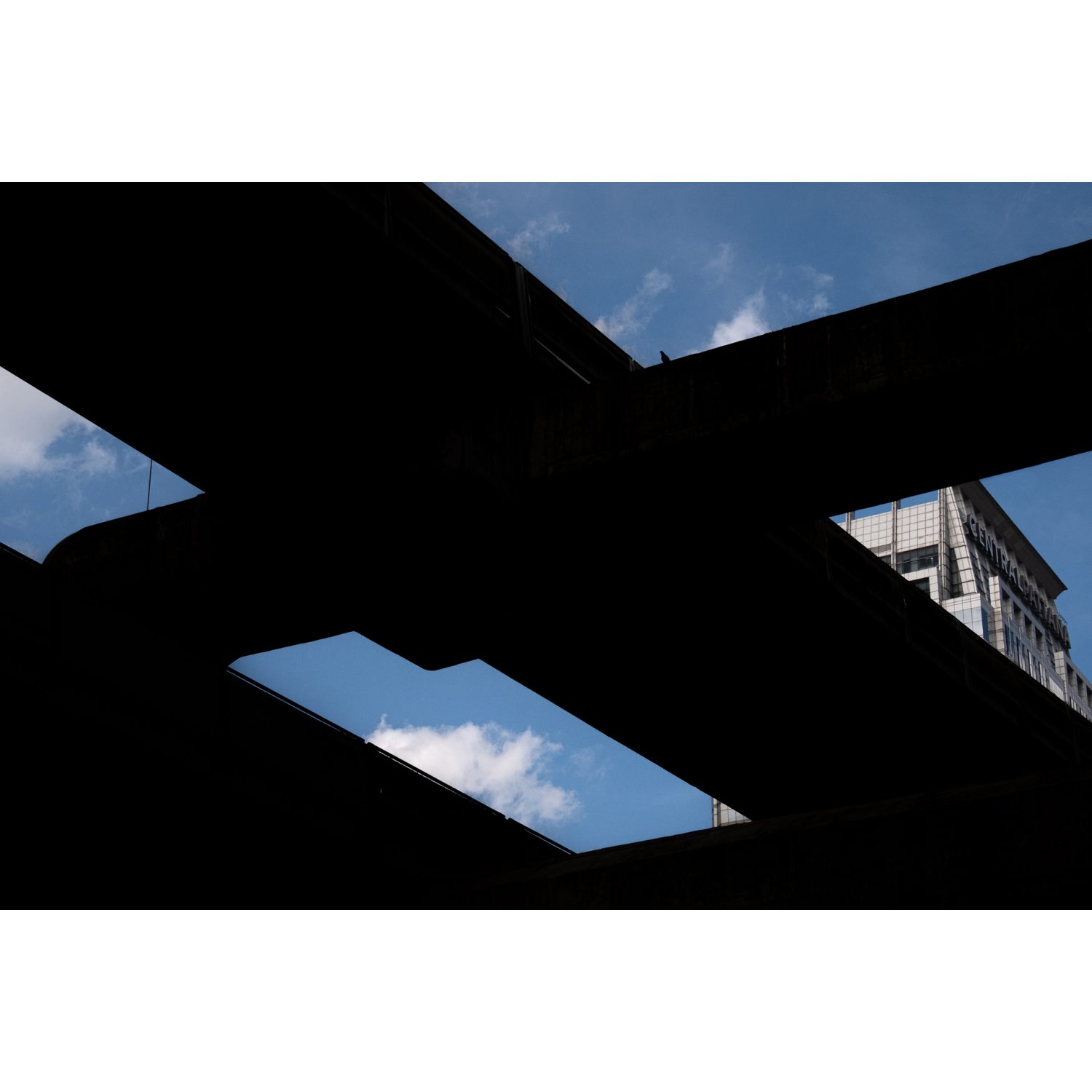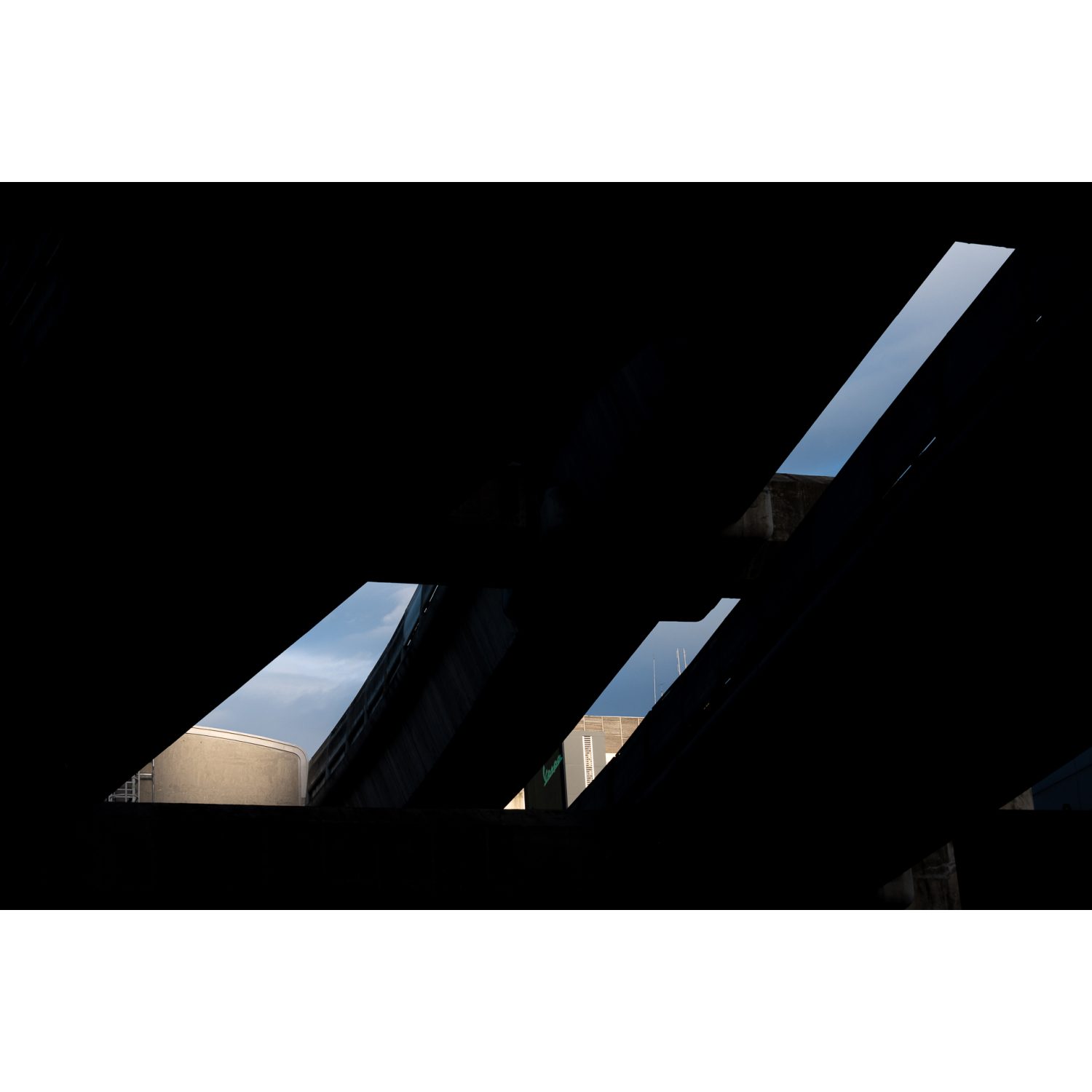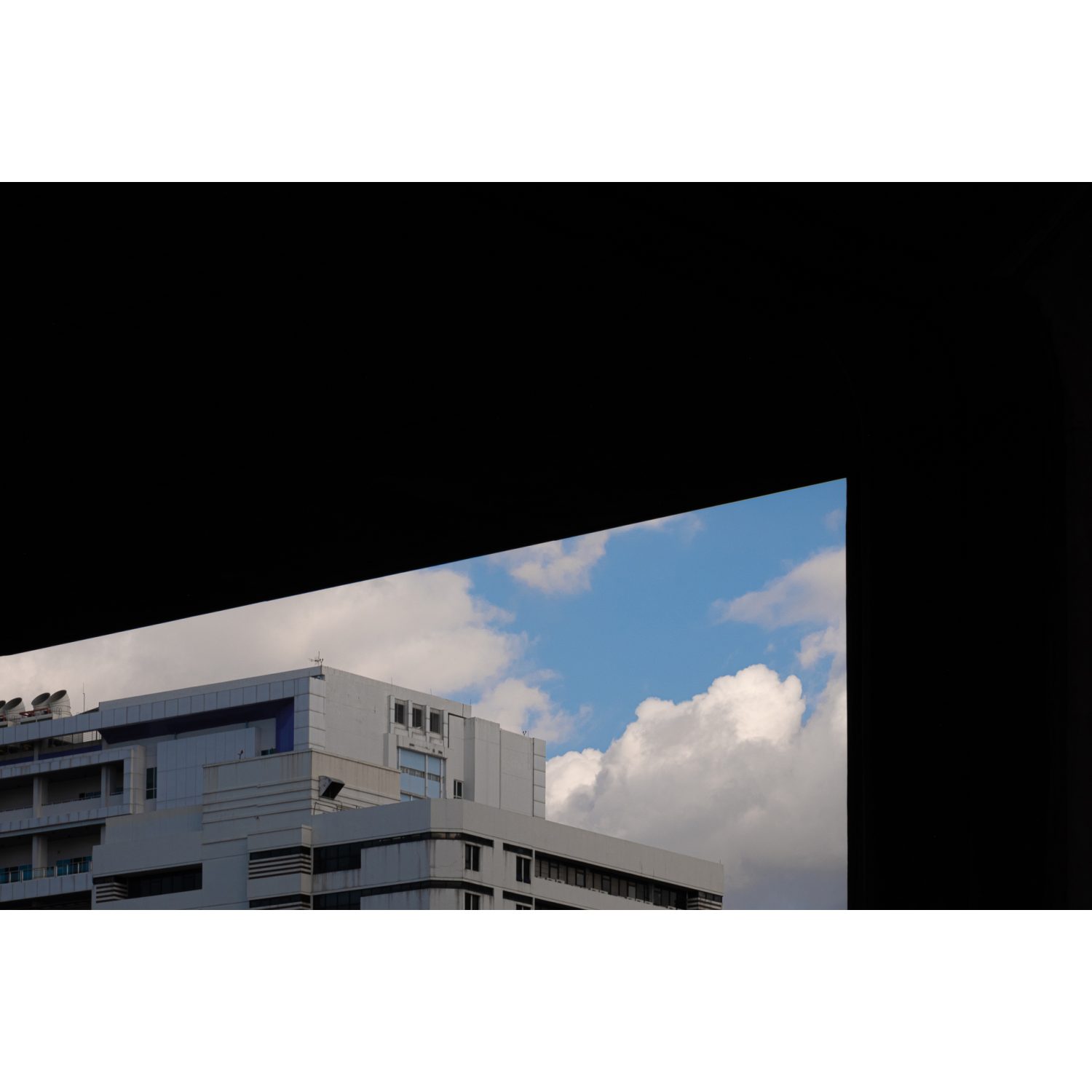Tag: photography
PHOTO ESSAY : GEOMETRIC FORMS IN URBAN ARCHITECTURE
TEXT & PHOTO: PUTTIPONG NIPATUTIT
(For Thai, press here)
Geometry and Urban Architecture Through the Lens of Film
Urban architecture is rich in geometric forms that reflect the structural and design philosophies of different eras. While the lines of buildings may appear simple, they are infused with layers of light, shadow, and color that evoke distinct emotions.
Shooting with a film camera enhances these elements, adding a natural tonal quality that lends depth and softness to the images while capturing the atmosphere of a place in a uniquely expressive way. The limitations of film—particularly the finite number of exposures—require me to be more deliberate in composing each frame, ensuring every shot is intentional and thoughtfully framed.
In architectural photography, the city can be distilled into basic forms like triangles, rectangles, and sweeping curves, once stripped of excess detail. Yet, through the lens of a film camera, these shapes transform into narratives of shifting light and shadow, revealing the timeless beauty of the urban landscape.
___________________
Puttipong Nipatutit (Amp) A passionate photographer and owner of a small digital print studio.
PHOTO ESSAY : HONG KONG SOLITAIRE
TEXT & PHOTO: PATRICK KASINGSING
(For Thai, press here)
Hong Kong captivates me like no other city. From my first visit in 2017 to my most recent stop last September, this 1,108km² pocket of contrasts keeps pulling me back. Every trip feels like uncovering another layer, where something familiar is always just a little different. It’s a place where glass-and-steel skyscrapers soar above streets that still hold the grit and character of another time, where the sharp edges of a modern “Asia’s World City” soften into traces of its past as the Fragrant Harbor.
Hong Kong hums with urgency: fast, loud, relentless. But every so often, it pauses, exhales, and shows you its quieter side, rare moments that I wanted to capture in this series. A solitary figure standing in the shadow of towers; a woman in green, lost in her own thoughts along the Avenue of Stars; a Yau Ma Tei street stirring awake as the day begins. These quiet moments, nearly missed amidst the city’s rush, are the ones I always seem to gravitate toward, the small, human glimpses that, to me, make up the real Hong Kong.
___________________
Patrick Kasingsing is an art director, photographer, writer, and Philippine architectural heritage advocate. He founded @brutalistpilipinas and @modernistpilipinas, platforms celebrating the country’s architectural legacy, and launched Kanto.PH, an online magazine covering design and culture in the Philippines and Southeast Asia. Previously creative director of architecture magazine BluPrint, he revitalized its identity and oversaw creative direction for multiple One Mega Group titles. As art director of adobo magazine, his contributions to its rebrand earned a Philippine Quill award. Patrick’s writing and photography has also appeared in publications from Birkhäuser Verlag, Braun, DOM Publishers, PURVEYR, and Vogue Philippines among others.
PHOTO ESSAY : THE CITY’S COLORS: BANGKOK
TEXT & PHOTO: JULACHART PLEANSANIT
(For Thai, press here)
Bangkok stands out as one of the most fun cities in the world, well-known for its rich cultural mix and vibrant environment. A key element that sets Bangkok apart is its explosion of color, which defines the city’s unique character both day and night.
Color in Bangkok is not just a detail; it plays a crucial role in shaping the city’s atmosphere and identity. The city’s bright colors are evident everywhere, such as advertising signs, street fabric, colorful vehicles, fashion, buildings, and its people. Red, yellow, and blue are among the most prominent, popping up everywhere throughout the city, along with many other exceptional colors.
In street photography, color becomes one of the first elements I look for. It can create a visually striking photo when combined with the right composition. Vibrant colors can also make for a more interesting storytelling narrative in the shot.
This set of photographs shows a striking color scheme while capturing the unique quality of Thainess. Each image reflects how Bangkok’s colors contribute to its lively street scenes and cultural identity, offering a glimpse into the city’s soul through its colorful environment.
___________________
Julachart Pleansanit, Bob, is an event designer based in Bangkok. About a year ago, he took up street photography as a serious hobby. Since then, he’s been capturing the streets of Bangkok through his own perspective. He believes that every street has its own uniqueness. It’s like a treasure hunt for him, in which he tries to find the hidden gems that are hiding in plain sight.
WUTHIPOL UJATHAMMARAT
HAVE A CONVERSATION WITH WUTHIPOL UJATHAMMARAT, A FREELANCE PRINT ARTIST AND COMMUNICATION DESIGNER WHO IS RECOGNIZED AS THE CREATOR OF VIVIDLY COLORFUL PHOTOGRAPHIC WORKS WHICH OFTEN PROMPTS VIEWERS TO REFLECT AND QUESTION THE FAMILIAR SCENES THAT UNFOLD BEFORE US
PHOTO ESSAY : THE FABRIC OF SOCIETY
TEXT & PHOTO: BARRY MACDONALD
(For Thai, press here)
‘The Fabric of Society’ is a metaphor that refers to the underlying structure, relationships and interconnectedness that hold a society together. Just as fabric is made up of individual threads, woven together to create a cohesive whole, the Fabric of Society is composed of various elements such as shared values, norms, laws, institutions, and cultural practices. These bind individuals and groups together, and make us all a part of the common thread of society as a whole.
Phaa Bai (blue & white plastic tarp) is the flag of the working class, but everyone’s life depends on it. Every meal we eat, the food is grown, fished, transported, sold, cooked or eaten with Phaa Bai being involved somehow in the process. All construction, plumbing and electrical work will rely on this versatile material, every building has needed it at some point. All of the things that we buy might have used Phaa Bai for the transportation, storage or even making entire market stalls. Floor, table, walls, roof and all. From simple objects on the street to the most precious Buddhist Statues in a temple, Phaa Bai is trusted to protect them all.
This project is about Phaa Bai, but is also about society as well. Through focusing on Phaa Bai you can see globalisation and homogeny of design, with everyone using the same products from the same suppliers. Environmental issues of plastic production, reuse and upcycling, as well as the Thai flair for improvising materials into new forms and functions. It is also linked to issues with migrant workers and the trades they take up in Thailand, and how they sometimes live in housing constructed with Phaa Bai.
Without it the country would not be able to function, It is literally the embodiment of the social fabric.
___________________
Barry Macdonald (born in 1984) is a freelance photographer from London, England. He started off shooting musicians and found out about the enjoyment of travelling from going on tour with bands around Europe and the USA. His work has evolved into a hybrid of street and documentary. He is interested in sociology and tries to look at culture and human nature through his photography. He has lived in Bangkok since 2022.
PHOTO ESSAY : CLUSTERED OF PATTERNS
TEXT & PHOTO: JUTI KLIPBUA
(For Thai, press here)
In Thai architecture and that of neighboring countries, the addition of intricate details might seem like mere decoration intended to display opulent beauty. However, personally, I find these details not only serve to beautify but also play a functional role in reducing the bulkiness of buildings and softening the stark interactions between various architectural elements. I began to capture these architectural nuances whenever opportunities arose. During my architectural studies, modern architecture of that era utterly captivated us students. But the traditional Thai architecture I grew up seeing in temples did not catch my interest as much. Over time, through work experience and travel, my appreciation for the craftsmanship and aesthetics involved has grown significantly. Undeniably, my camera is now filled with images of architectural details from Thailand and neighboring countries, from close-ups of window ledges to colored glass installations.
I enjoy capturing these details in a single frame, typically not showing the larger view of the building. Often, these details themselves become the architectural forms. For instance, the edges of temple rows merge together, offering a view that resembles fabric patterns or graphic designs typical of specific eras. These observations have influenced my own design work at JUTI architects, from directly using patterns and scales to subtly incorporating specific edges or lines in architecture, interior design, and furniture design. The details that were once considered merely decorative now hold value for their proportional rhythm and contemporary artistic merit.
___________________
Juti Klipbua, founder and design director of JUTI architects, extends his interests beyond his professional architecture career to include product design, automotive design, and photography. His primary hobby currently involves experimenting with abstract photography, capturing familiar everyday scenes such as construction sites, city traffic, and natural surroundings at construction sites in rural areas.
PHOTO ESSAY : THE ARCHITECTURE STUDIO ATLAS
TEXT & PHOTO: MARC GOODWIN / ARCHMOSPHERES
(For Thai, press here)
The Architecture Studio Atlas opens access, going behind closed doors to reveal the process and working practice of the studio today. Tracing a path that connects the dots between 20 European cities, plus Tokyo, Seoul, Taipei, Beijing, Shanghai, Los Angeles, Panama City, Mexico City, and Sao Paulo, these pictures focus on key practices of the studios ranging from niche startups to starchitects of today depicted in eye-catching and present enlightening, intriguing images of people and places at work. These range from the serious and sober to the more ludic. The Architecture Studio Atlas is a permanent open house making studios that are kept tightly under wraps available to the general public. It makes architecture more open, accessible, and equitable.
___________________
Marc Goodwin is an architectural photographer, writer, teacher, and founder of Archmospheres. He was born in London and currently divides his time between Europe, the Americas, the Middle East, and Asia. His doctoral thesis – architecture’s discursive space, photography – investigates the components of conventional architectural photography and opposes them to a system of atmospheres. Since completion of his doctorate he has been traveling the globe non-stop working for clients and producing the architecture studios atlas.
PHOTO ESSAY : THE REFLECTIONS OF OUR IMAGINED REALITIES
TEXT & PHOTO: NATTAKORN CHOONHAVAN
(For Thai, press here)
Before I set out on foot and began my photographic journey to various locales, I established a thematic foundation centered on the concepts of ‘reflection’ and ‘duality.’ Each time I encountered scenes that embodied these concepts, I captured them, preserving these moments for further introspection. For instance, reflections in water that distort and invert reality reminded me of the theory of parallel worlds. Similarly, images of lotus leaves overlapping with concrete structures brought to mind how humans, like the mythological Lotus Eaters, are ensnared in the capitalist cycle. Photographs of butterflies fluttering within cages led me to ponder the notion of human freedom—trapped in the cyclical nature of existence yet possessing a spirit that soars and dreams of liberty. This thematic foundation provoked deeper reflections on the philosophies of existence as seen through the mundane moments of my daily life.
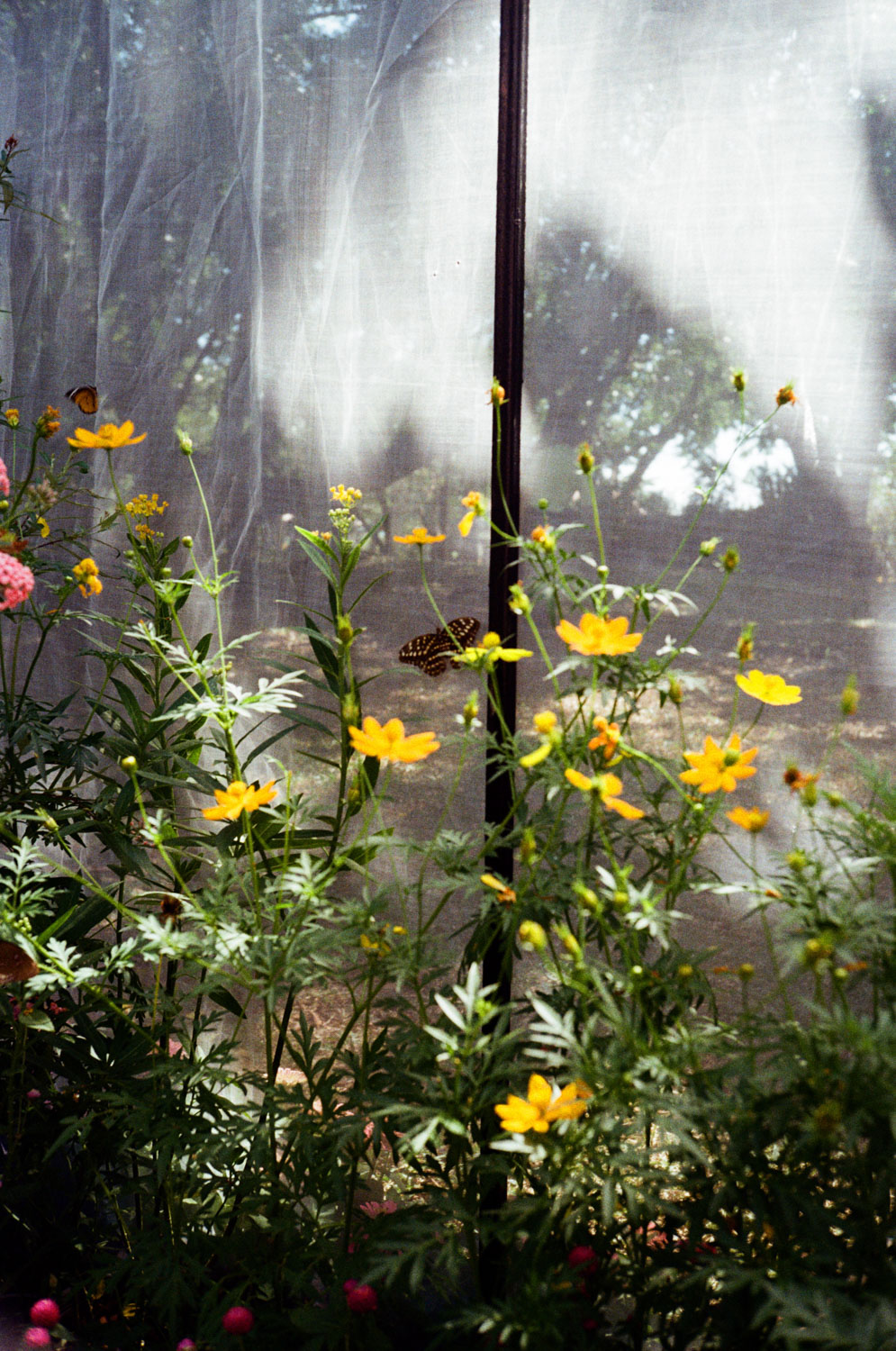
Freedom in The Cage
The butterfly may be physically confined to a cage, yet its mind freely wanders to distant places, mirroring the human quest for freedom and the deeper meanings of life. Even while constrained by societal constructs, rules, and the sheer dimensions of our existence, along with the cycles of samsara, we remain driven to define our purpose and uncover the essence of our lives.

The Reversed World and The Lotus Eater
This concept speaks to living within an endless cycle of rebirth and an ever-expanding parallel world. In any realm, we might become Lotus Eaters—those from Greek mythology who, in their quest for happiness, consumed lotus flowers and forgot all else in life. We endlessly pursue desires and materialism, a ceaseless chase that only halts when we grasp the true essence and profound meaning of existence.
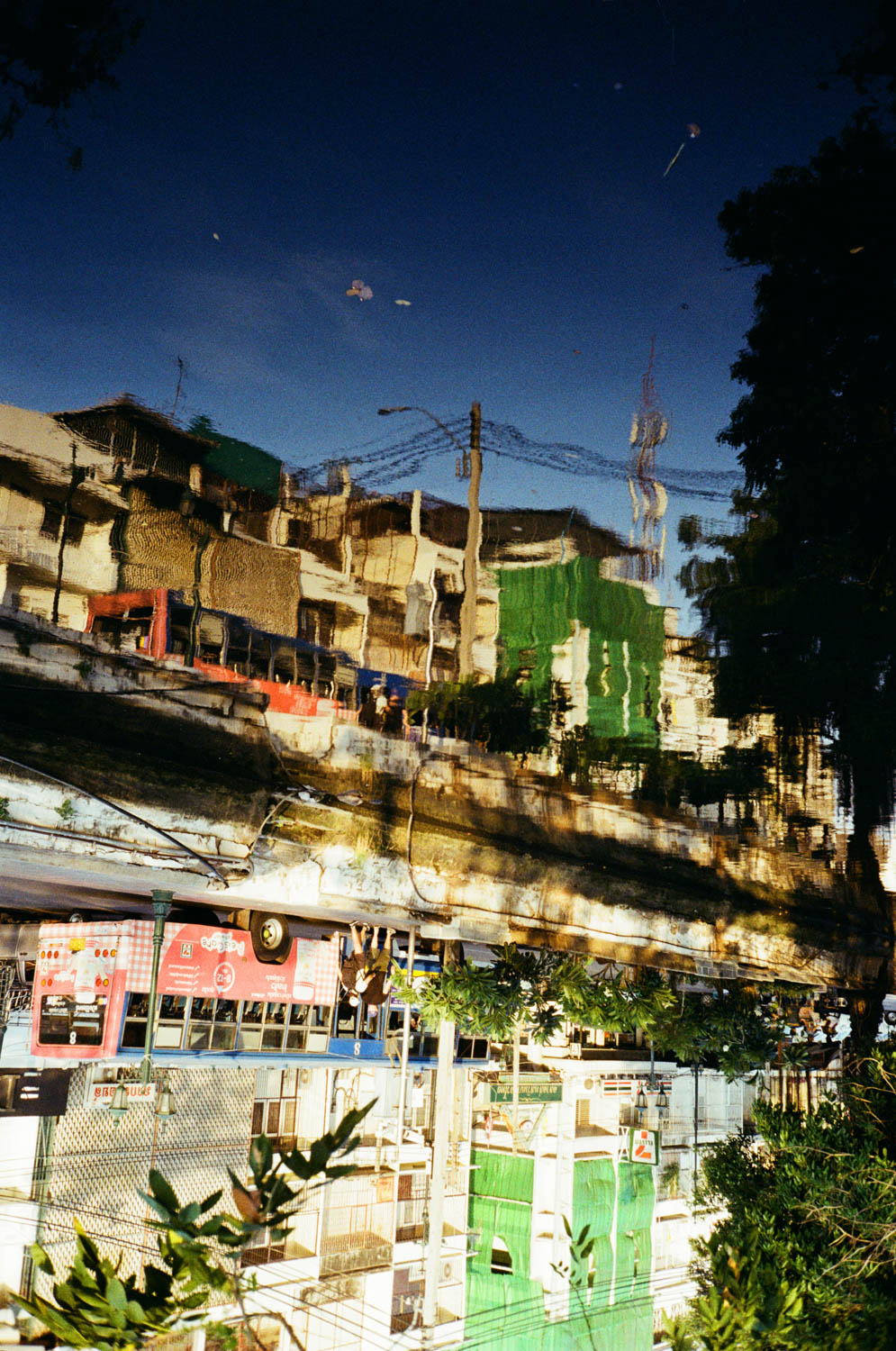
The Other Me (s)
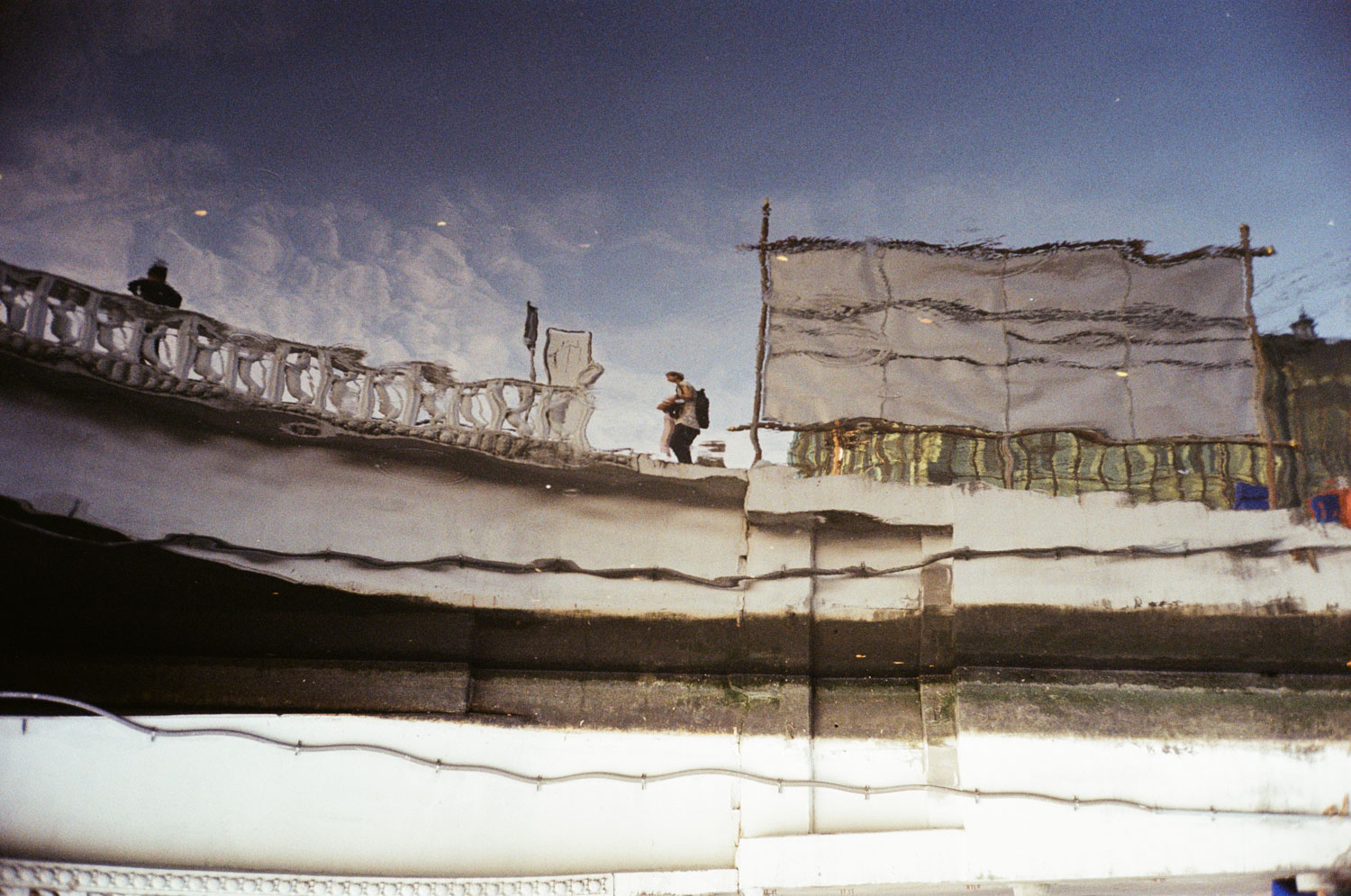
The Dividing between the Two Worlds
The Other Me (s) and The Dividing between the Two Worlds
Every reflection I see in water or mirror always has my mind wondering about the myriad dimensions that ripple through this universe. I believe these mirrored selves are echoes of us in multiple realms. Yet, no matter the world we inhabit, we still strive tirelessly towards our deepest desires, ascend towards our dreams, relentlessly developing in pursuit of perpetual growth.
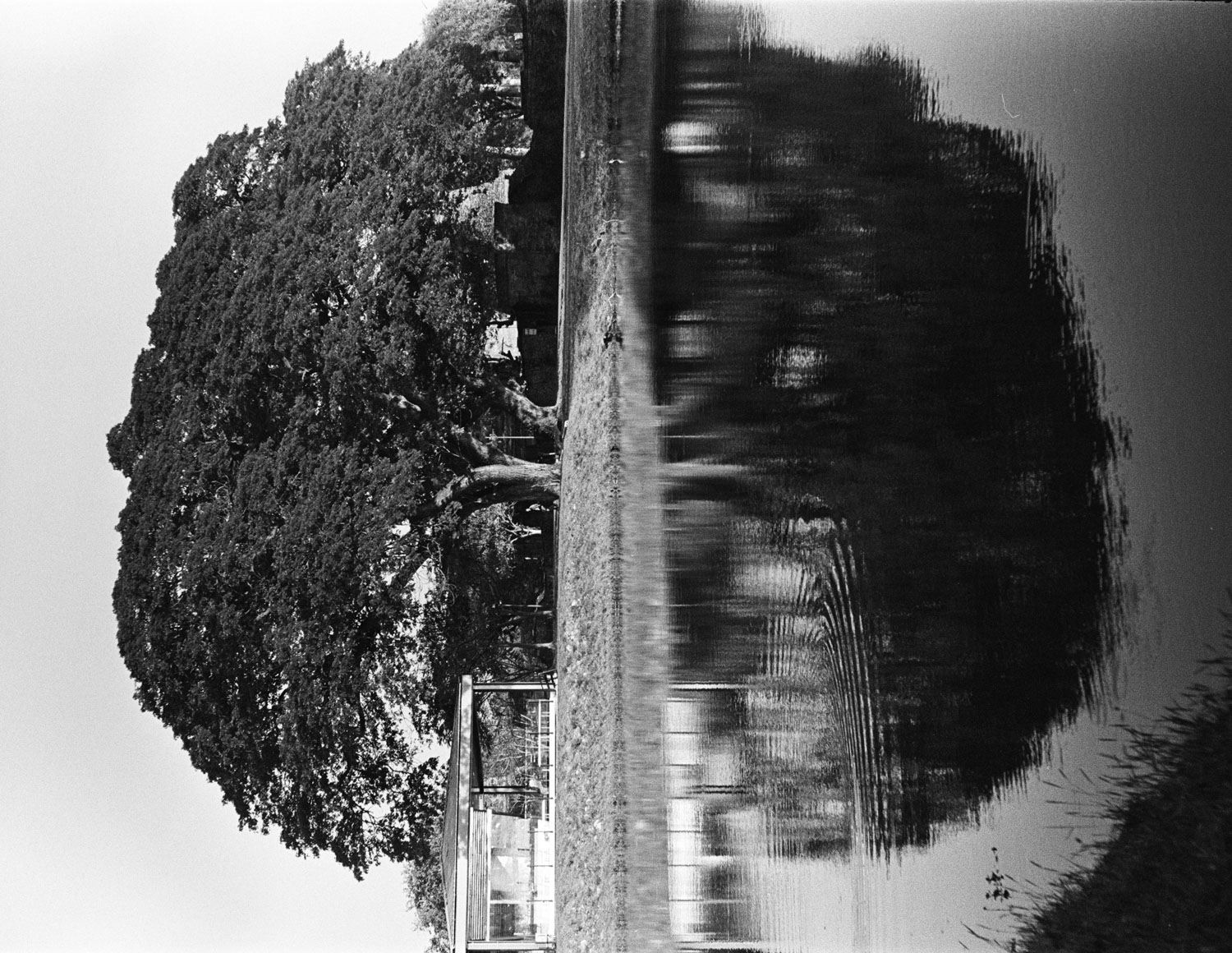
The Encounter
This image unfolds into various imaginable interpretations. To some, it reveals the intricacies of a brain; to others, the vital breath of lungs. Yet through my eyes, it portrays two masked figures in silent confrontation. It bears a dual significance: masks grant us the liberty to assume any guise and skins that are not our own. Simultaneously, these masks form a veil, a sacred space where we can retreat into our truest selves, resonating with our innermost truths.
_____________
Natthakorn Choonhavan is the founder and designer of the jewelry brand Middle M Jewelry. He enjoys capturing images with a film camera during his walks, as this allows him to observe more closely the stories of the people around him. Natthakorn frequently employs light, shadows, and reflections to add depth to his photographs, transforming ordinary scenes into extraordinary snapshots. In documenting everyday life through film photography, he consistently infuses his techniques with emotion and interpretive meanings, carefully selecting angles, distances, and timings for his shots.
PHOTO ESSAY : A SHAPE FOR BREATHING
TEXT & PHOTO: CHATCHAWIN THANASANSUB
(For Thai, press here)
According to the extension lines of the Bangkok Skytrain project, I could not imagine that Bangkok’s environment was not bad enough. Among the complex city, the clear blue sky is covered by solid concrete structures, not even high-rise buildings or low houses, but also the skytrain station, which blocks the city scenery. Some lines are inserted in a small area and nearly touch the surrounding buildings, or some lines are over the main road, which cannot grow the trees in the middle and along the streets.
The skytrain is the main public transportation in Bangkok, providing comfortable travel faster than a public bus and avoiding traffic jams. On the other hand, the dry and dense concrete floor floating over the sky makes the compressed and heavy feeling similar to an ‘unbreathable city.’ This photo set tries to express the uncomfortable feeling through an available void from the blocking of skytrain structures. The shapes occur in the context of their site. The different appearances depend on the intensity of obstructions and the variety of urban areas. Some shapes are very small and look like tiny windows because the skytrain station is quite close to the buildings.
I used to live in Singapore and got to know how well-managed and sustainable the city is. The MRT is the backbone of public transportation for daily use. Mostly, it runs underground, not over the roads or in any city areas. There are a lot of huge trees giving natural shading along the streets, and a clear sky contrasts with the high-rise buildings without obstruction. Actually, we cannot compare Bangkok with Singapore (I know about it) because of many limited factors. But at least this photo essay reflects the uncomfortable feeling of one who loves to walk in the city.
_____________
Chatchawin Thanasansub graduated with a bachelor’s degree from the Faculty of Architecture, King Mongkut’s University of Technology, Thonburi. He returns to study for a master’s degree at the Faculty of Architecture, Silpakorn University. Chatchawin worked as a 3D visualizer and architectural photographer, but later became an interior architect who took photography as a hobby. His interest lies in the urban context, capturing the diversity of people, public spaces, and architecture through the photos he takes during his travels.

